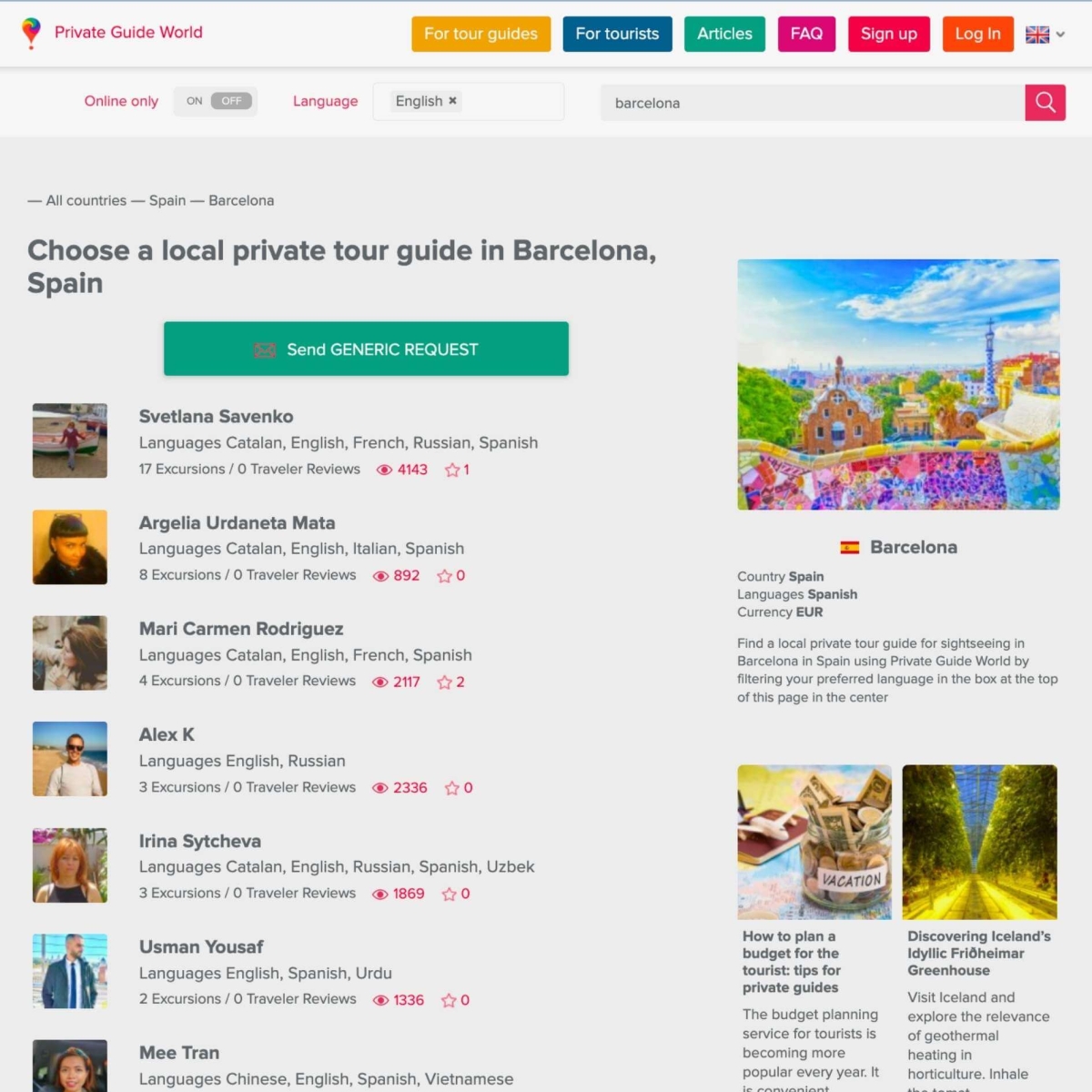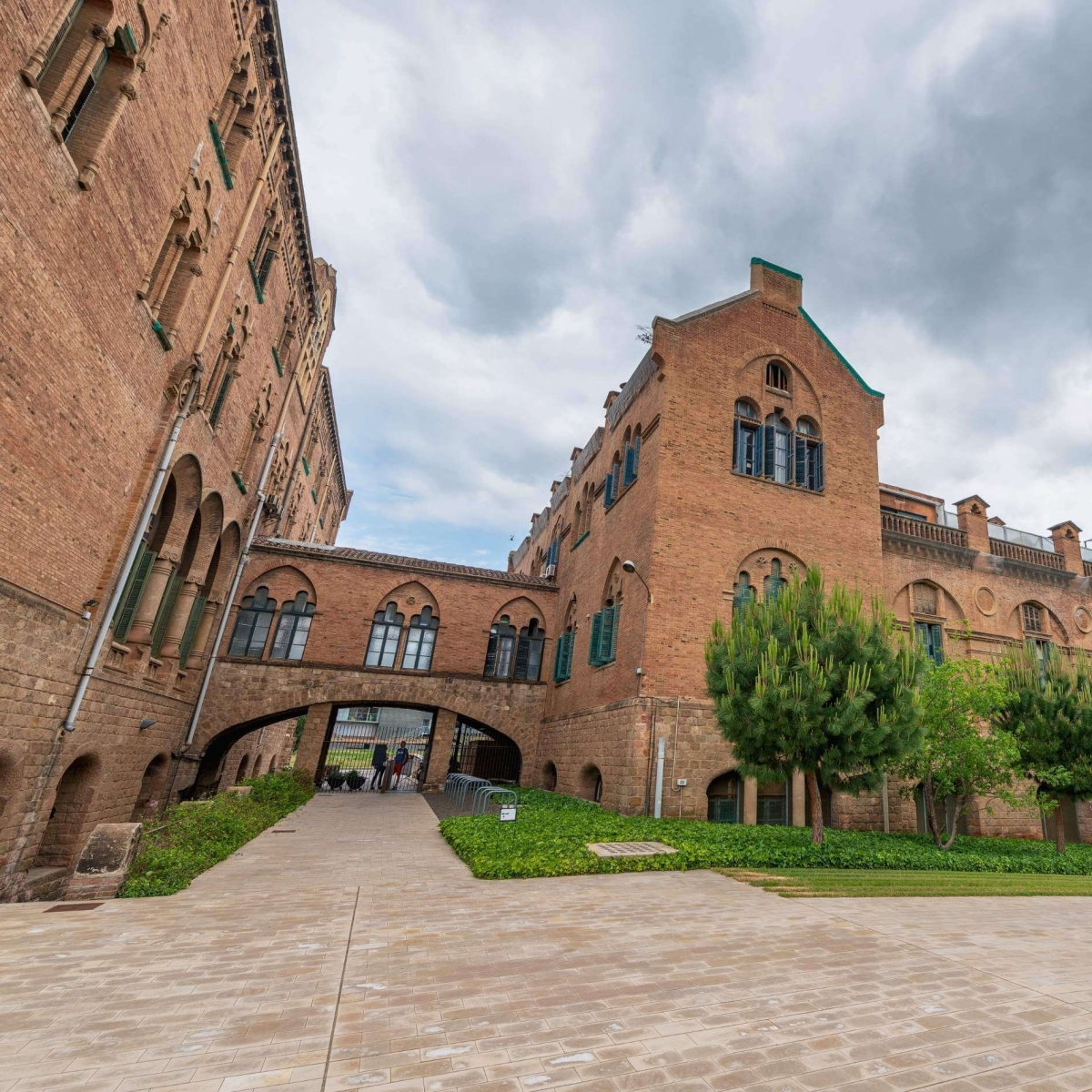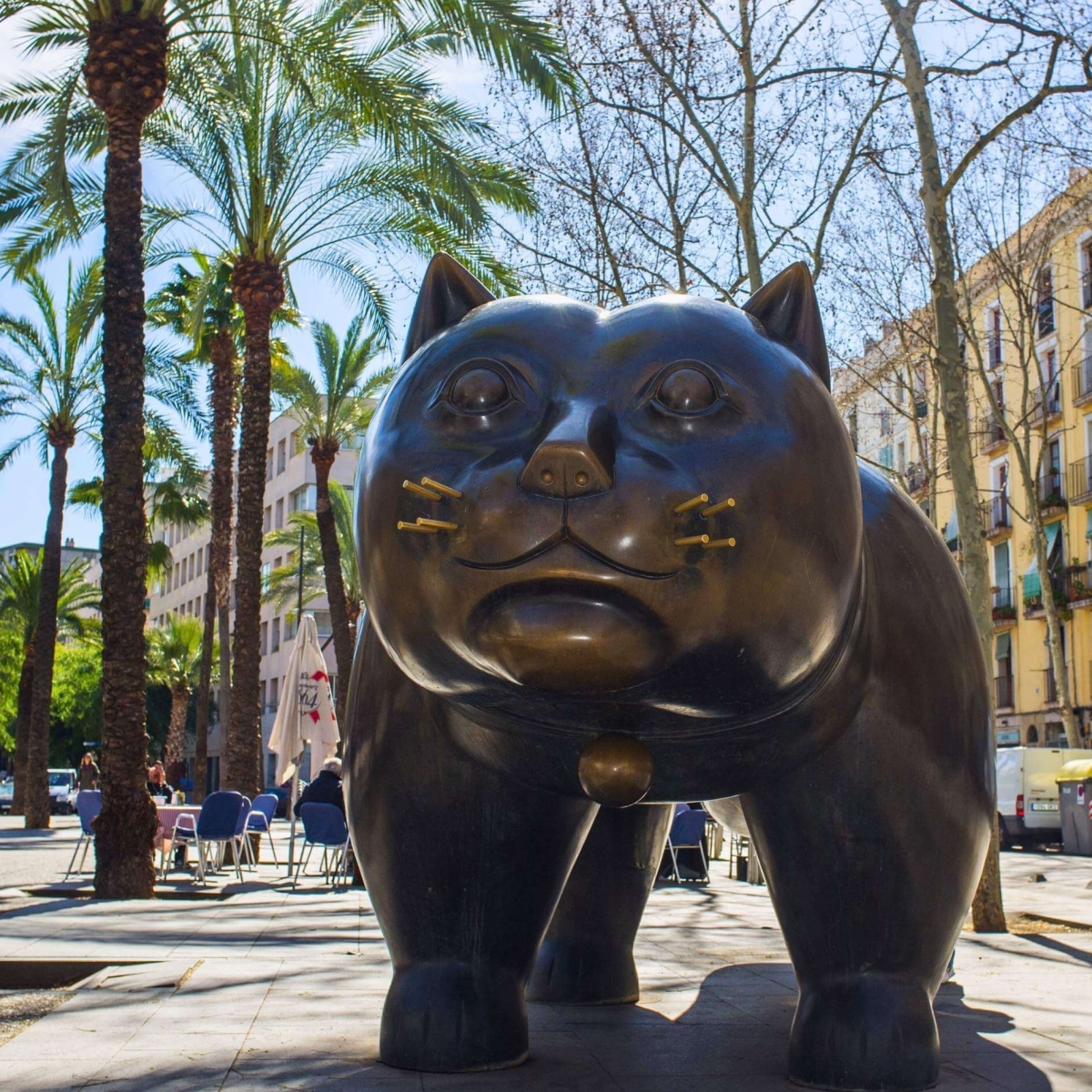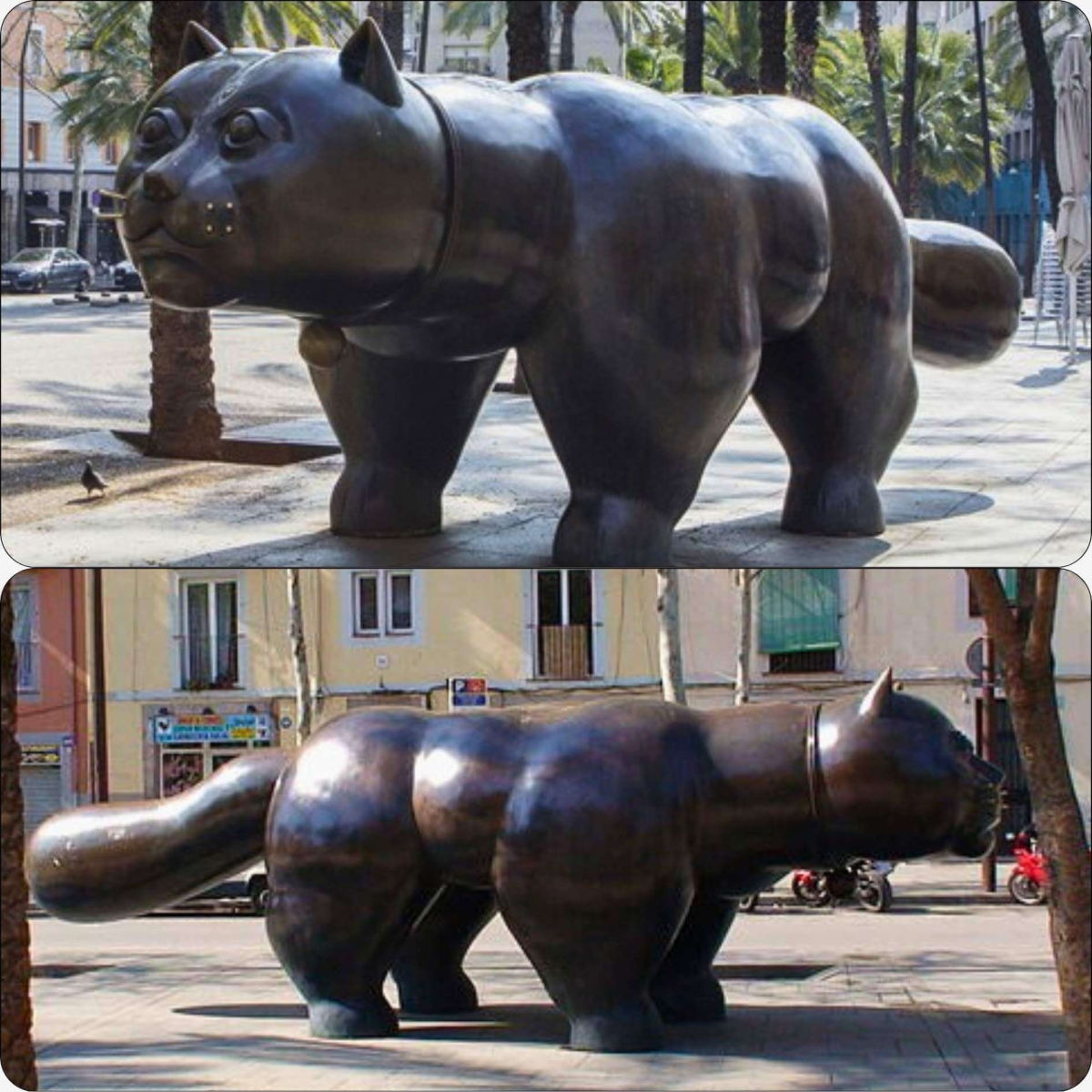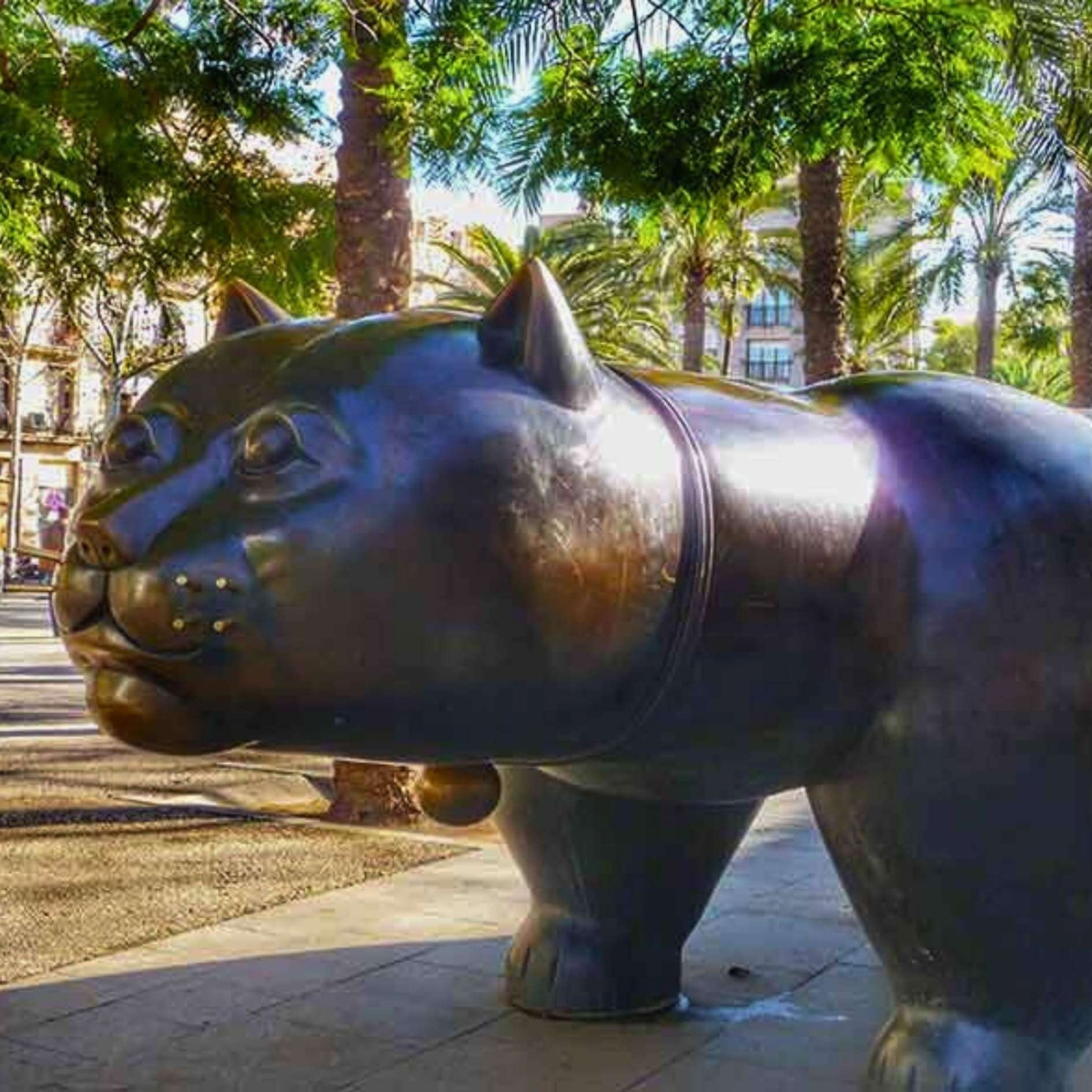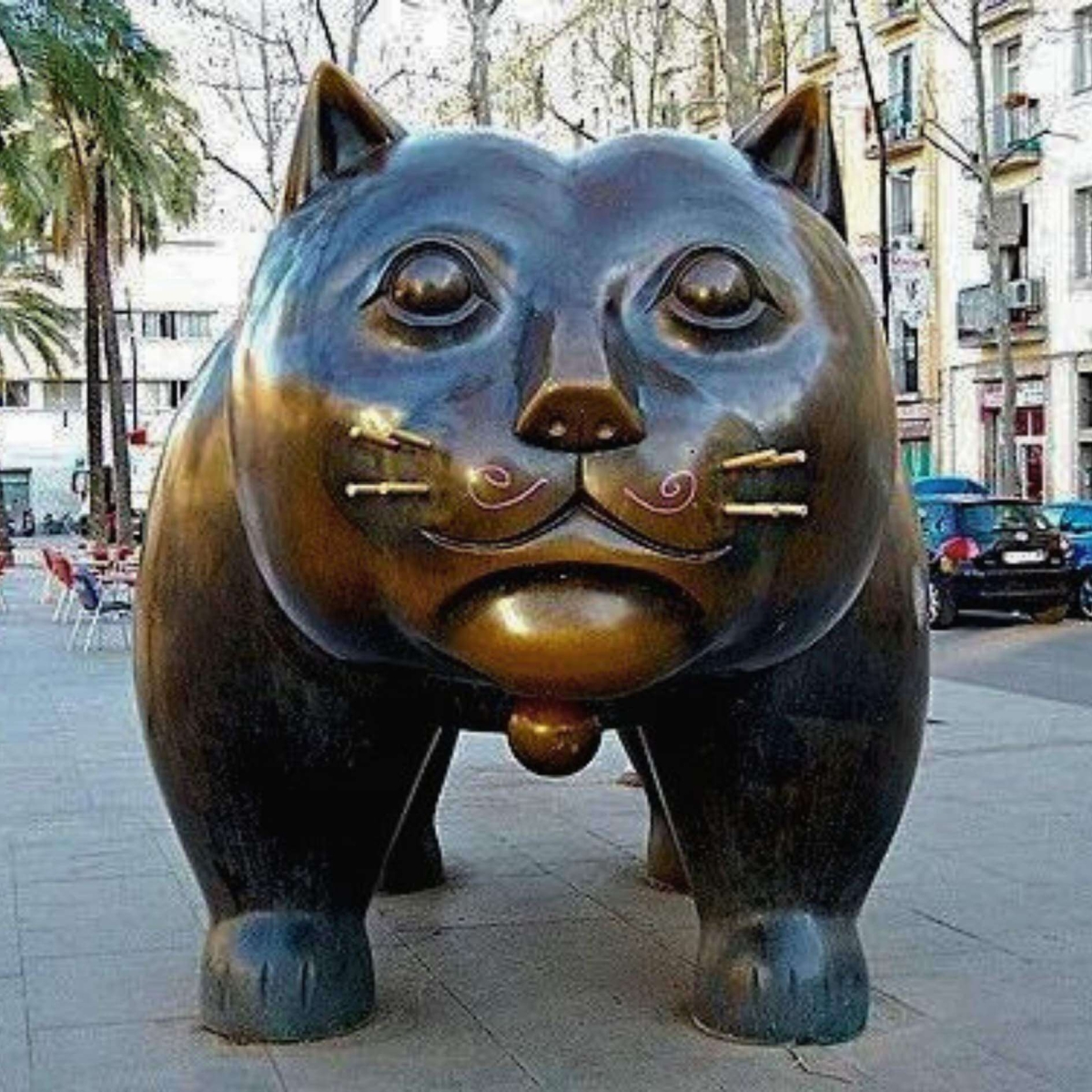Beach + City = Barcelona
Barcelona is a city that effortlessly combines the best of both worlds: beautiful beaches for relaxation and a vibrant cityscape for exploration. Whether you’re soaking up the sun at Barceloneta Beach, marveling at Gaudí’s masterpieces, or uncovering the hidden gems of the city with a local tour guide in Barcelona, the city promises a memorable experience for every traveler. Plan your next adventure with PRIVATE GUIDE WORLD and discover the magic of Barcelona for yourself.
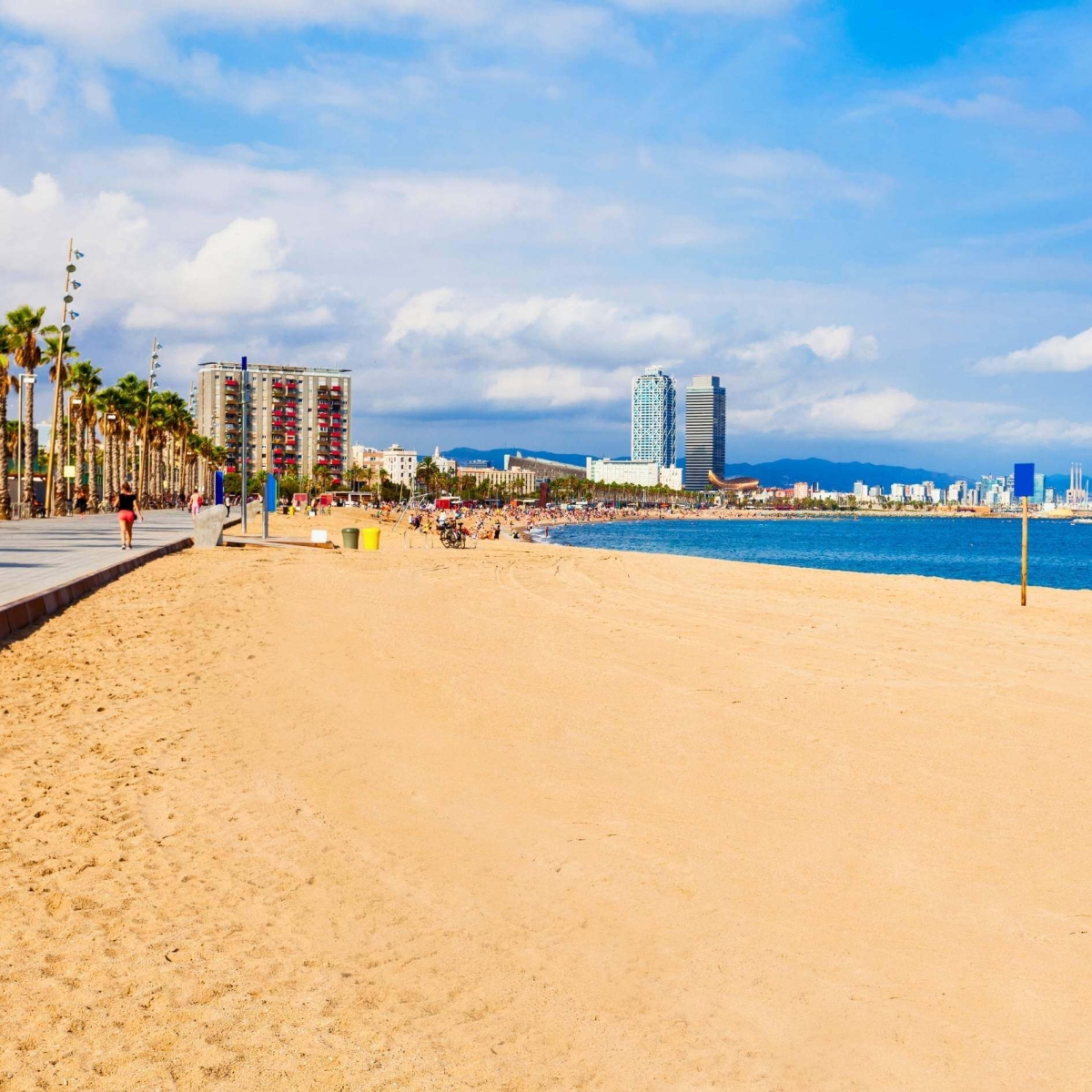
Playa Barceloneta City Beach, Barcelona
Historical Overview of Barcelona's Beach Coast
Barcelona, the vibrant capital of Catalonia, is renowned for its stunning beaches that attract millions of tourists each year. However, it might surprise many to learn that these beautiful sandy stretches have only been a part of the city's landscape for the last few decades. Prior to the transformation sparked by the 1992 Summer Olympics, Barcelona's coastline was dominated by industrial ports and dilapidated areas. Let's delve into the history of Barcelona's beach coast, highlighting the dramatic changes over the past twenty years.

LNG Tanks at the Port of Barcelona nowadays
Early Industrial Era
19th and Early 20th Century
In the 19th and early 20th centuries, Barcelona's coastline was far from the idyllic beaches we see today. The coastline was primarily industrial, lined with factories, warehouses, and bustling ports. The area was a hub of commercial activity, critical to Barcelona's growth as an economic center. However, this industrial use had significant drawbacks:
- Pollution: The factories and ships contributed to severe pollution, making the waters unsafe for swimming and the coastlines unpleasant for recreation.
- Accessibility: The industrial infrastructure made it difficult for residents and visitors to access the coast for leisure activities.

Mid-19th Century seafront in Barcelona in the area of Edificio de la Junta de Obras del Puerto
Mid-20th Century Decline
As the city continued to grow, the lack of recreational beaches became more noticeable. By the mid-20th century, the coastline had deteriorated further. The areas near the port were considered undesirable and were often referred to as "ugly" and "dirty" due to the accumulated industrial waste and lack of proper urban planning.
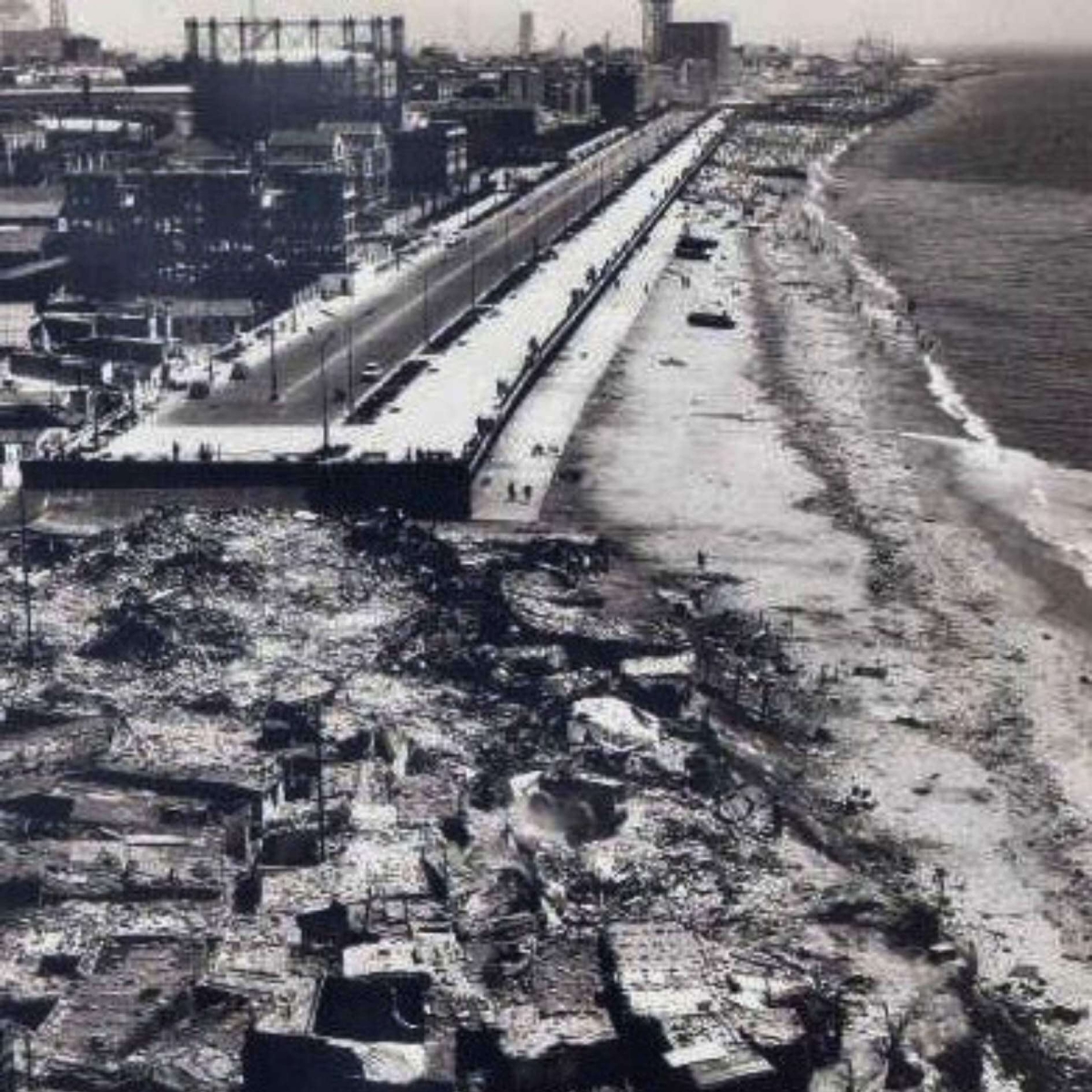
Port of Barcelona in the beginning of 20th century
The Olympic Transformation
1992 Summer Olympics
The decision to host the 1992 Summer Olympics in Barcelona was a turning point for the city’s coastline. This global event spurred a massive urban regeneration project, transforming the city and its coastal areas:
- Urban Redevelopment: Significant portions of the industrial infrastructure were dismantled. The city undertook extensive cleaning operations to remove pollutants and rehabilitate the coastline.
- Beach Creation: New beaches were created by importing fine golden sand. The shoreline was reshaped to create a more appealing and accessible beachfront.
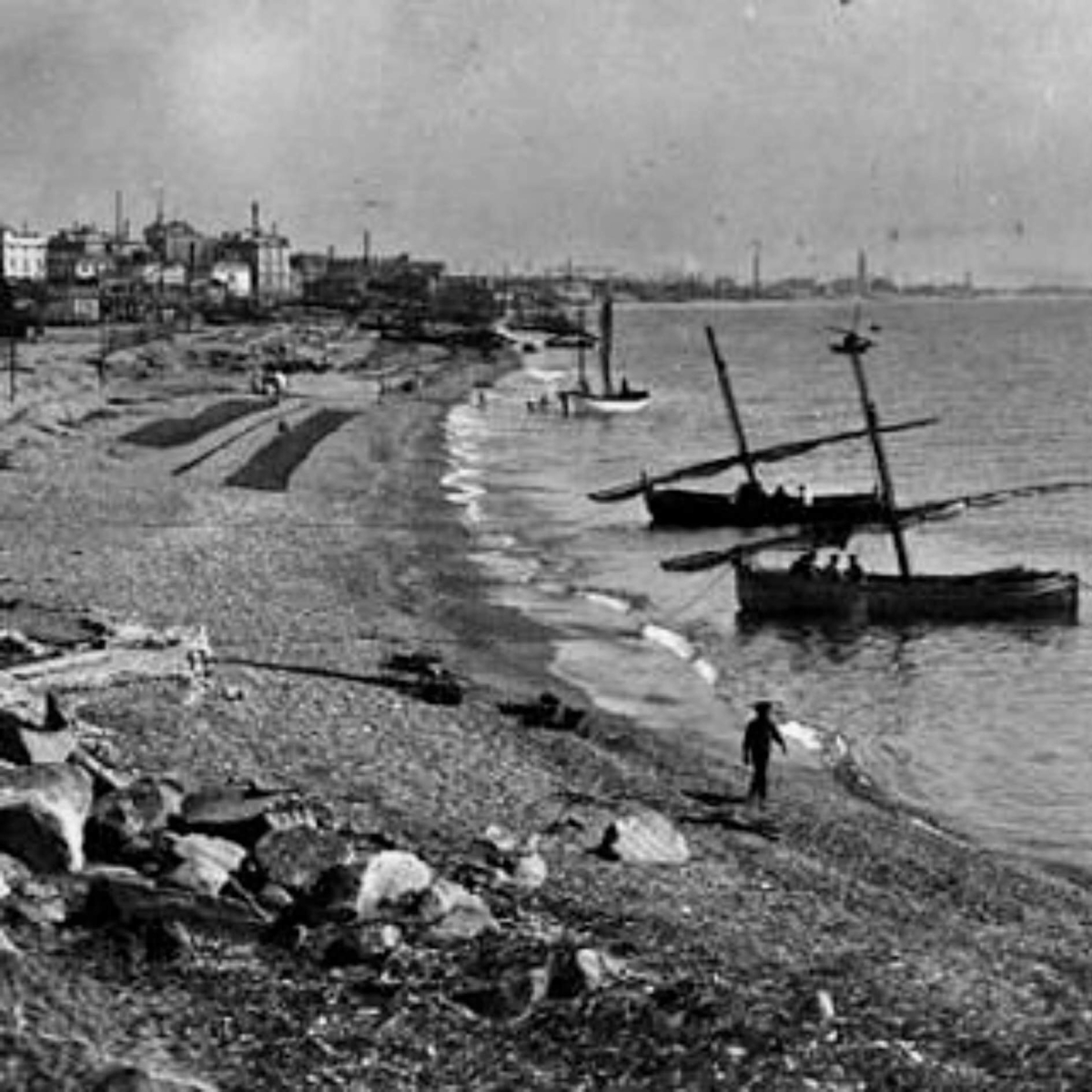
Beachfront in Barcelona, 20th century
Key Developments
- Barceloneta Beach: Once a grimy industrial zone, Barceloneta Beach became the flagship of Barcelona’s new coastline. Today, it is one of the most popular beaches in the city, known for its lively atmosphere and proximity to the city center.
- Port Olímpic: Constructed for the Olympics, this area includes marinas, shops, restaurants, and the twin towers (Hotel Arts and Torre Mapfre), symbolizing the new face of Barcelona’s coastline.
- Nova Icaria and Bogatell Beaches: These beaches were also developed during this period, providing clean and safe areas for both locals and tourists to enjoy the Mediterranean Sea.
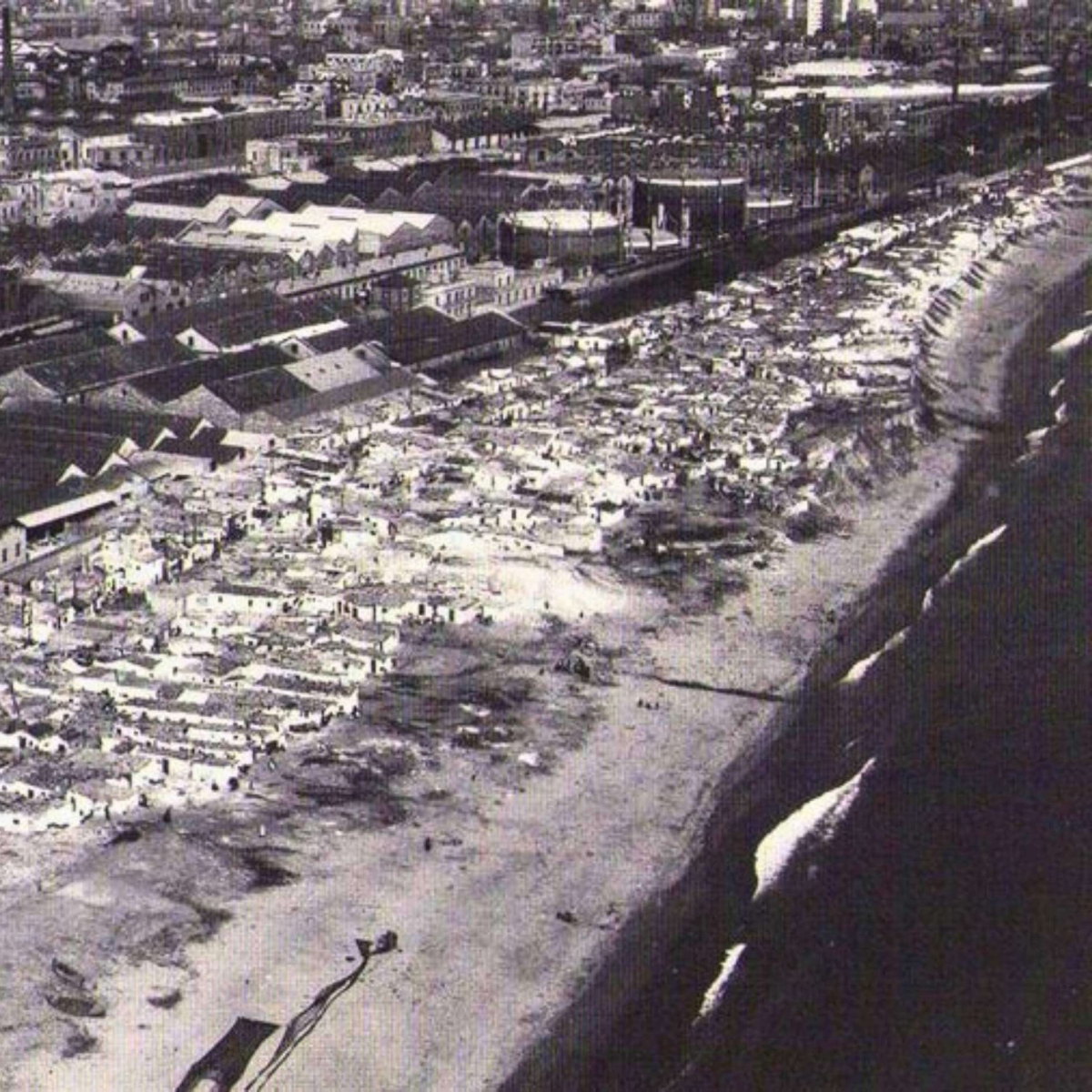
Here was the territory which was developed in a beautiful Mar Bella beach in Barcelona
Post-Olympic Era
Sustainable Development and Tourism
In the years following the Olympics, Barcelona continued to invest in its beaches, focusing on sustainability and enhancing the tourist experience:
- Environmental Efforts: The city has implemented measures to maintain water quality and beach cleanliness. This includes regular cleaning operations and environmental monitoring.
- Facilities and Accessibility: Modern facilities such as showers, changing rooms, and lifeguard services were introduced, and beaches were made more accessible to people with disabilities.
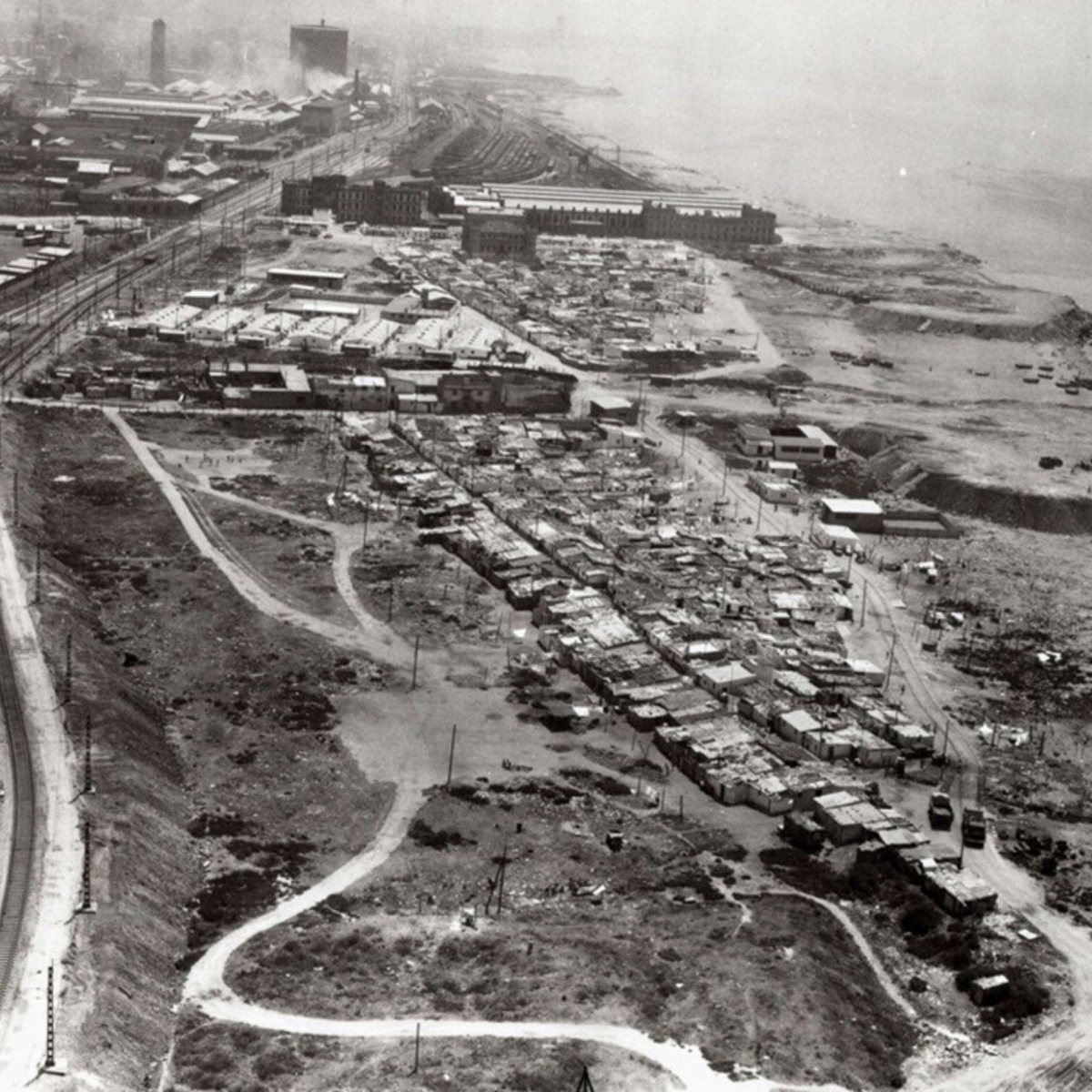
It is hard to imagine a gold-sanded beach on the place of that trash
Cultural and Recreational Hub
The beaches of Barcelona have become cultural and recreational hubs, offering a wide range of activities:
- Sports: The beaches are equipped for various sports and recreational activities, from volleyball and surfing to paddleboarding.
- Festivals and Events: The coastline regularly hosts festivals, concerts, and public events, enhancing the city's cultural vibrancy.
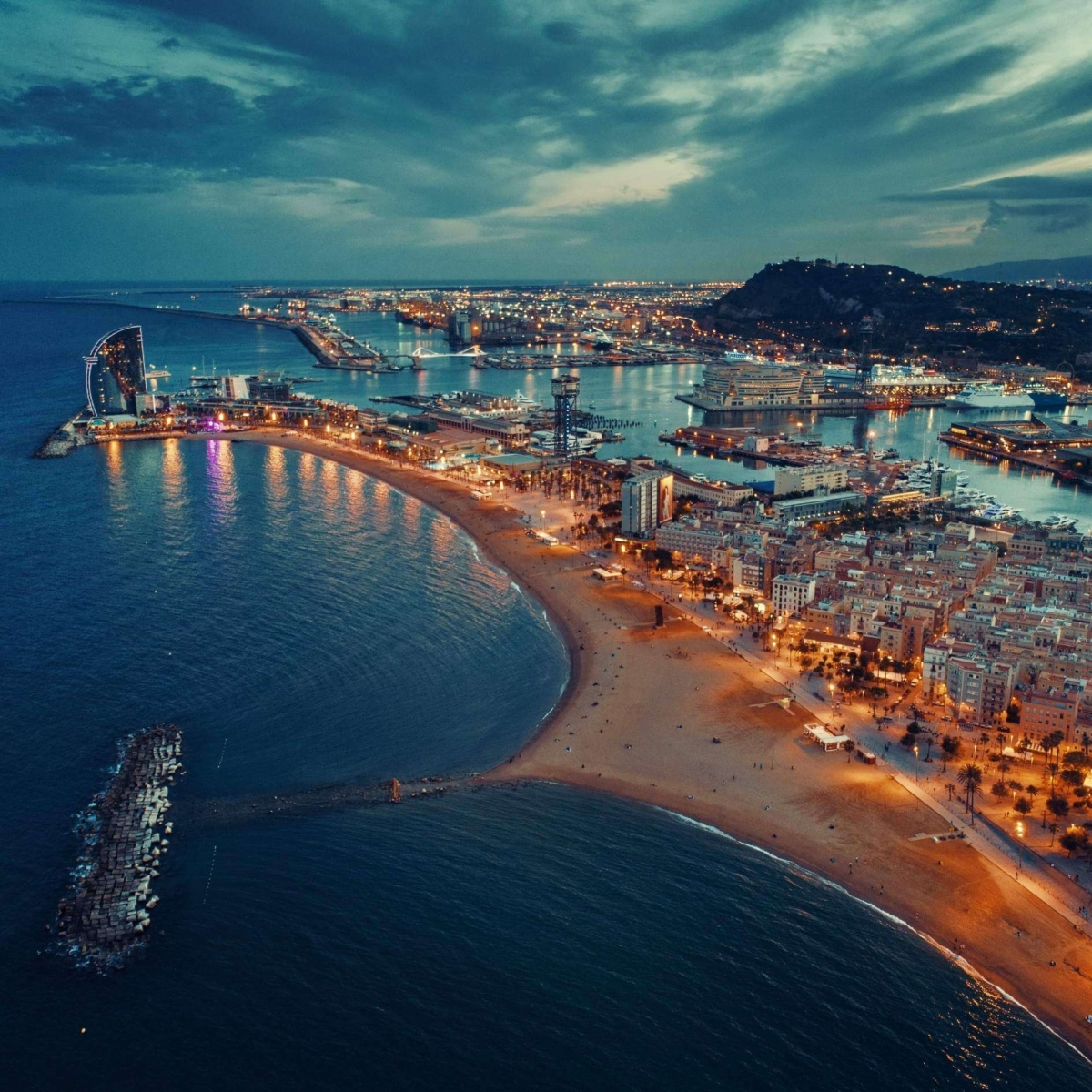
Barcelona coast pier aerial view at night in Spain
The other famous beaches in Barcelona are:
- Barceloneta Beach: Barcelona's most famous beach is known for its lively atmosphere. It is perfect for swimming, sunbathing, and water sports like windsurfing and kite surfing.
- Nova Icaria Beach: A family-friendly beach located close to the Olympic Marina. It’s quieter and ideal for beach volleyball and enjoying a meal at one of the many nearby restaurants.
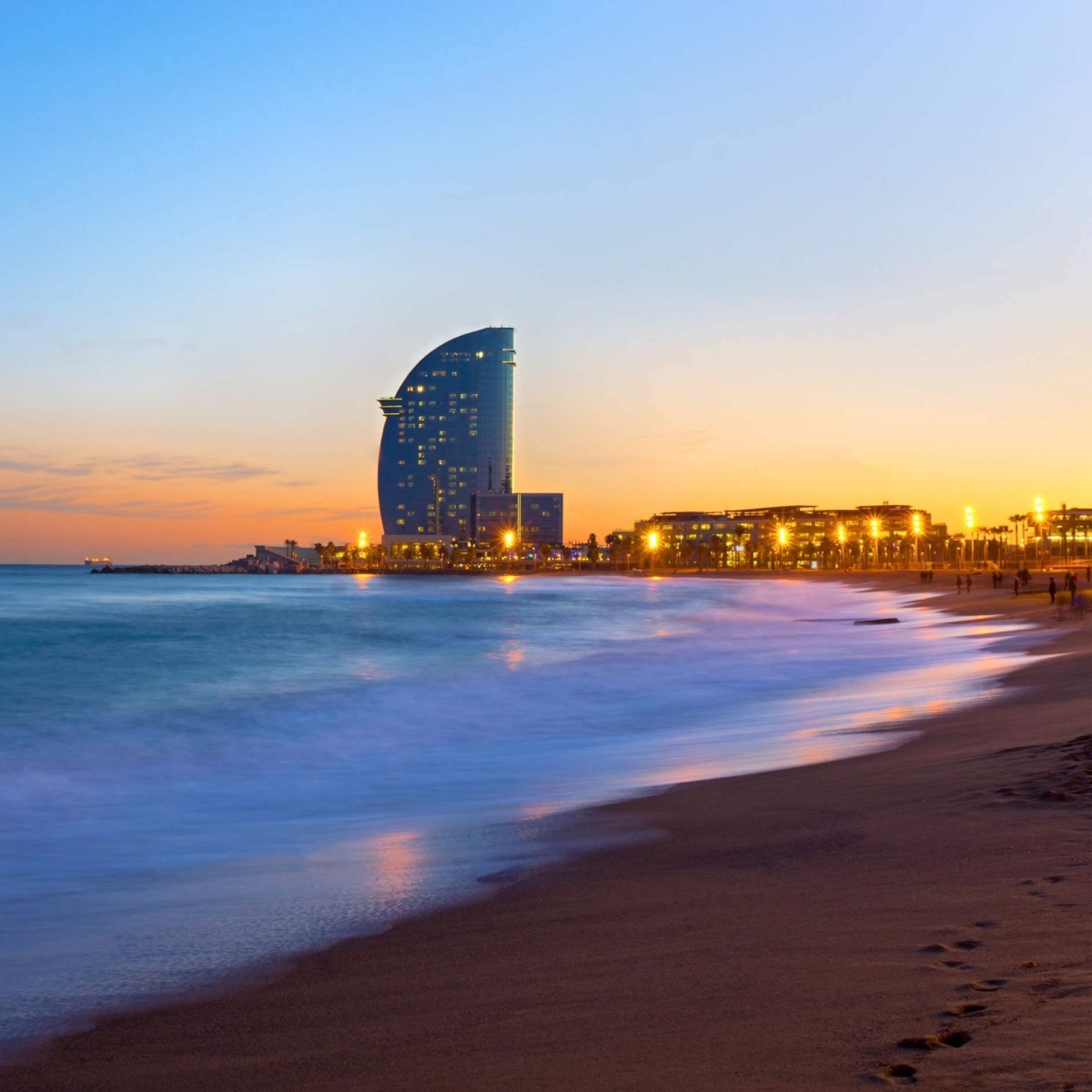
Barceloneta Beach by sunset
- Bogatell Beach: Popular among the locals, this beach offers a more relaxed vibe. It’s great for jogging, cycling, and other sports, thanks to its well-maintained facilities.
- Mar Bella Beach: Known for its inclusive environment, Mar Bella has a designated nudist area and is popular with the LGBTQ+ community. The beach also offers windsurfing and kayaking.
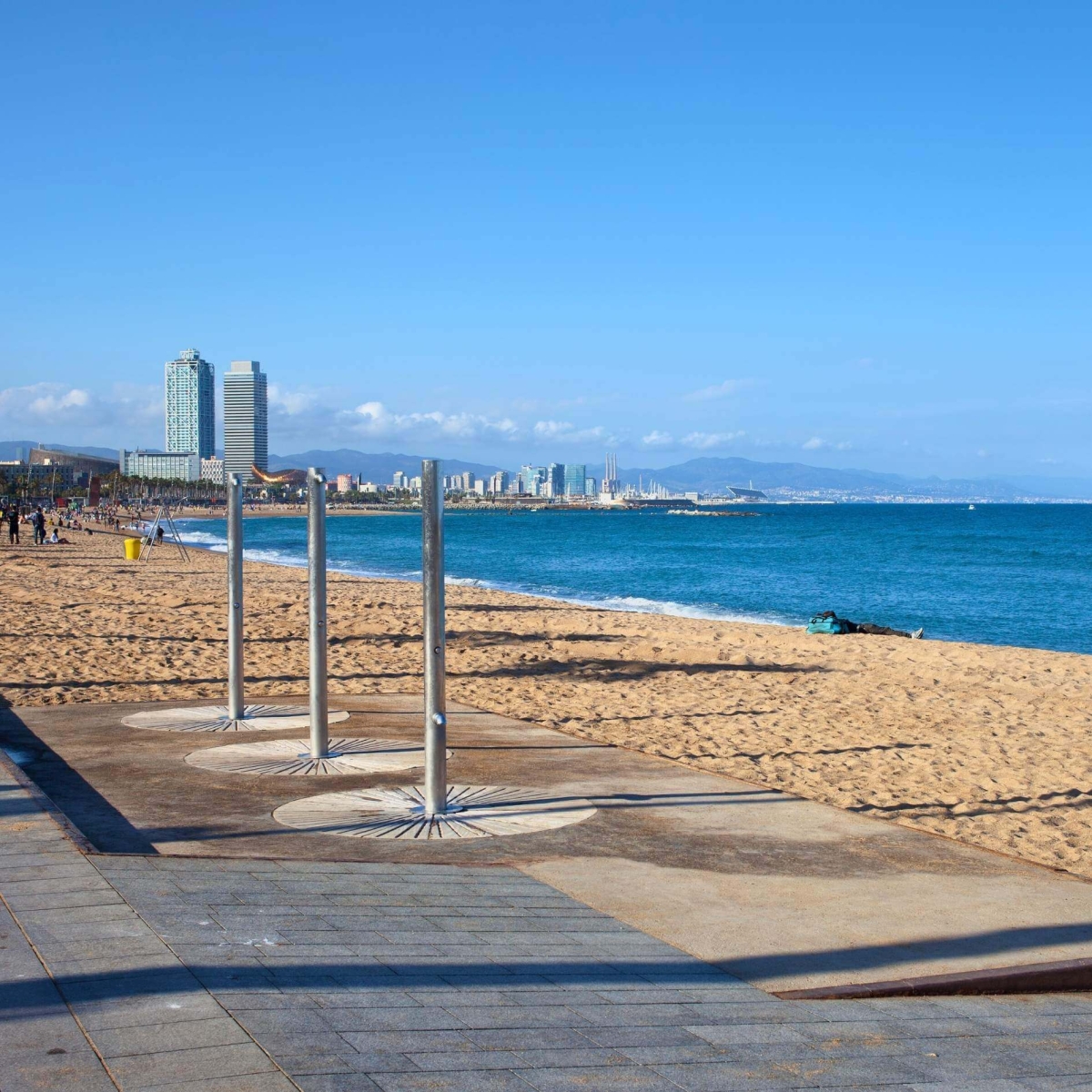
Barceloneta beach by the Mediterranean Sea with places for showers on a sunny day in Barcelona, Catalonia
- Ocata Beach: Located just outside Barcelona in the town of El Masnou, Ocata Beach is known for its pristine white sand and clear waters. It’s a quieter option for those willing to venture a bit further.
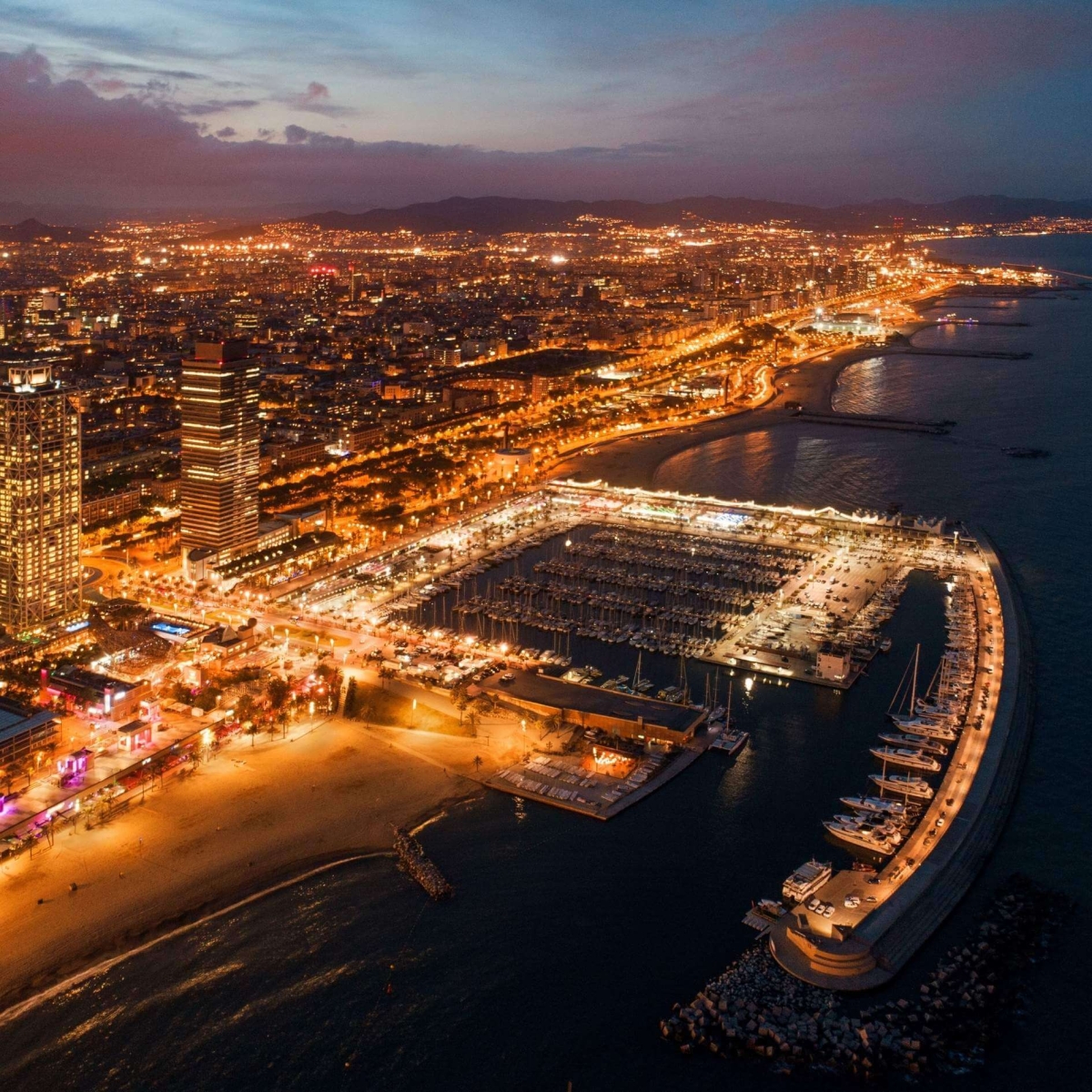
Barcelona Marina
Barcelona's transformation from an industrial port city to a coastal paradise is a remarkable story of urban renewal and strategic planning. The 1992 Olympics served as a catalyst for this metamorphosis, turning once-neglected areas into some of the most desirable urban beaches in the world. Today, Barcelona’s beaches are integral to the city's identity, offering a perfect blend of leisure, culture, and natural beauty. As we enjoy the sun, sand, and sea, it's important to remember the city's journey and the efforts that have made these beautiful beaches a reality.

Lifestyle portrait of a pretty woman with a sunhat and bag on the beach in Barcelona
Local Tour Guides in Barcelona
Local tour guides in Barcelona offer a wealth of knowledge and personalized experiences that can transform your visit into an unforgettable adventure. They provide a range of tours, from architectural walks showcasing Gaudí’s masterpieces to culinary tours through the city’s best tapas bars. Popular tours include:
- Gaudí and Modernisme Tour: Explore the architectural wonders of Antoni Gaudí, including the Sagrada Família, Park Güell, and Casa Batlló.
- Gothic Quarter Walking Tour: Discover the rich history of Barcelona through its medieval streets and hidden squares.

Walking tour in Barcelona
- Tapas and Wine Tour: Savor the flavors of Barcelona with a guided tour of its best tapas bars and local wineries.
- Bike Tours: Take guided bike tours along the beach and through the city’s parks to see the city from a different perspective.
- Day Trips to Montserrat: Visit the stunning Montserrat mountain range and its famous monastery with a knowledgeable local guide.
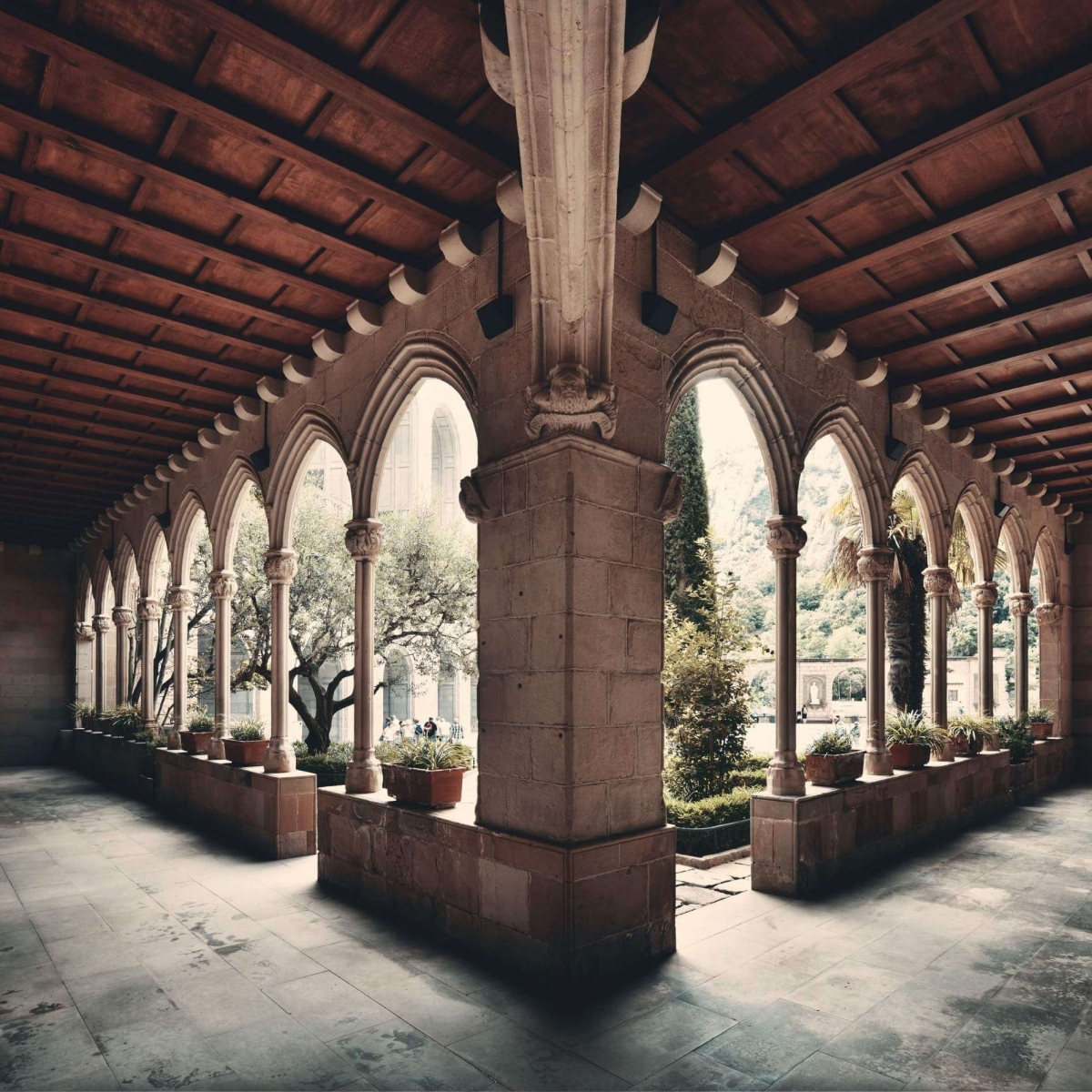
Santa Maria de Montserrat Abbey in Barcelona, Spain
Places to Visit in Barcelona
For those looking to venture beyond the typical tourist spots, here are five unusual places to visit in Barcelona:
- Bunkers del Carmel: Offering one of the best panoramic views of Barcelona, the Bunkers del Carmel is a former anti-aircraft battery from the Spanish Civil War. It's an excellent spot for a sunset picnic.
- Hospital de Sant Pau: A lesser-known architectural gem designed by Lluís Domènech i Montaner, this former hospital is a stunning example of Catalan modernism and is a UNESCO World Heritage Site.
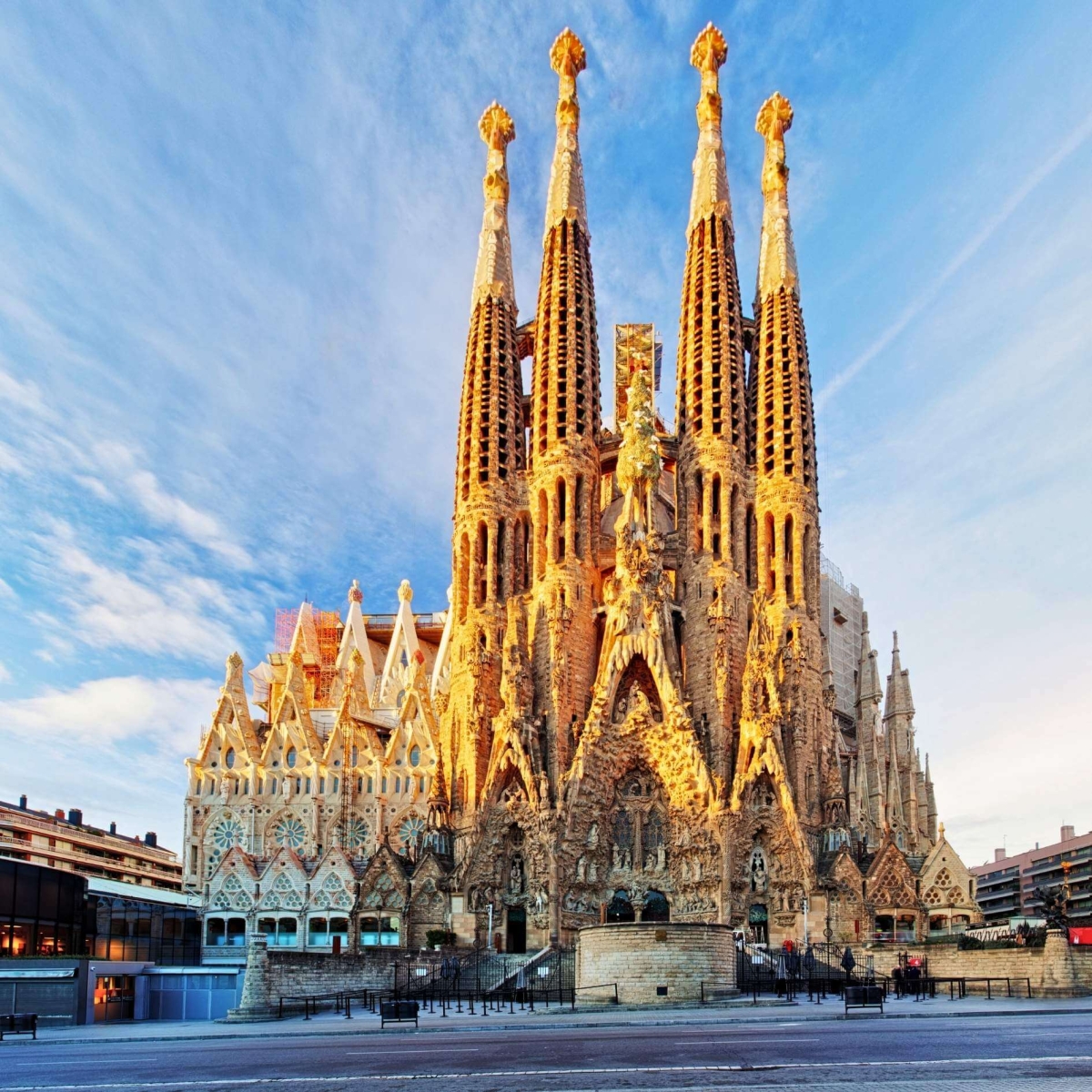
La Sagrada Familia - Barcelona, Spain
- Poble Espanyol: An open-air architectural museum that replicates the style of various Spanish regions. It’s a unique place to explore traditional Spanish architecture and crafts.
- El Raval: This neighborhood offers a mix of old and new, with its vibrant street art, quirky shops, and cultural institutions like the MACBA (Museum of Contemporary Art).
- Labyrinth Park of Horta: Barcelona’s oldest garden, featuring a neoclassical labyrinth, romantic gardens, and beautiful sculptures. It’s a peaceful escape from the city’s hustle and bustle.
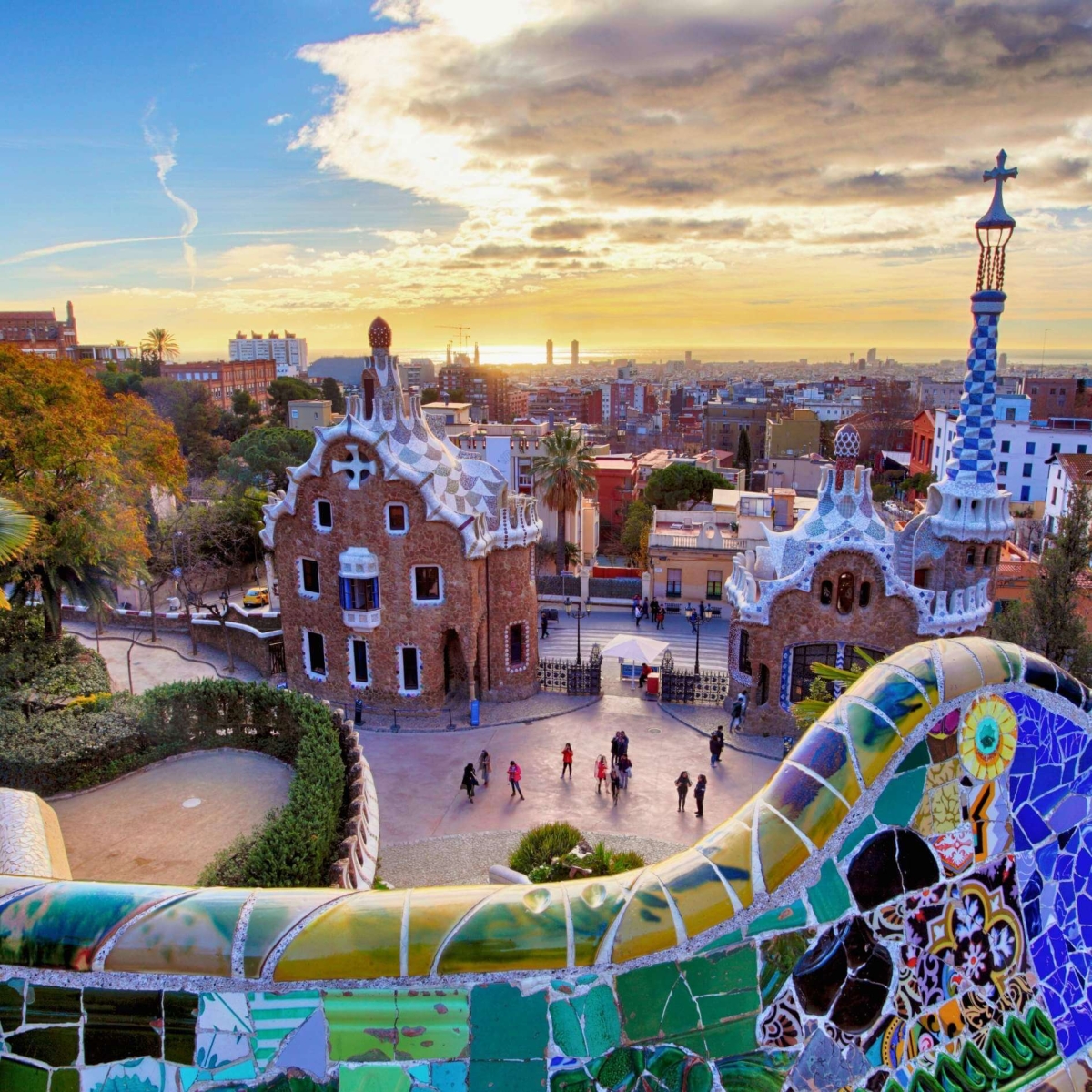
Park Guell, Barcelona
Bunkers del Carmel
Bunkers del Carmel, officially known as "Els Bunkers del Carmel," is a historic site located atop Turó de la Rovira hill in the Carmel neighborhood of Barcelona. This site offers one of the most stunning panoramic views of the city, making it a favorite spot for both locals and tourists seeking a breathtaking vantage point. The Bunkers del Carmel provides a unique blend of historical significance and natural beauty, making it a must-visit destination for those exploring Barcelona.
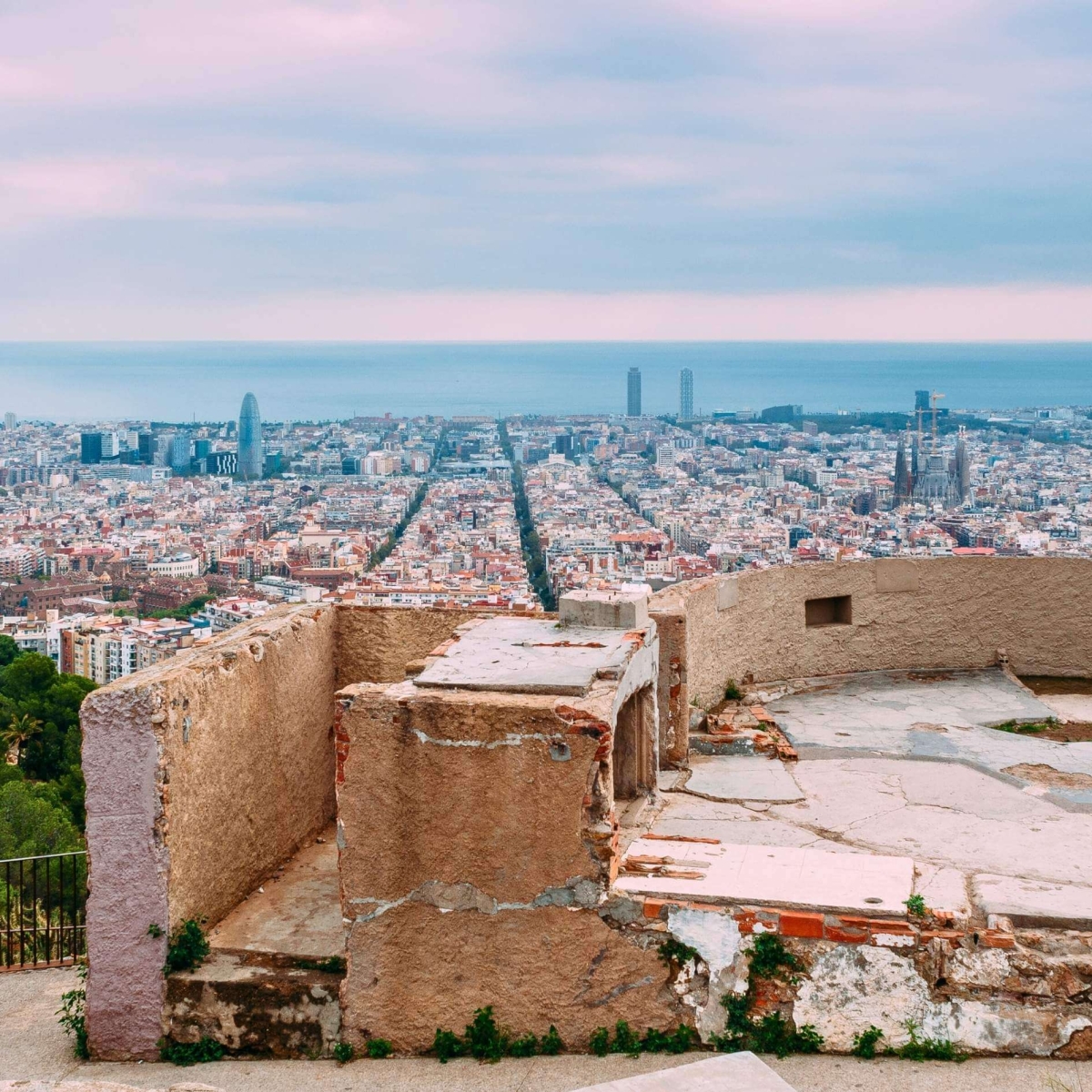
Bird's eye view of Barcelona from Bunkers del Carmel or Turó de la Rovira
Historical Significance
The Bunkers del Carmel date back to the Spanish Civil War (1936-1939). Initially, the site was an anti-aircraft battery built to defend the city from aerial attacks. The anti-aircraft guns have long been removed, but the bunkers and some remnants of the military installations remain, serving as a poignant reminder of the city's wartime past. After the war, the bunkers were repurposed as informal housing, and it wasn't until the late 20th century that they were abandoned and later rehabilitated as a public space.
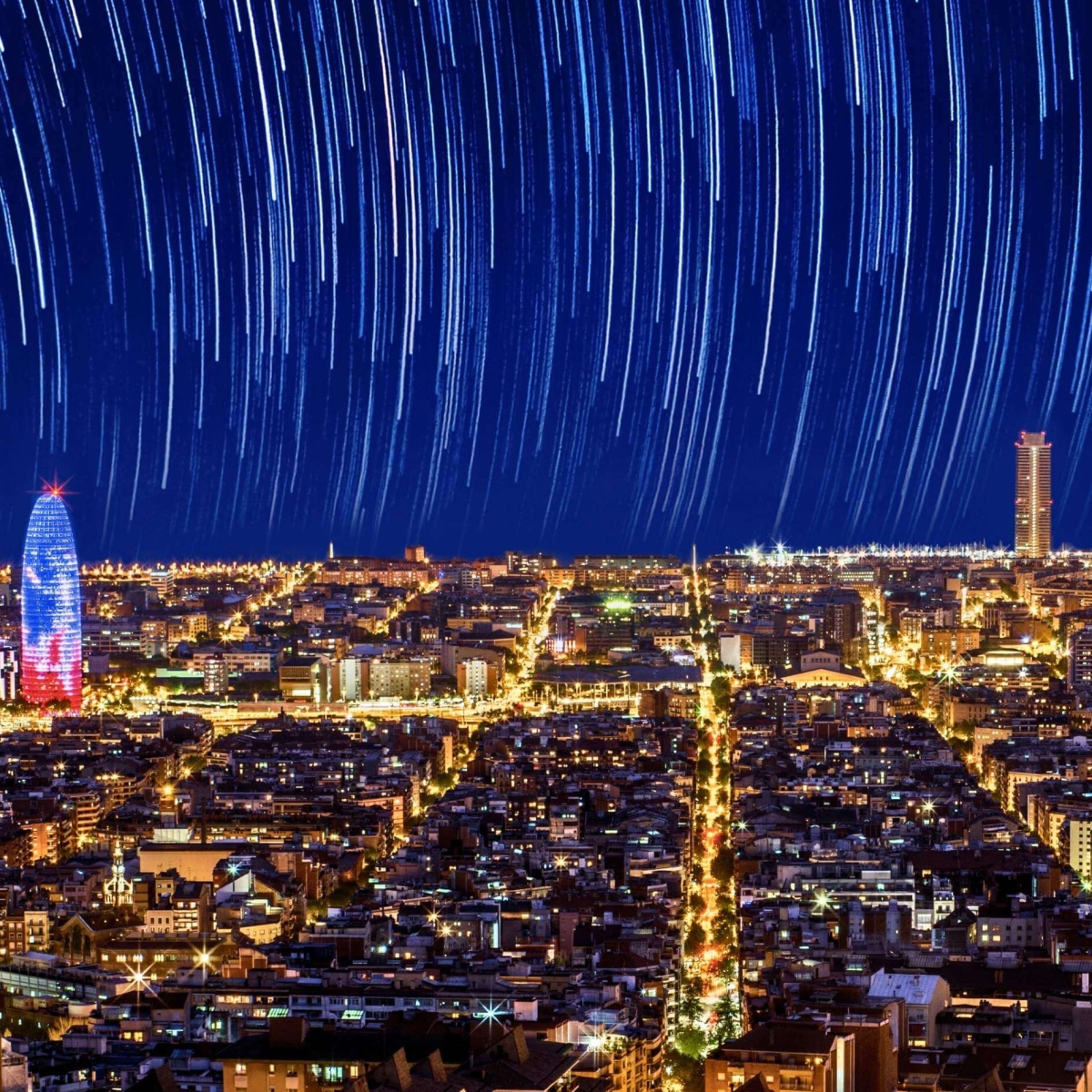
Aerial view of Barcelona from Bunkers del Carmel, Spain
The Experience
The View
Once you reach the summit, you are greeted with a 360-degree view of Barcelona. The vantage point offers unobstructed views of the city’s most iconic landmarks, including the Sagrada Família, the Torre Agbar, and the Montjuïc Hill. On clear days, you can see all the way to the Mediterranean Sea. This spot is trendy at sunrise and sunset, when the city is bathed in a golden light, providing perfect photo opportunities.
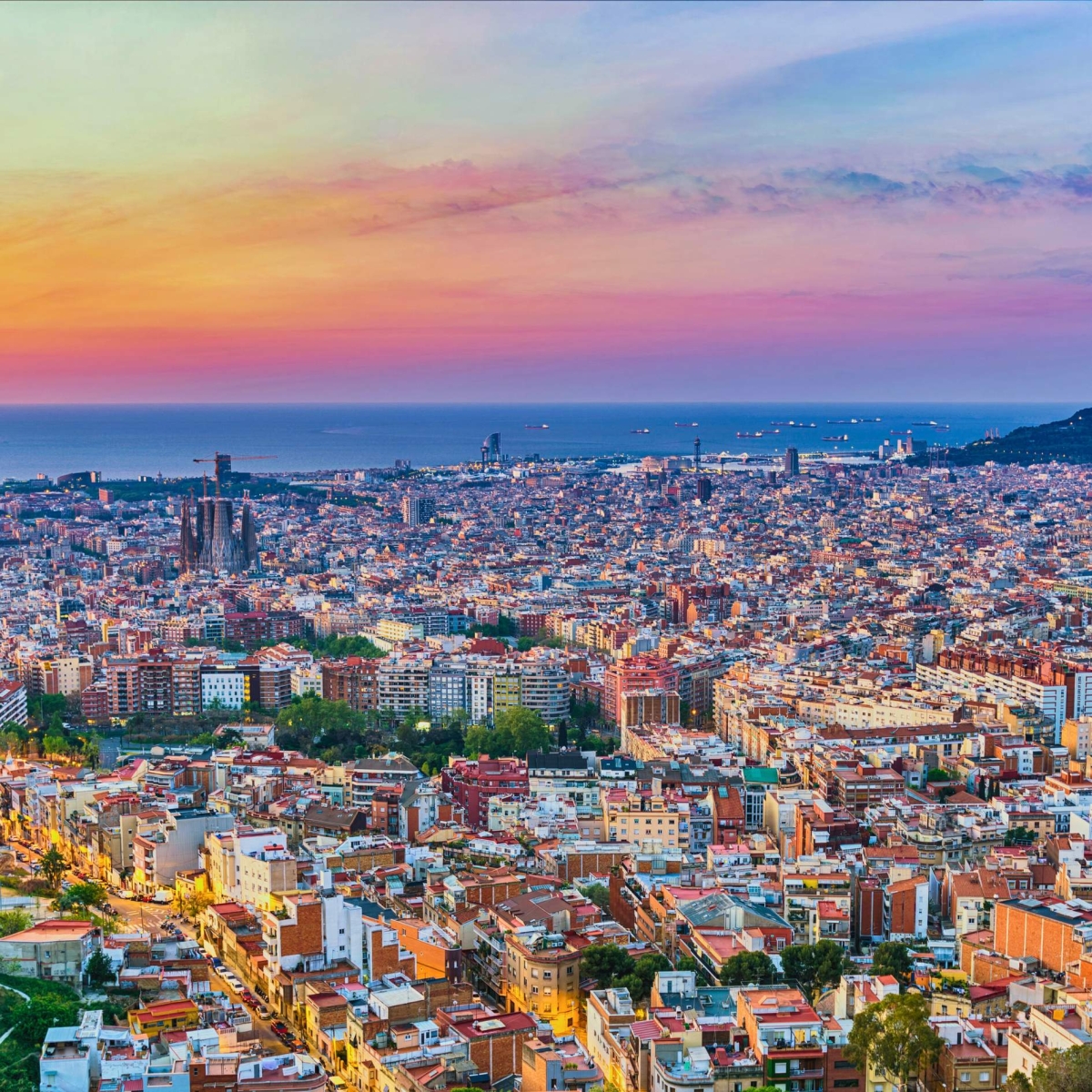
Bird's eye view of Barcelona from Bunkers del Carmel or Turó de la Rovira to Montjuic Hill
Activities
Visitors to Bunkers del Carmel often bring picnics to enjoy while taking in the view. The site is also a popular spot for photographers and artists who come to capture the expansive cityscape. While there are no formal facilities or amenities at the top, the natural beauty and historical intrigue make it a rewarding visit.
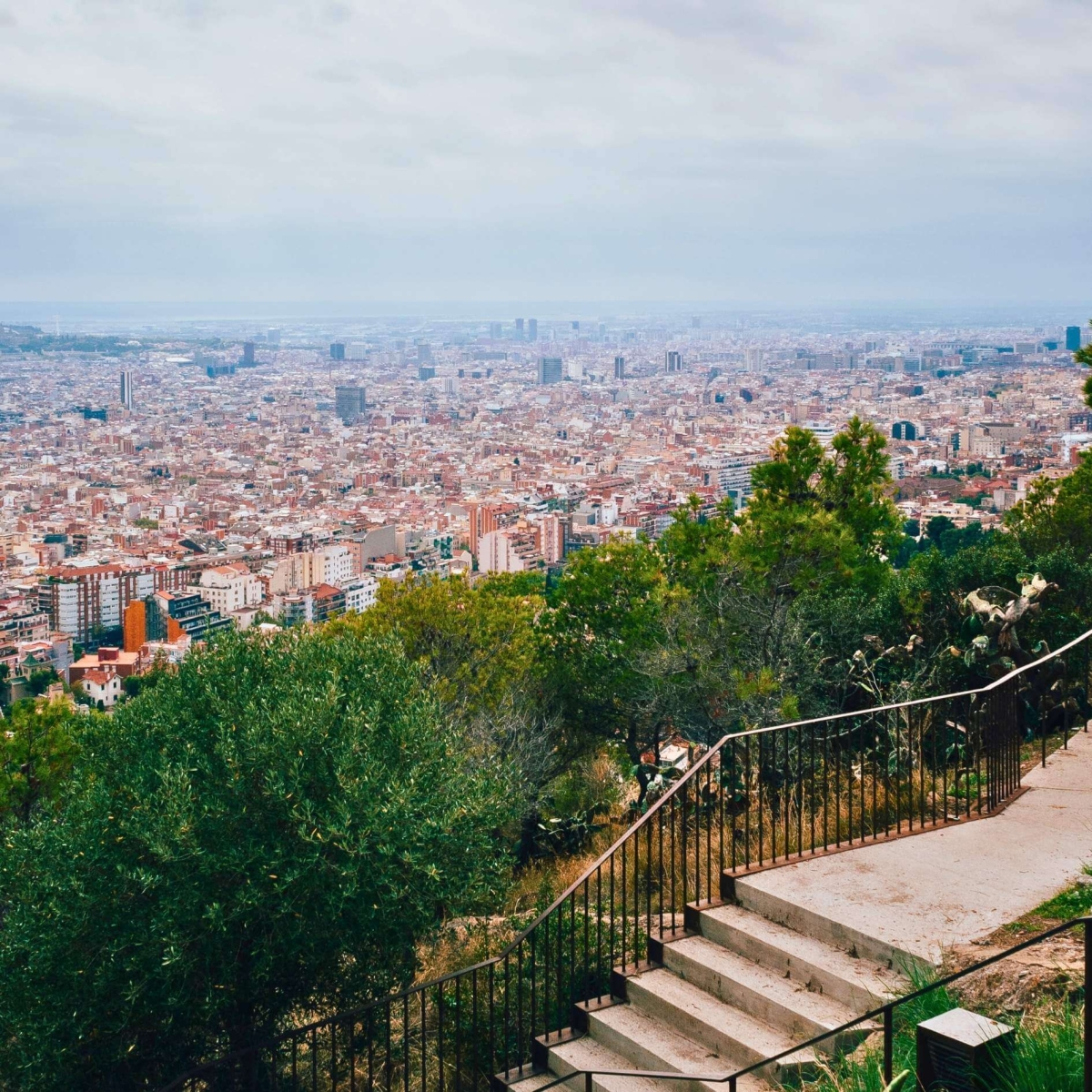
Aerial view of Barcelona from Bunkers del Carmel, Spain
Tips for Visiting
- Time Your Visit: To avoid crowds, visit early in the morning or late in the afternoon, especially on weekends.
- Pack Accordingly: Bring water, snacks, and a hat or sunscreen, especially if you're visiting during the hotter months. There are no shops or cafes at the top.
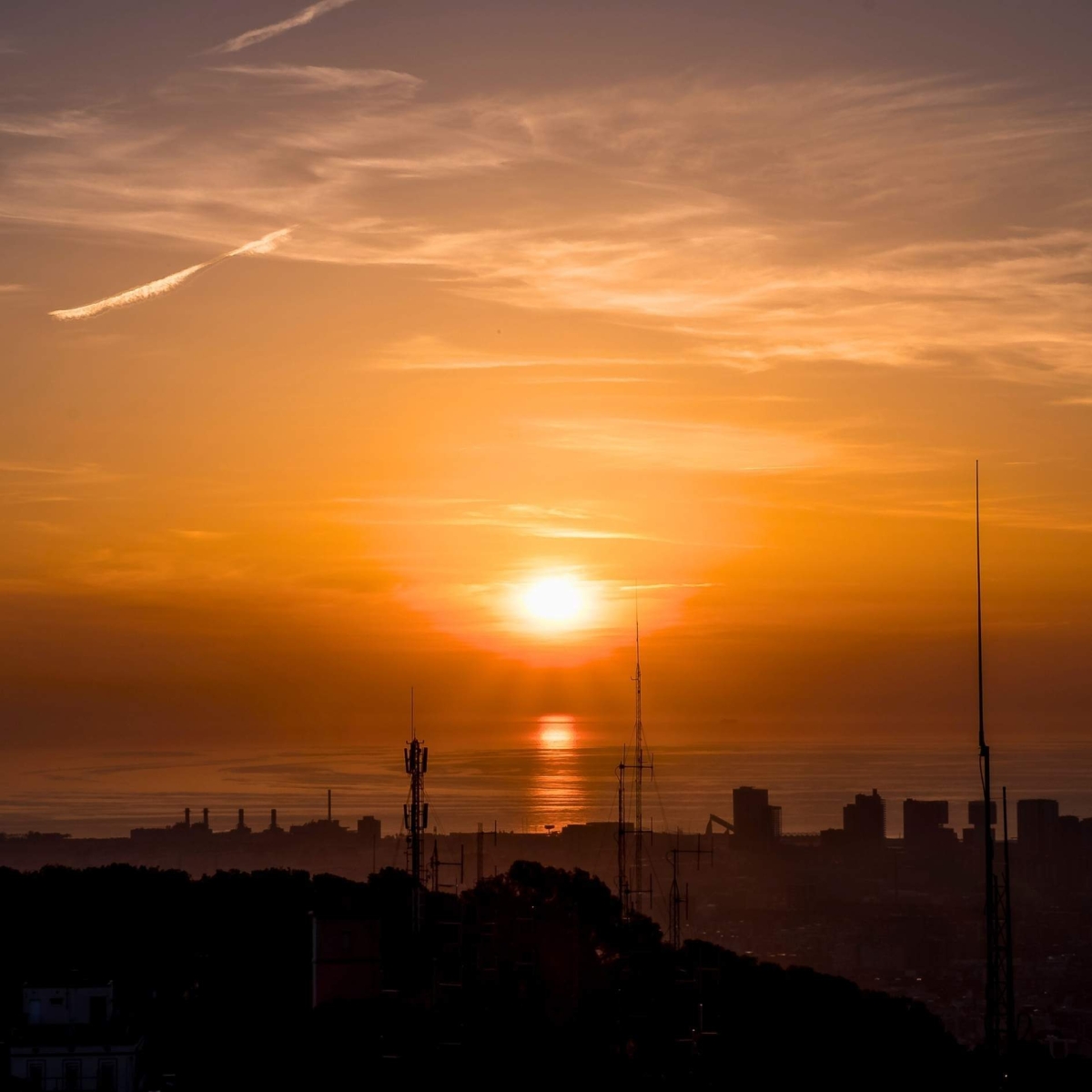
7 am sunrise over Barcelona from Bunkers del Carmel
- Respect the Site: The Bunkers del Carmel is a historical site, so be mindful of the area and take any litter back down with you.
- Wear Comfortable Shoes: The climb can be steep and uneven, so comfortable footwear is recommended.
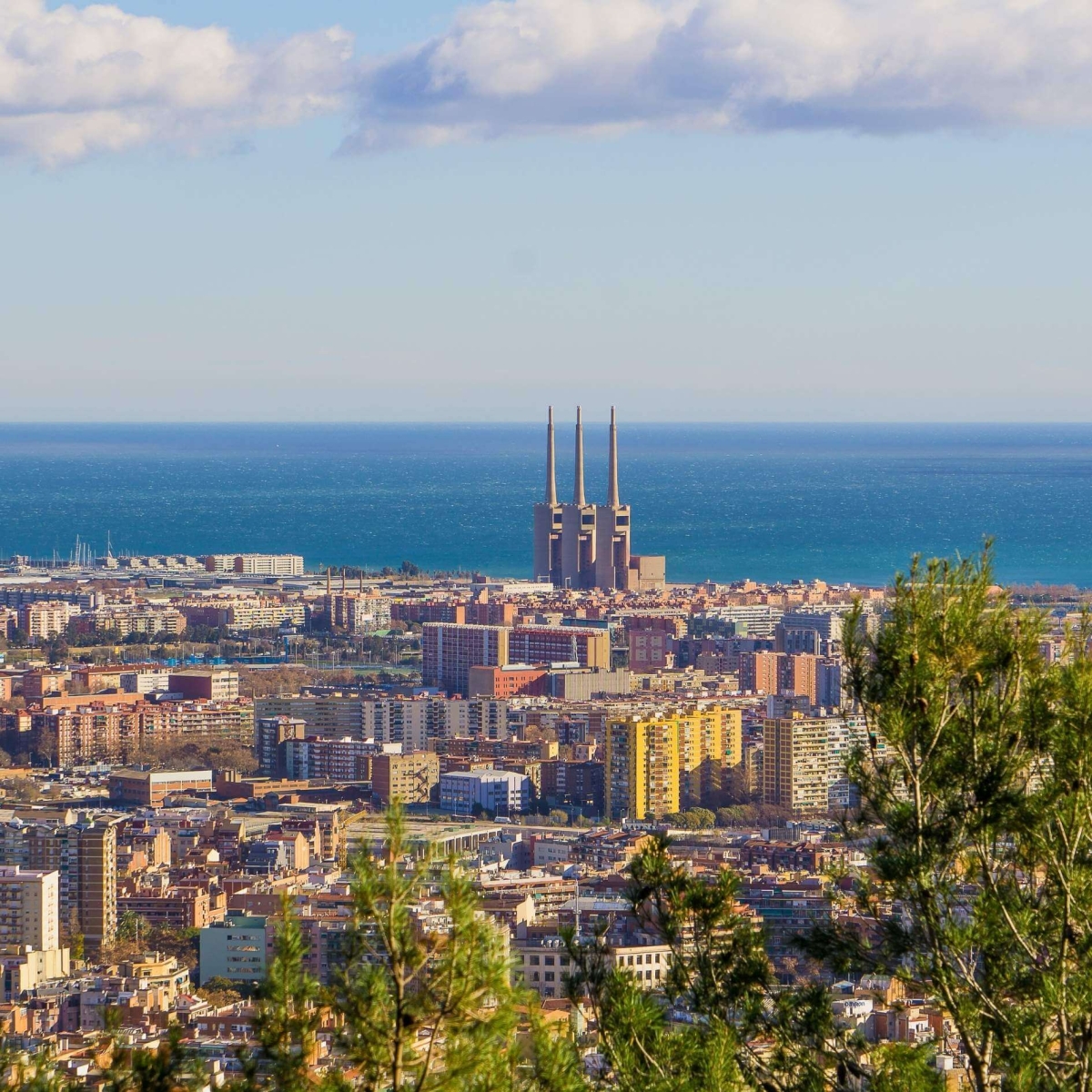
Panoramic View over Barcelona from Bunkers del Carmel
Connecting with Local Guides
To enhance your visit, consider hiring a local tour guide from PRIVATE GUIDE WORLD. A guide can provide deeper insights into the historical context of the bunkers and share stories about the Spanish Civil War and the subsequent years. They can also help you navigate the best routes to the top and suggest other hidden gems in the area.
Local private tour guides in Barcelona on the Private Guide World platform at www.pg.world
Bunkers del Carmel offers more than just a spectacular view of Barcelona; it provides a window into the city's past and a peaceful retreat from the bustling streets below. Whether you are a history enthusiast, a photography lover, or simply someone who enjoys panoramic vistas, Bunkers del Carmel is an unforgettable addition to your Barcelona itinerary.
Hospital de Sant Pau
Hospital de Sant Pau, or the Hospital de la Santa Creu i Sant Pau, is an architectural masterpiece located in Barcelona's Eixample district. Designed by the renowned Catalan architect Lluís Domènech i Montaner, this historic hospital is a stunning example of Catalan Modernisme and a UNESCO World Heritage Site. The complex combines striking architecture with a fascinating history, making it a unique and enriching destination for visitors.
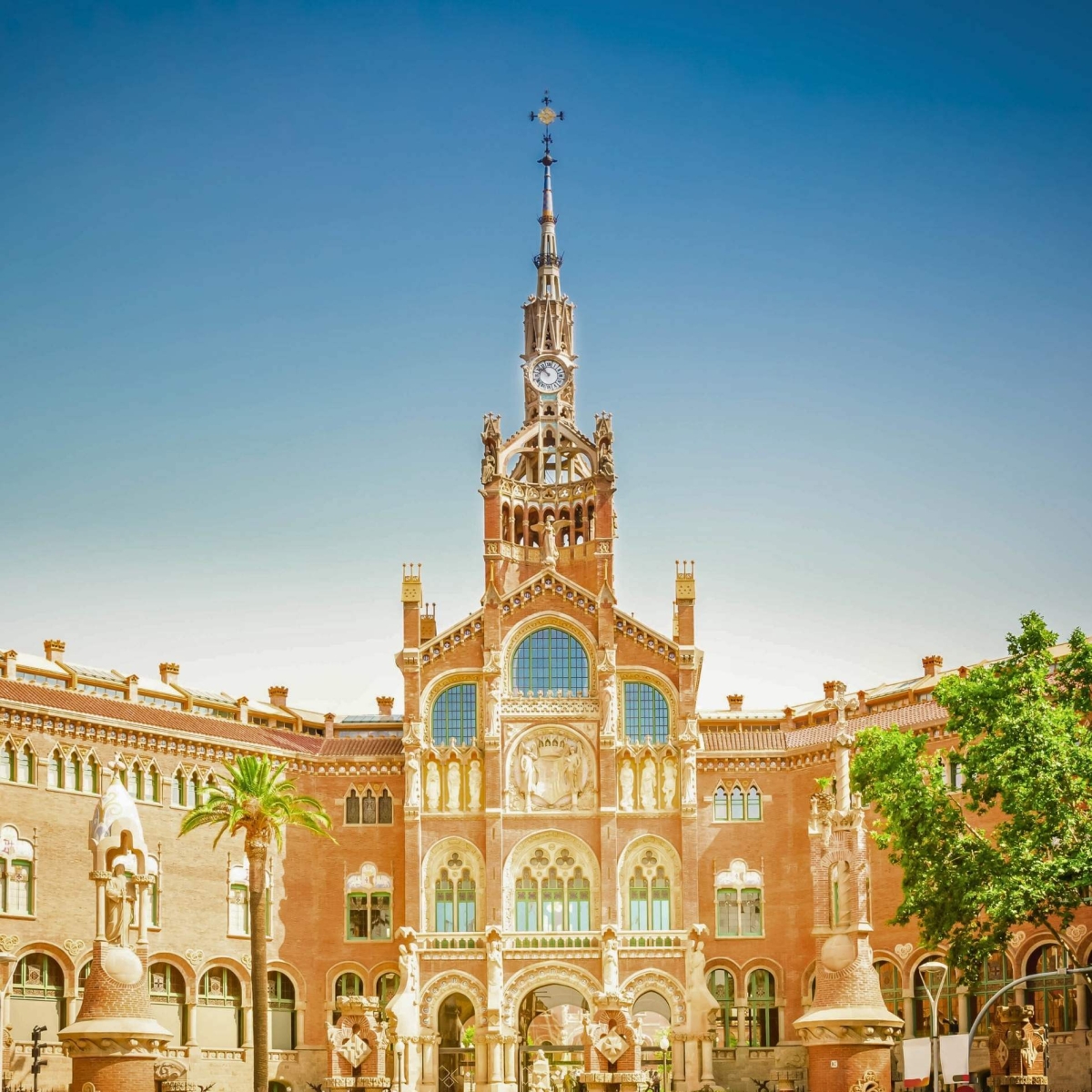
Facade of Hospital Sant Pau in summer morning, Barcelona, Spain
Historical Significance
Hospital de Sant Pau was initially founded in 1401 through the merging of six smaller medieval hospitals. The modernist complex that visitors see today was built between 1902 and 1930. Lluís Domènech I Montaner designed it to create a therapeutic environment, incorporating elements of nature, color, and symbolism into the architecture to aid in the healing process. The hospital served its original function until 2009, when it was converted into a cultural and research center.
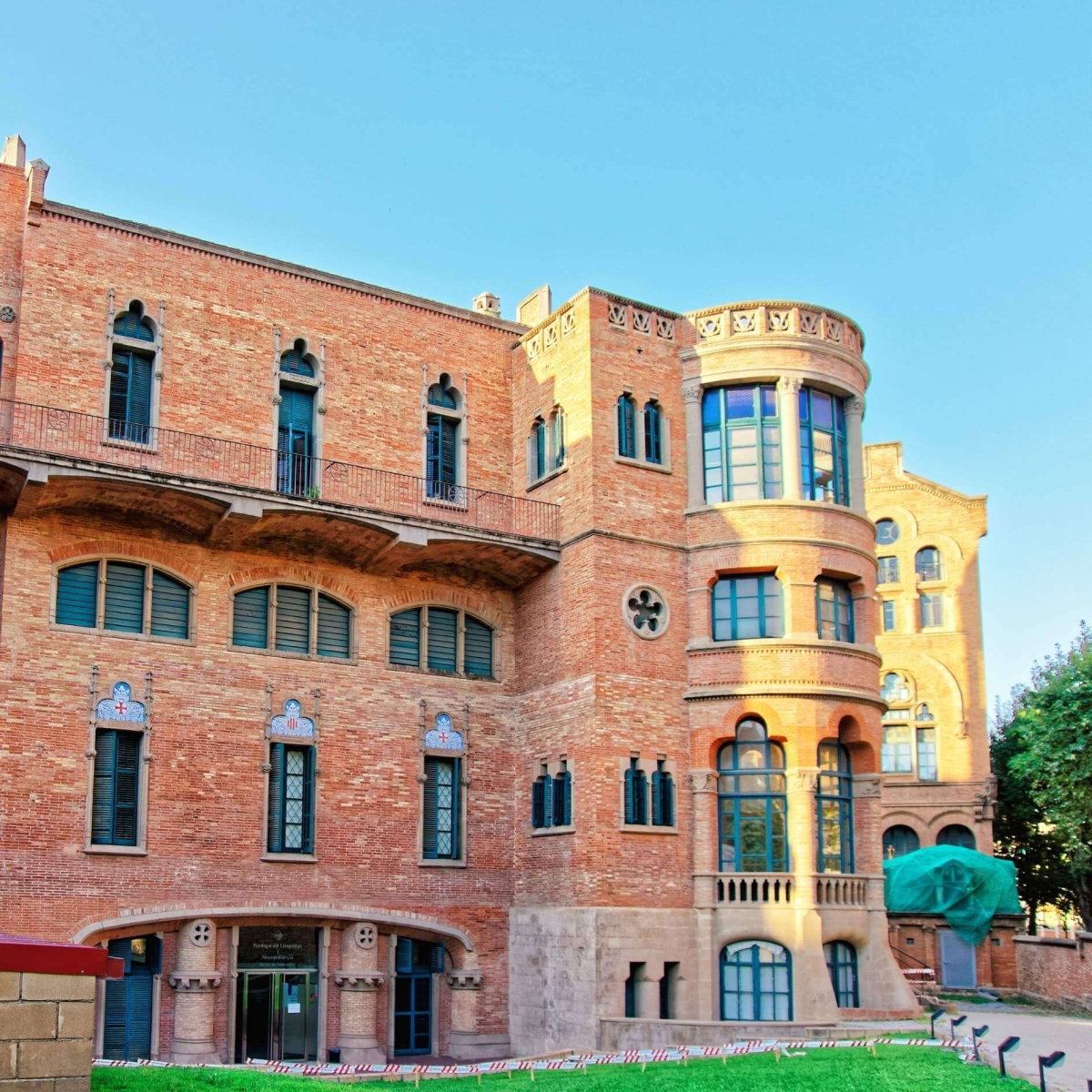
Hospital de Sant Pau in Barcelona in Spain. In English, it is called the Hospital of the Holy Cross and Saint Paul. It used to be a hospital. Now, it is a museum
Architectural Highlights: Design and Layout
The hospital complex is designed as a garden city, spanning 12 pavilions connected by underground tunnels. Each pavilion is adorned with colorful mosaics, stained glass windows, and intricate sculptures, reflecting the Modernist style. The layout was intended to provide a pleasant environment for patients, with ample natural light and ventilation.
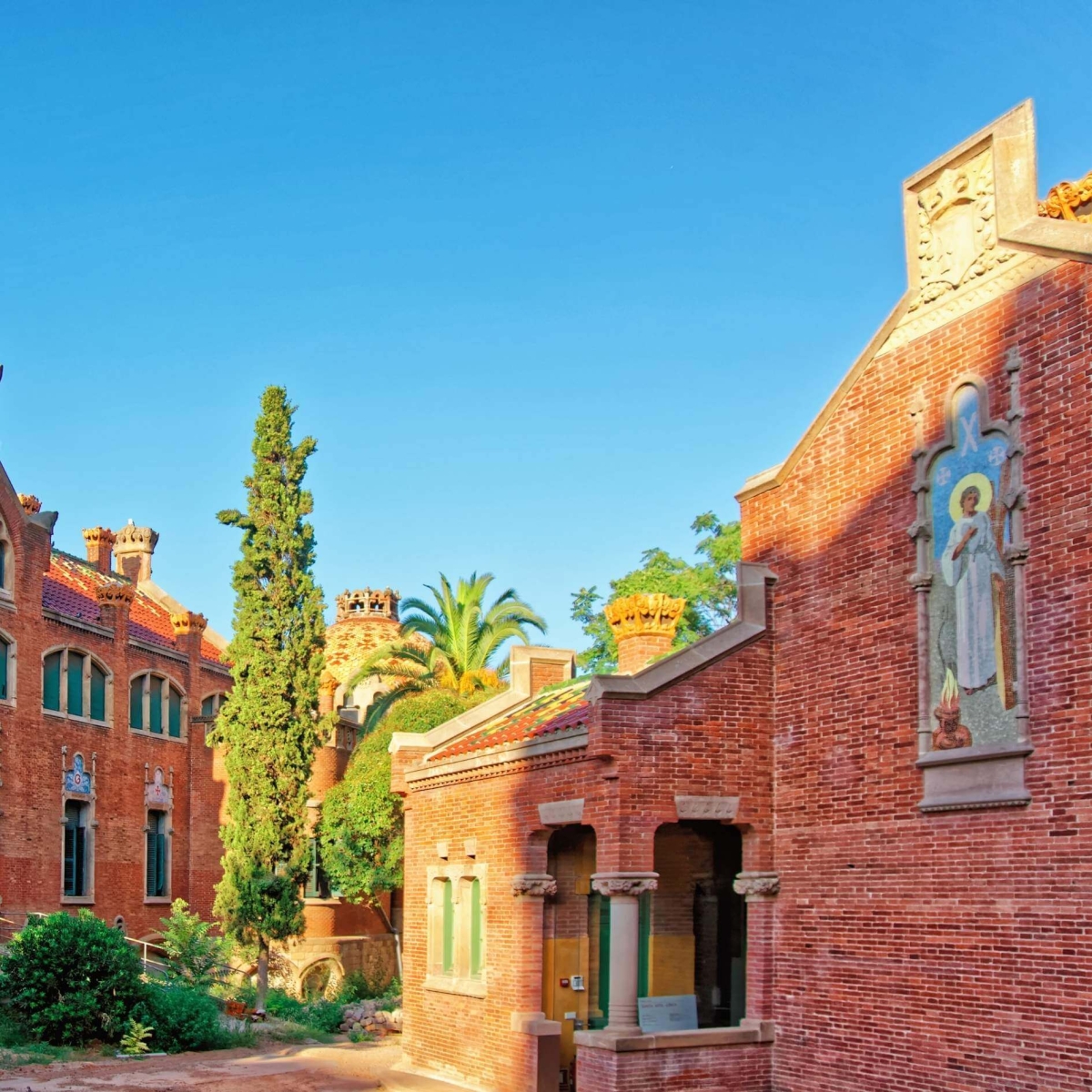
Church of Hospital De Sant Pau in Barcelona
Main Building: Administration Pavilion
The Administration Pavilion is the most ornate building and the first building encountered upon entering the complex. It features a grand façade with a mix of red brick, ceramic tiles, and sculptures. Inside, visitors can marvel at the beautifully restored interiors, including the impressive main hall with its majestic staircase and decorative details.
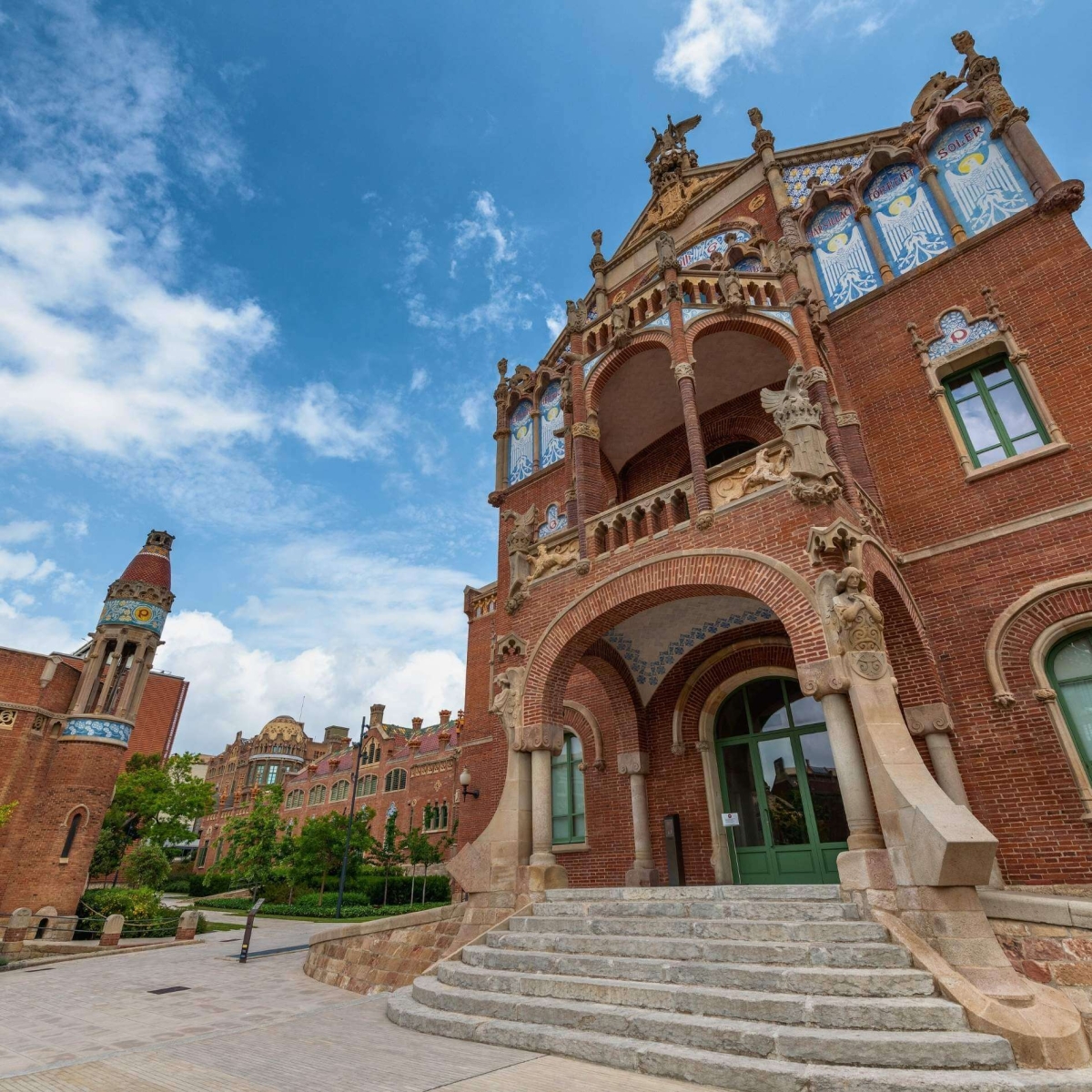
Modernist Precinct of Sant Pau
Pavilions and Gardens
Each pavilion within the complex has its own distinct design and purpose. The lush gardens surrounding the pavilions were an integral part of Domènech I Montaner’s vision, providing patients with a serene environment to promote healing. The gardens are filled with Mediterranean plants, fountains, and benches, offering a tranquil escape.
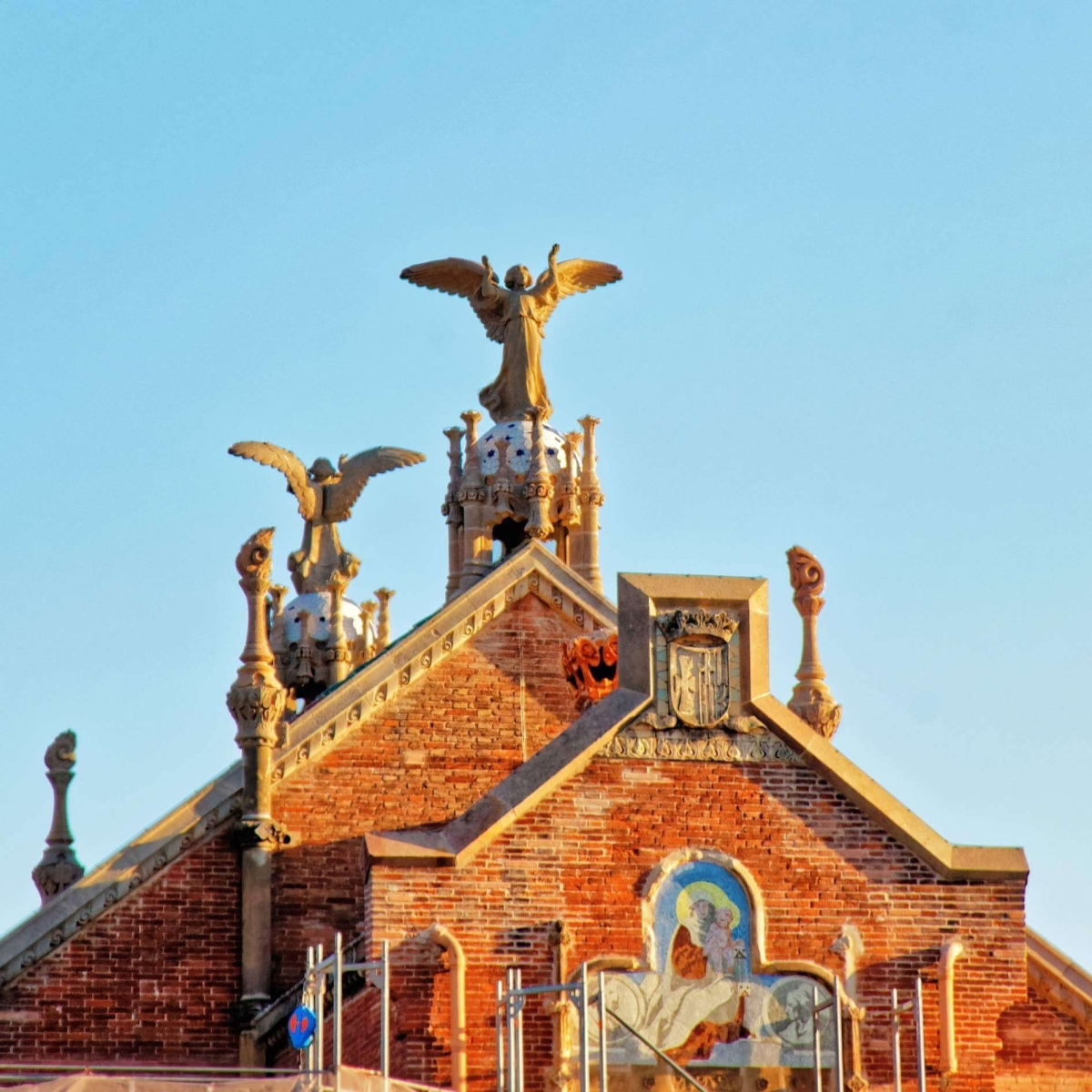
Roof of Hospital De Sant Pau in Barcelona
Symbolism and Art
Throughout the complex, Domènech i Montaner incorporated symbolic elements and artworks that reflect the hospital’s mission and Catalonia's cultural heritage. Look for religious symbols, mythological figures, and elements of nature intricately woven into the architecture.
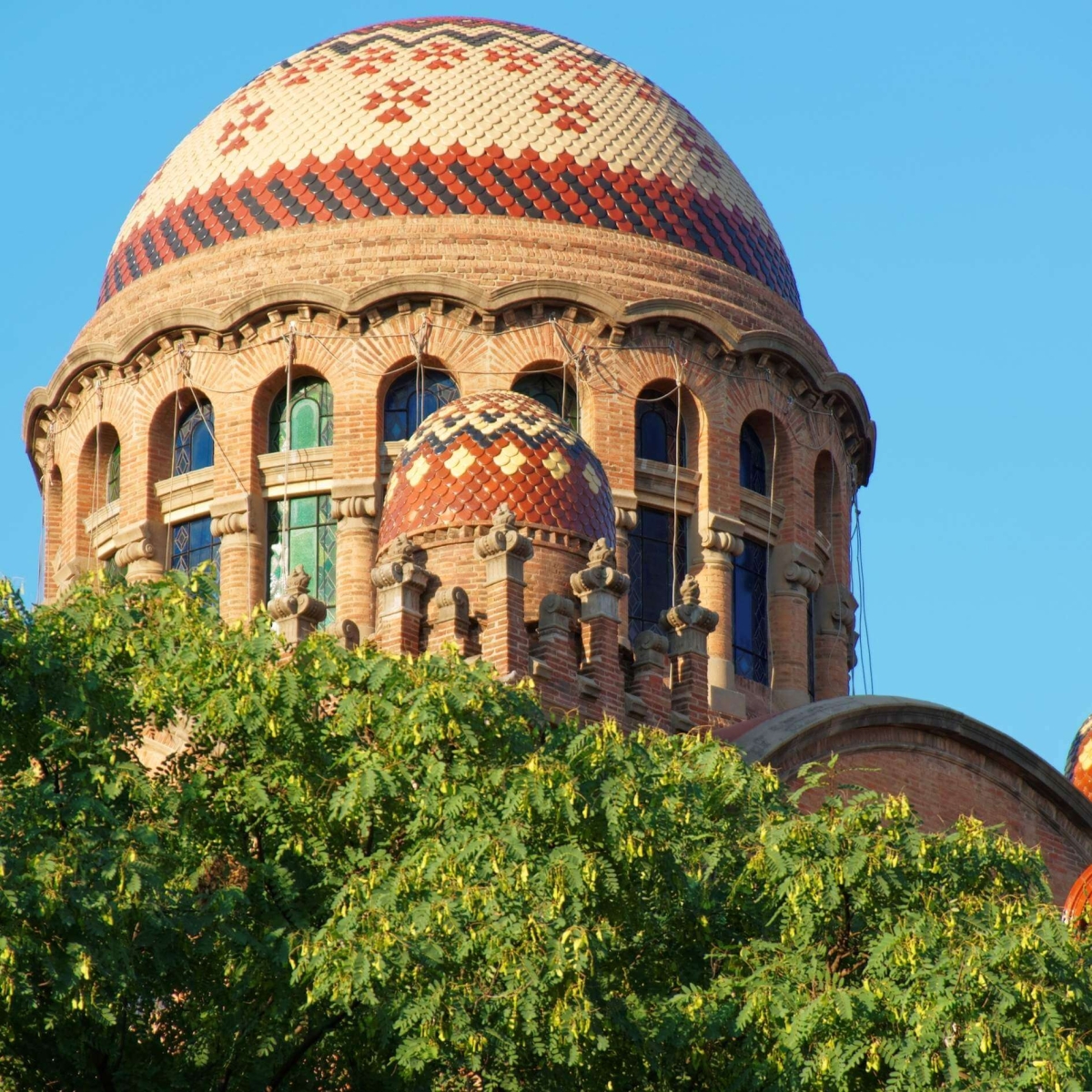
Dome of the Hospital De Sant Pau in Barcelona
Hospital de Sant Pau Guided Tours
Consider taking a guided tour to fully appreciate the history and architectural significance of Hospital de Sant Pau. Knowledgeable guides can provide insights into Domènech I Montaner’s vision, the hospital’s historical context, and the restoration efforts that have preserved this architectural gem.
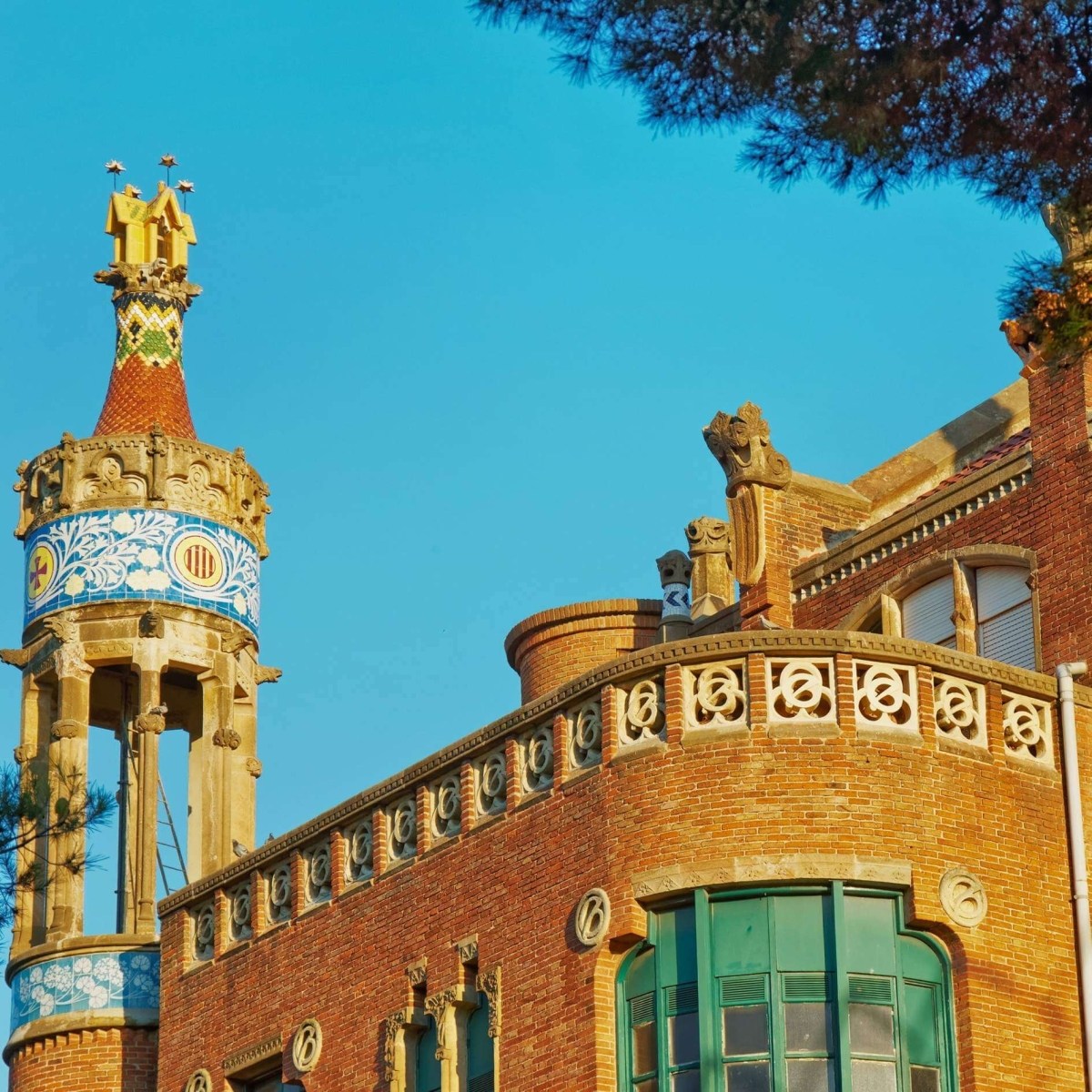
Exterior of Former Hospital De Sant Pau in Barcelona
Exhibitions and Events
The complex hosts various cultural events, exhibitions, and conferences throughout the year. Check the hospital’s official website for current and upcoming events that may coincide with your visit.
Exploration Tips
- Opening Hours: The site is generally open daily, but it’s best to check the official website for specific hours and any closures.
- Tickets: Tickets can be purchased online or at the entrance. Consider buying tickets in advance, especially during peak tourist seasons.
- Accessibility: The complex is wheelchair accessible, with ramps and elevators available in critical areas.
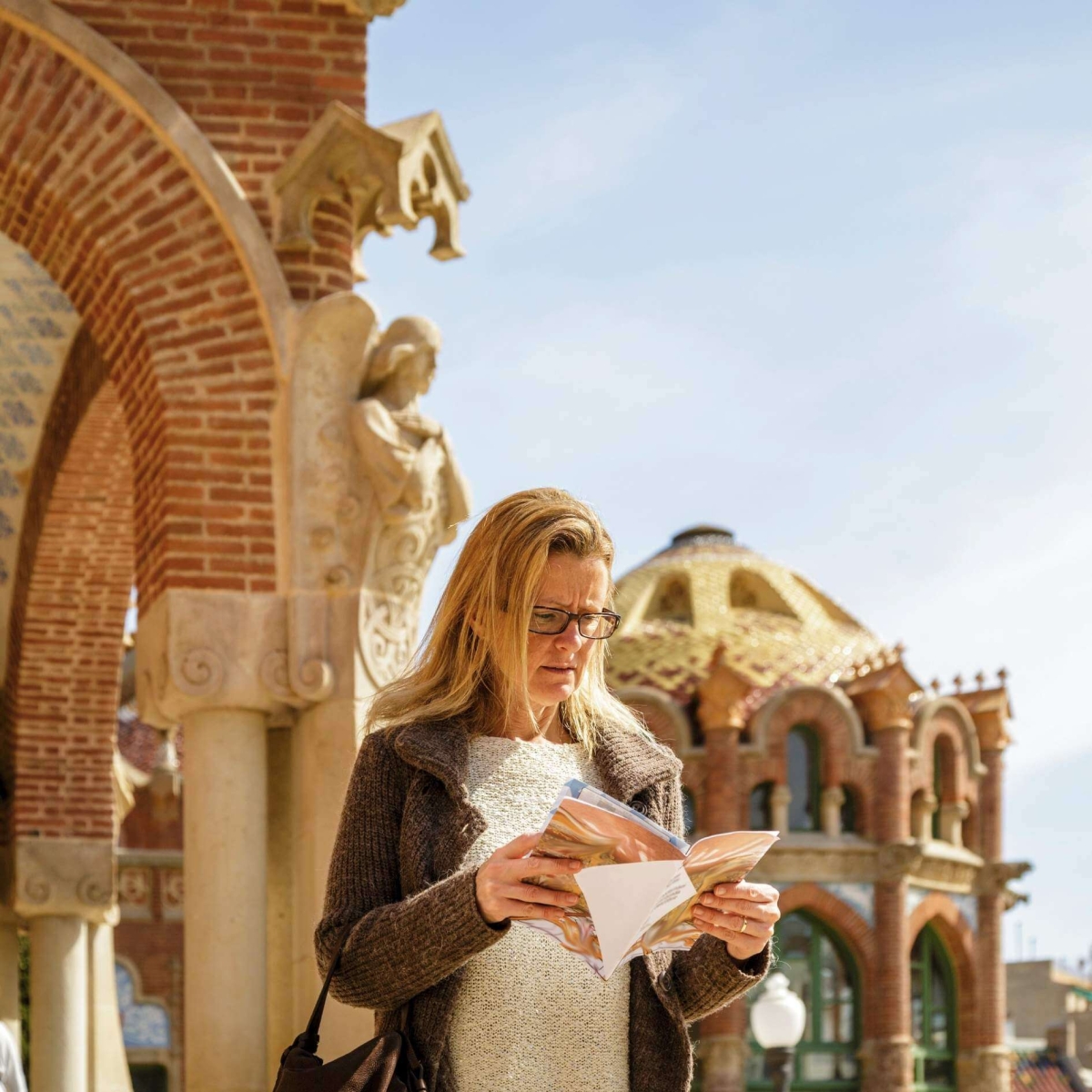
Hospital de Sant Pau-Barcelona
Connecting with Local Guides
Enhance your visit by hiring a local tour guide from PRIVATE GUIDE WORLD. A local guide can provide personalized insights, answer questions, and share stories that bring the history and architecture of Hospital de Sant Pau to life. They can also recommend other nearby attractions and hidden gems in Barcelona.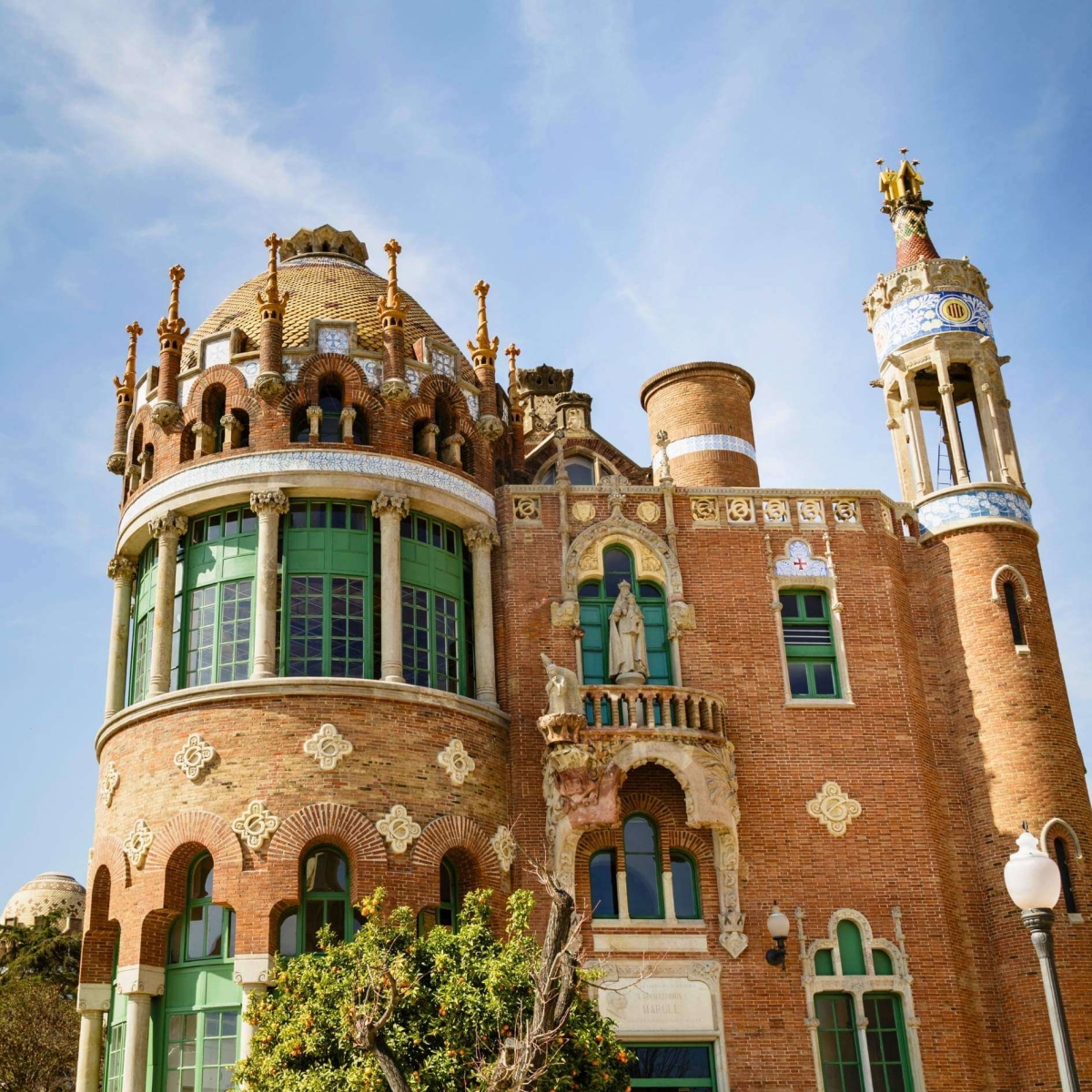
Hospital de Sant Pau, Barcelona
Hospital de Sant Pau is more than just a historic hospital; it is a testament to the visionary architecture of Lluís Domènech i Montaner and a symbol of Barcelona’s rich cultural heritage. Whether you are an architecture enthusiast, a history buff, or simply looking for a unique experience, a visit to Hospital de Sant Pau is an enriching addition to your Barcelona itinerary.
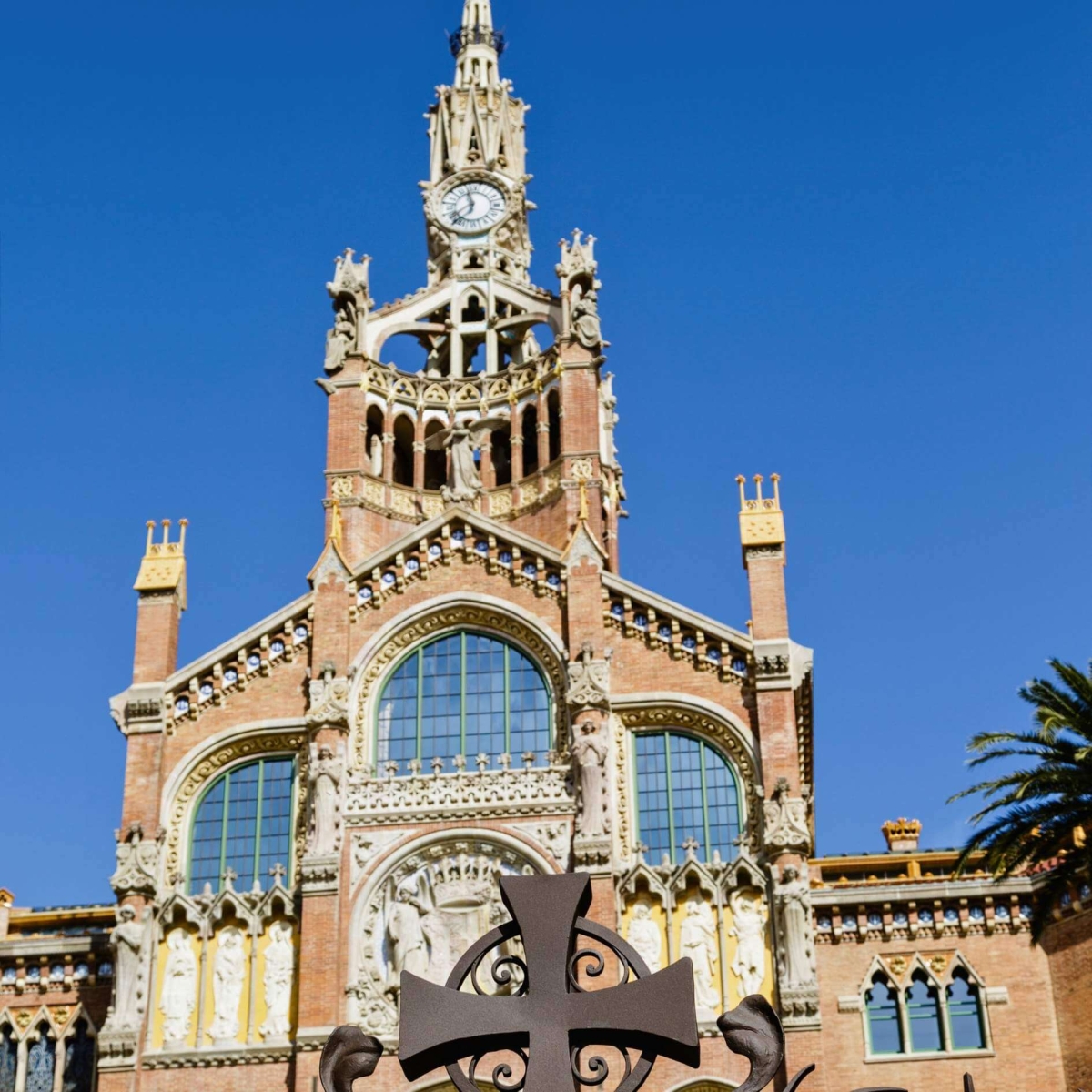
Hospital de Sant Pau, Barcelona
Poble Espanyol
Poble Espanyol, or the "Spanish Village," is an open-air architectural museum located on Montjuïc Hill in Barcelona. Constructed for the 1929 Barcelona International Exposition, this unique attraction showcases the diverse architectural styles and cultural traditions of different regions of Spain. Spread over 49,000 square meters, Poble Espanyol offers a picturesque setting that includes replicas of traditional Spanish buildings, artisan workshops, cultural exhibits, and vibrant events, making it a must-visit destination for anyone interested in Spanish culture and history.
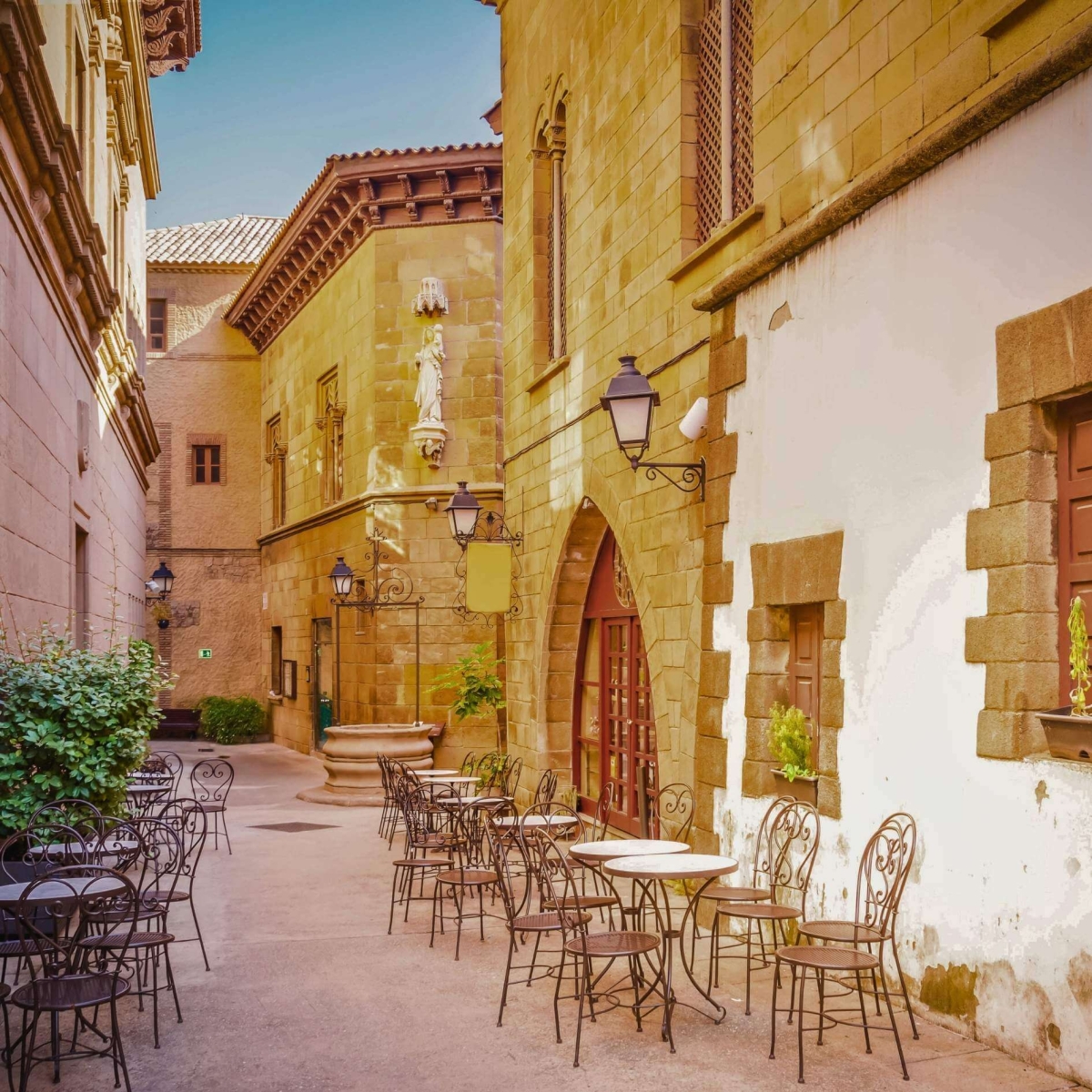
Poble Espanyol street, traditional architecture site in Barcelona, Catalonia, Spain
Historical Significance
Poble Espanyol was designed to provide visitors with a comprehensive overview of Spanish architecture and culture without having to travel across the country. The village features 117 full-scale buildings representing various regions, including Andalusia, Aragon, Castile, Catalonia, the Basque Country, and more. The meticulous construction and attention to detail reflect Spain's architectural diversity and regional distinctiveness, creating an immersive experience for visitors.
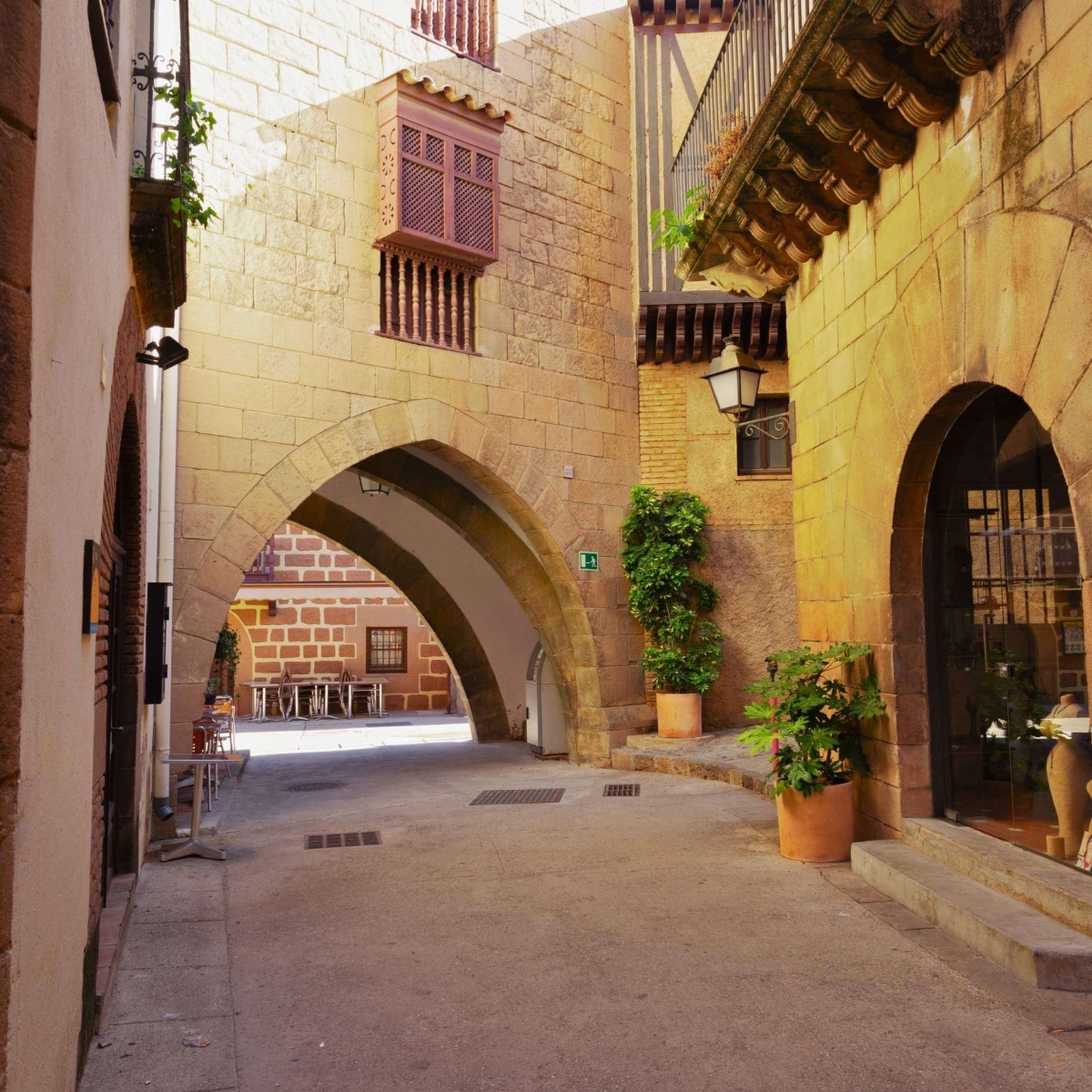
Poble Espanyol stone pedestrian small street, traditional architecture site in Barcelona, Catalonia, Spain
Architectural Highlights
Design and Layout
Poble Espanyol is designed to resemble a traditional Spanish village, complete with streets, squares, and buildings that accurately depict the architectural styles of different regions. The layout encourages leisurely exploration, allowing visitors to stroll through the various "neighborhoods" and discover the unique characteristics of each region.
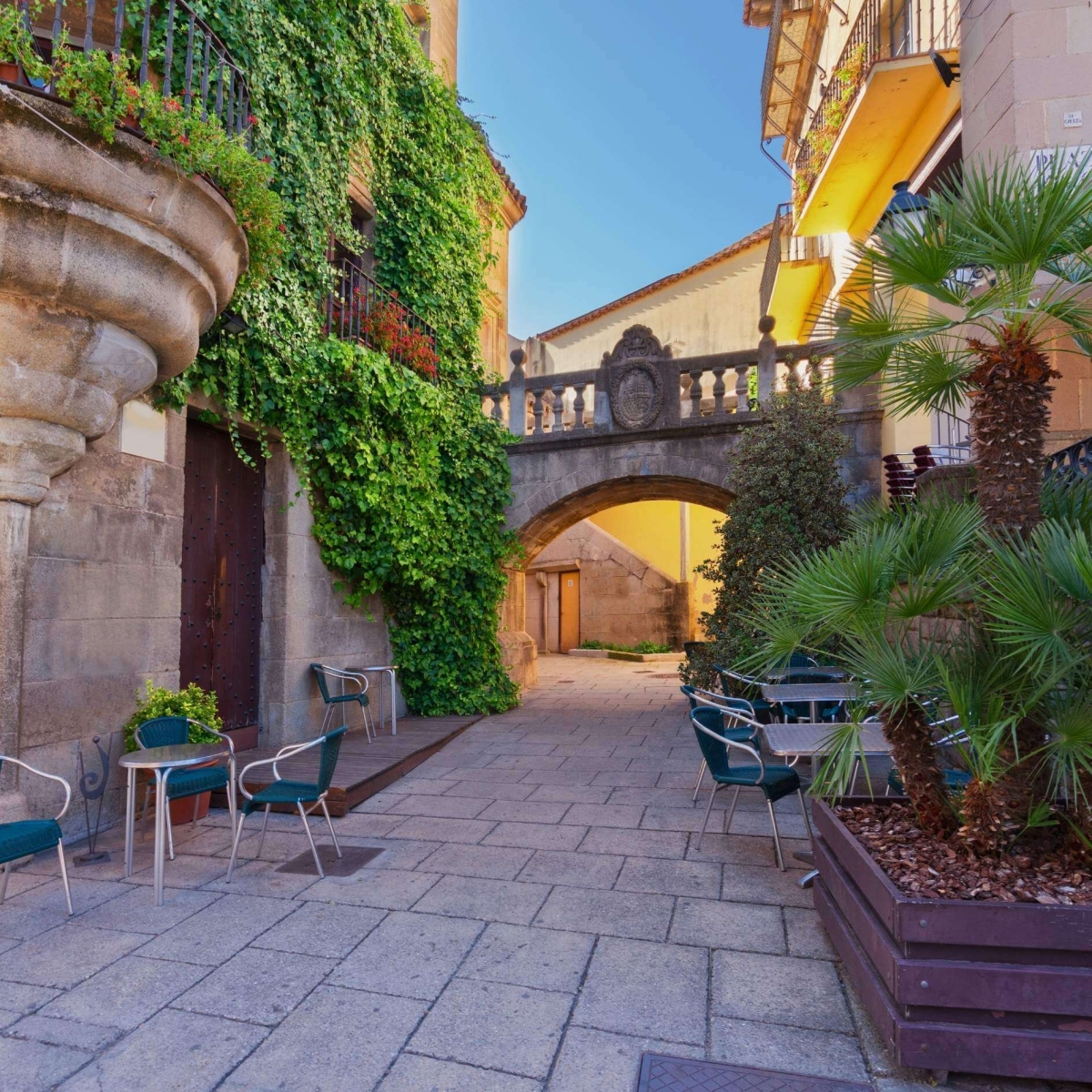
Poble Espanyol, Barcelona
Key Buildings and Structures
- Entrance Gate (Puerta de San Vicente): This grand entrance, modeled after the gate of Avila, welcomes visitors into the village.
- Plaza Mayor: The central square, inspired by the typical plazas found in many Spanish towns, serves as the heart of Poble Espanyol and is often the site of events and performances.
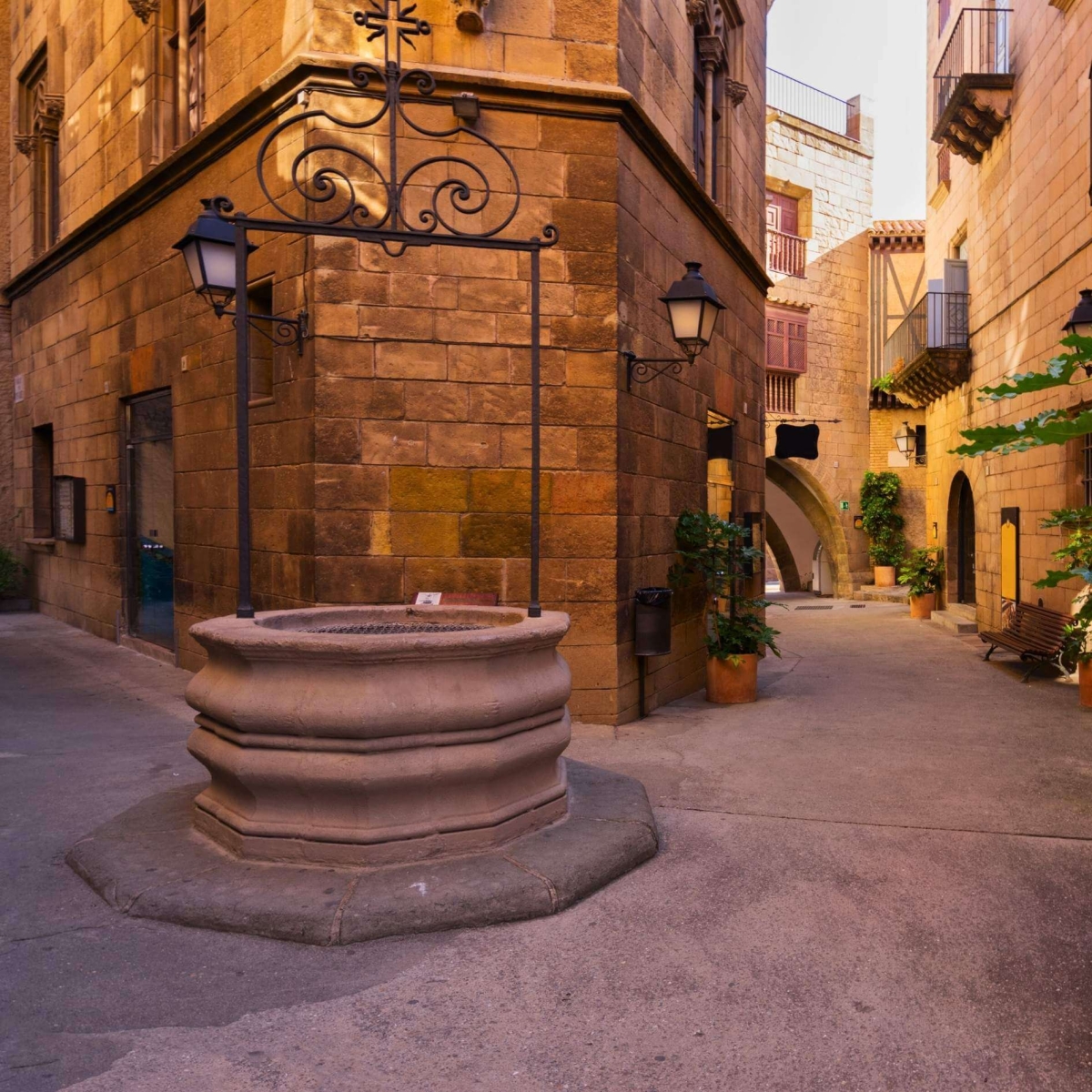
Poble Espanyol Pedestrian Street in Barcelona
- Monastery of Sant Miquel: A replica of a Romanesque monastery, providing insight into medieval Spanish architecture.
- Andalusian Quarter: Featuring whitewashed buildings, narrow streets, and decorative tiles, this section captures the essence of southern Spain.
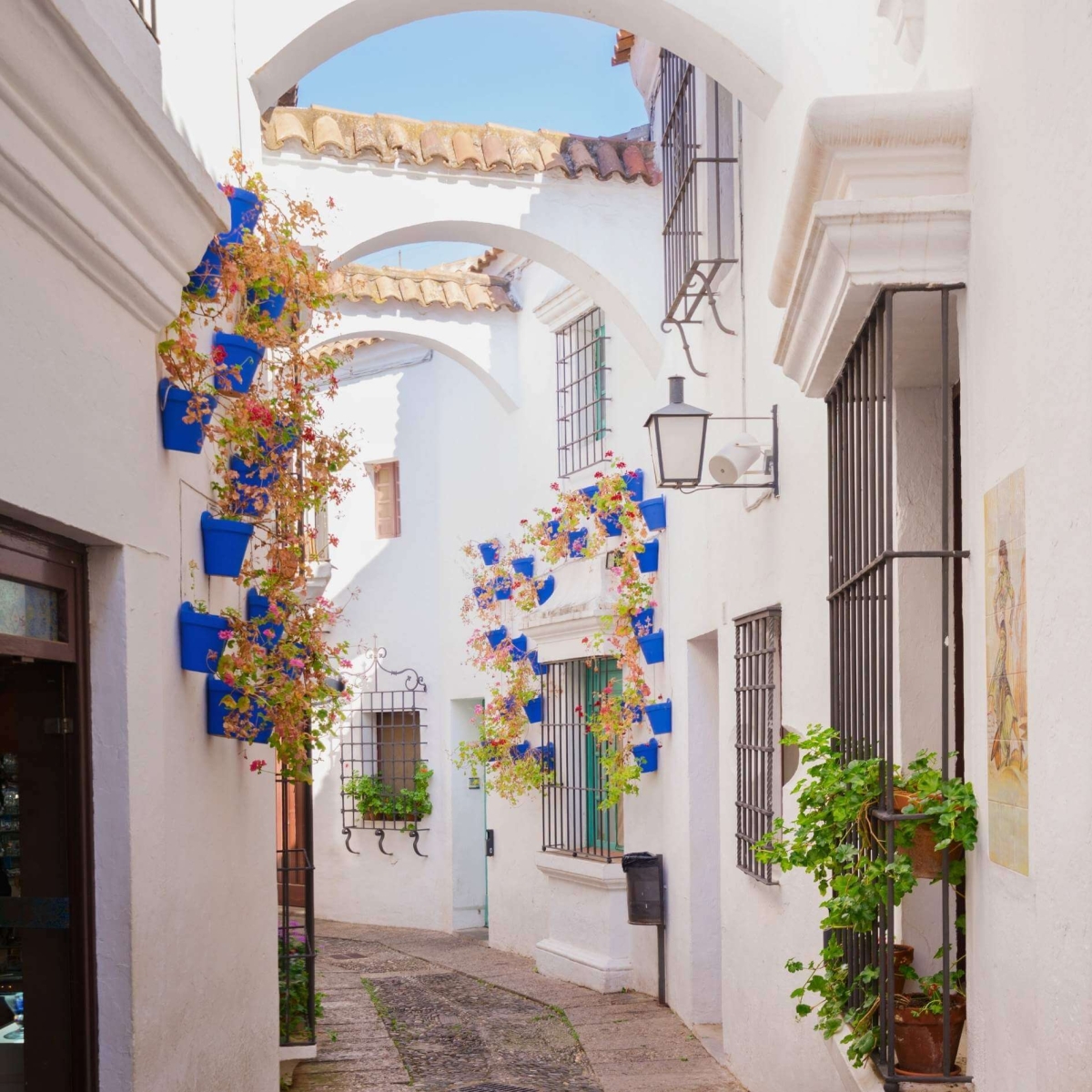
Poble Espanyol street, with traditional for Andalusia white walls, Barcelona, Catalonia, Spain
Artisan Workshops and Cultural Exhibits
Poble Espanyol is home to over 20 artisan workshops where visitors can observe traditional craftspeople at work. These artisans produce ceramics, glassware, leather goods, jewelry, and more. Many workshops offer demonstrations, and visitors can purchase unique, handcrafted items directly from the makers.
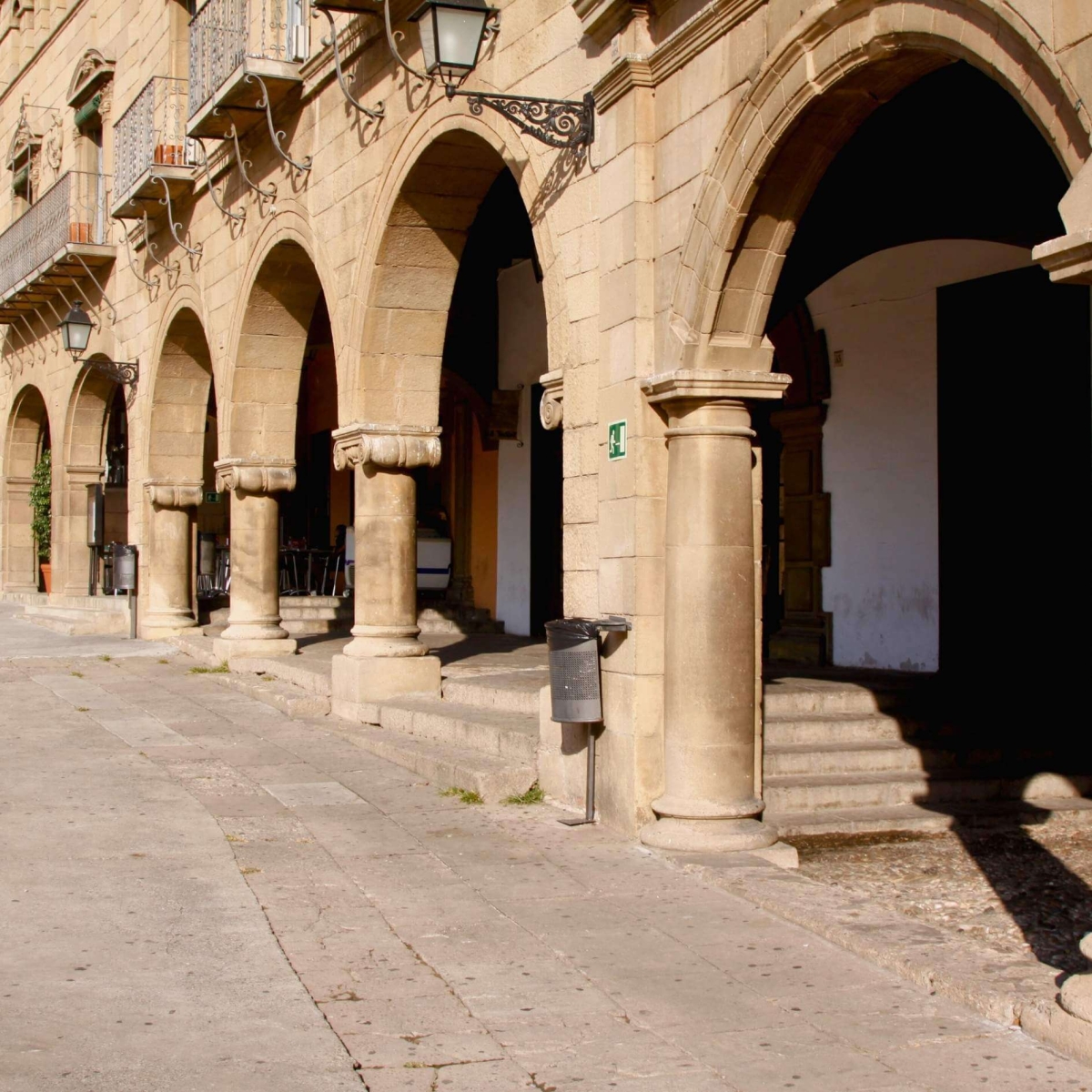
Poble Espanyol in Barcelona, Spain
The museum also hosts cultural exhibits that showcase Spanish traditions, such as flamenco dance, regional festivals, and traditional cuisine. Interactive exhibits and multimedia presentations enhance the educational experience, making it suitable for visitors of all ages.
Events and Activities
Poble Espanyol is known for its lively events and activities, which highlight the rich cultural tapestry of Spain. Some of the notable events include:
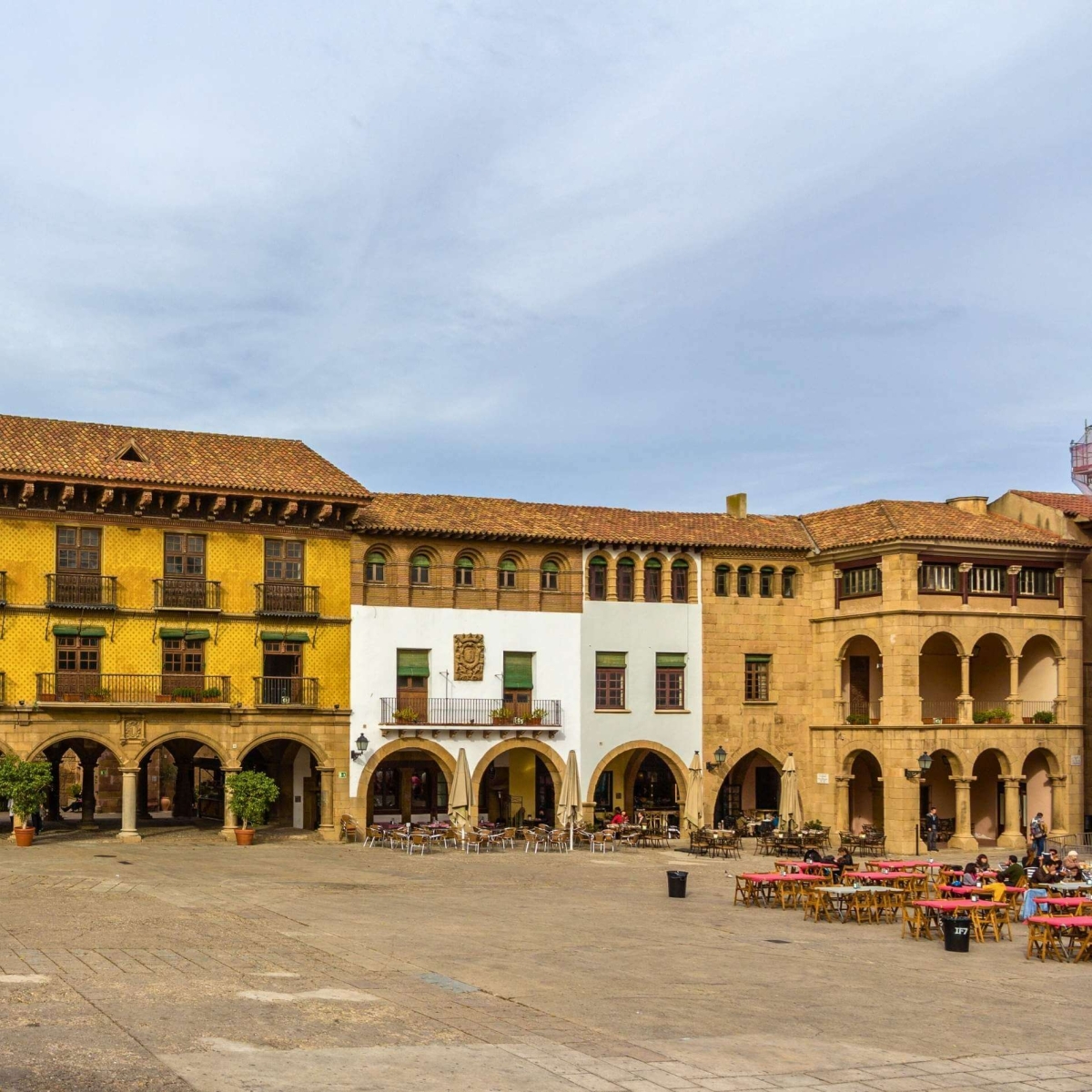
Plaza Mayor in Poble Espanyol - Barcelona
- Flamenco Shows: Regular performances that showcase the passion and artistry of this traditional Spanish dance.
- Gastronomic Festivals: Events that celebrate Spanish cuisine, offering visitors the chance to sample regional dishes and wines.
- Seasonal Celebrations: Festivities such as Christmas markets, summer night events, and special holiday programs that bring the village to life.
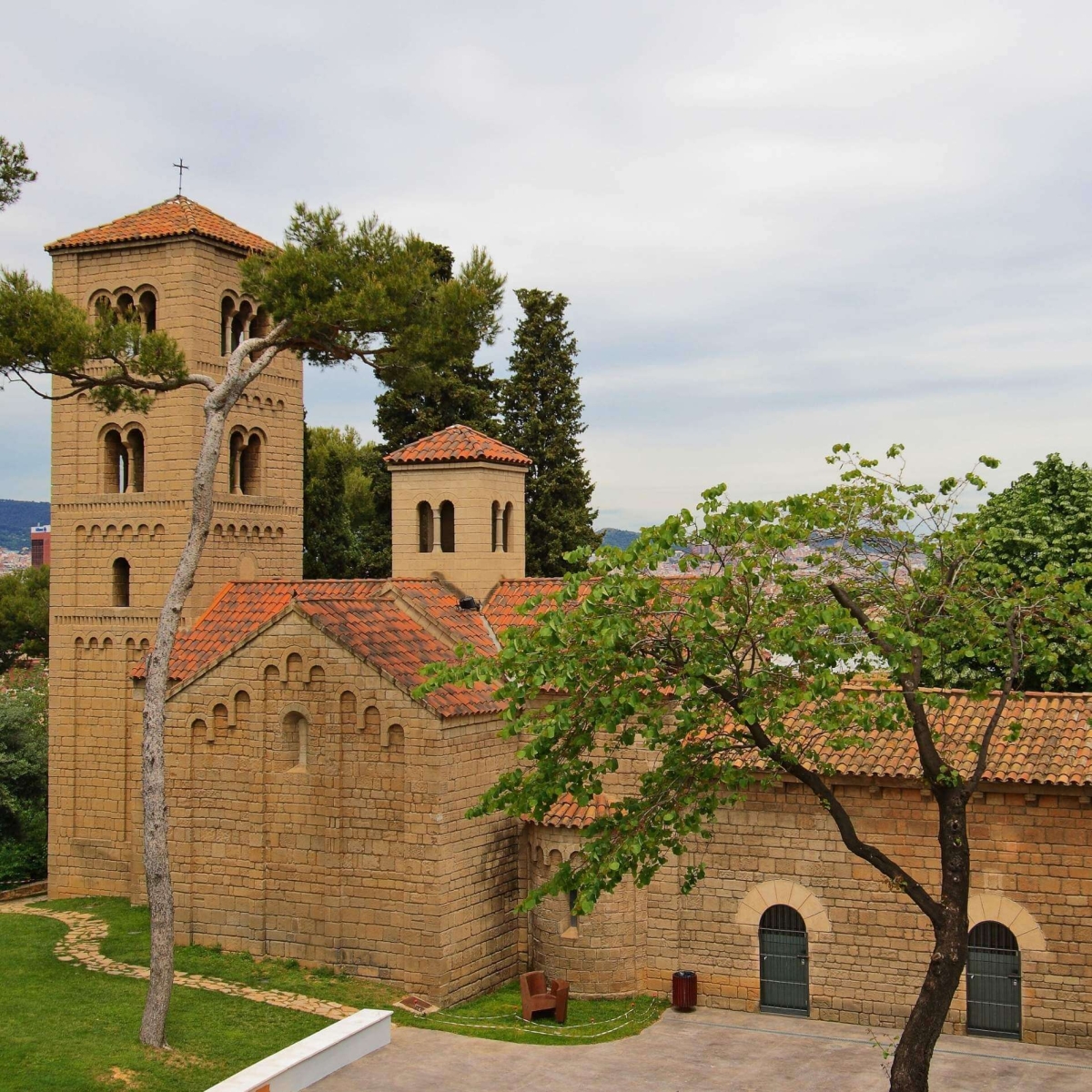
Roman church in Poble Espanyol, Barcelona
Poble Espanyol Exploration Tips
- Opening Hours: Poble Espanyol is open daily, with extended hours during summer and for special events. Check the official website for current hours and event schedules.
- Tickets: Tickets can be purchased online or at the entrance. For added value, look for combination tickets that include access to other attractions on Montjuïc Hill.
- Accessibility: The village is wheelchair accessible, with ramps and elevators available in critical areas.
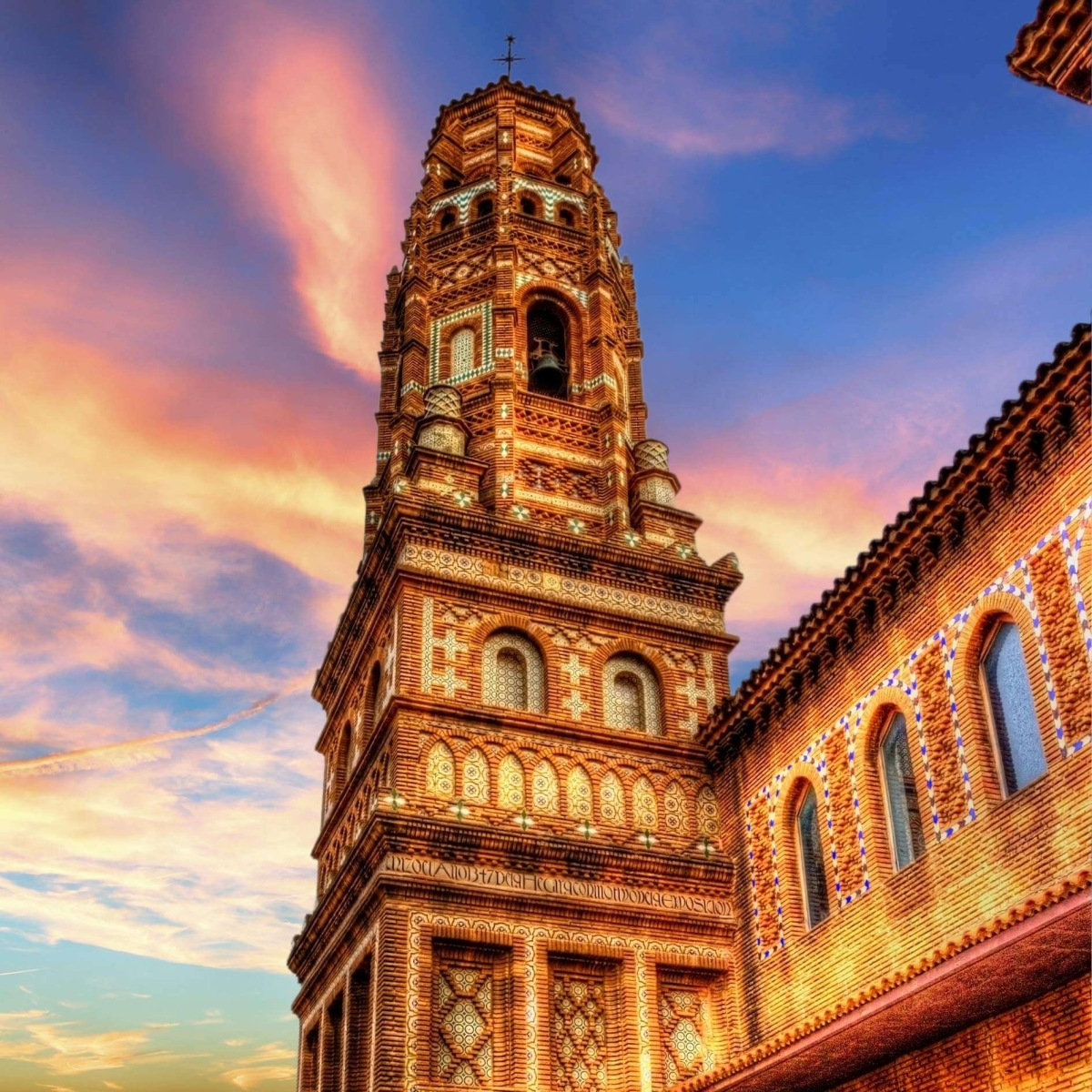
Replica of Torre d'Utebo (Zaragoza) in Poble Espanyol, Barcelona
Dining and Shopping
Poble Espanyol features a variety of dining options, from traditional Spanish tapas bars to full-service restaurants. Enjoy a meal or a drink at one of the many terraces while soaking in the charming ambiance. Additionally, the village has numerous shops offering souvenirs, handcrafted items, and regional specialties, providing an excellent opportunity to take home a piece of Spanish culture.
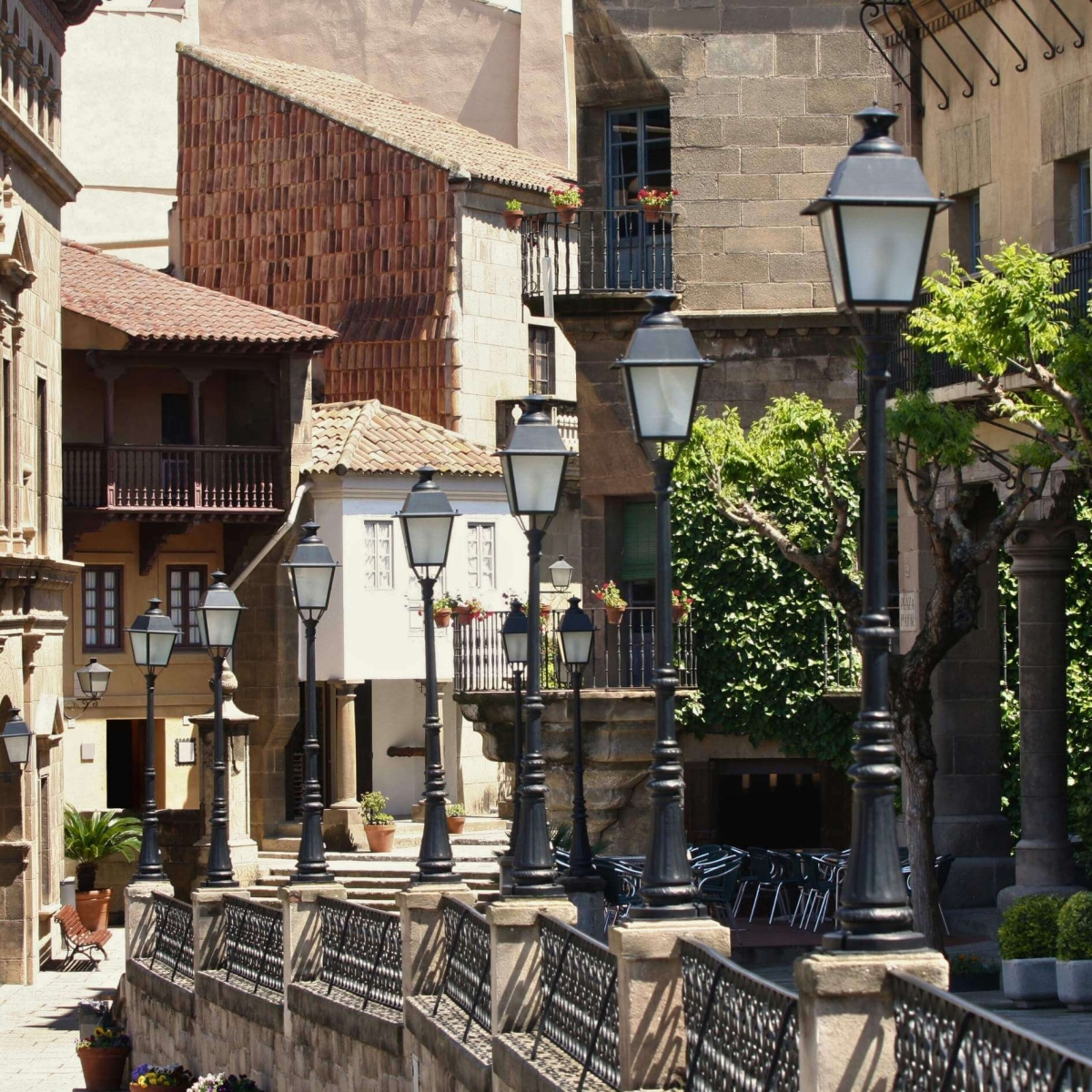
Poble Espanyol, a Spanish village in Barcelona, Spain
Connecting with Local Guides
To enhance your visit, consider hiring a local tour guide from PRIVATE GUIDE WORLD. A guide can provide in-depth knowledge about the architectural styles, cultural traditions, and historical context of Poble Espanyol, enriching your experience and ensuring you don’t miss any highlights.
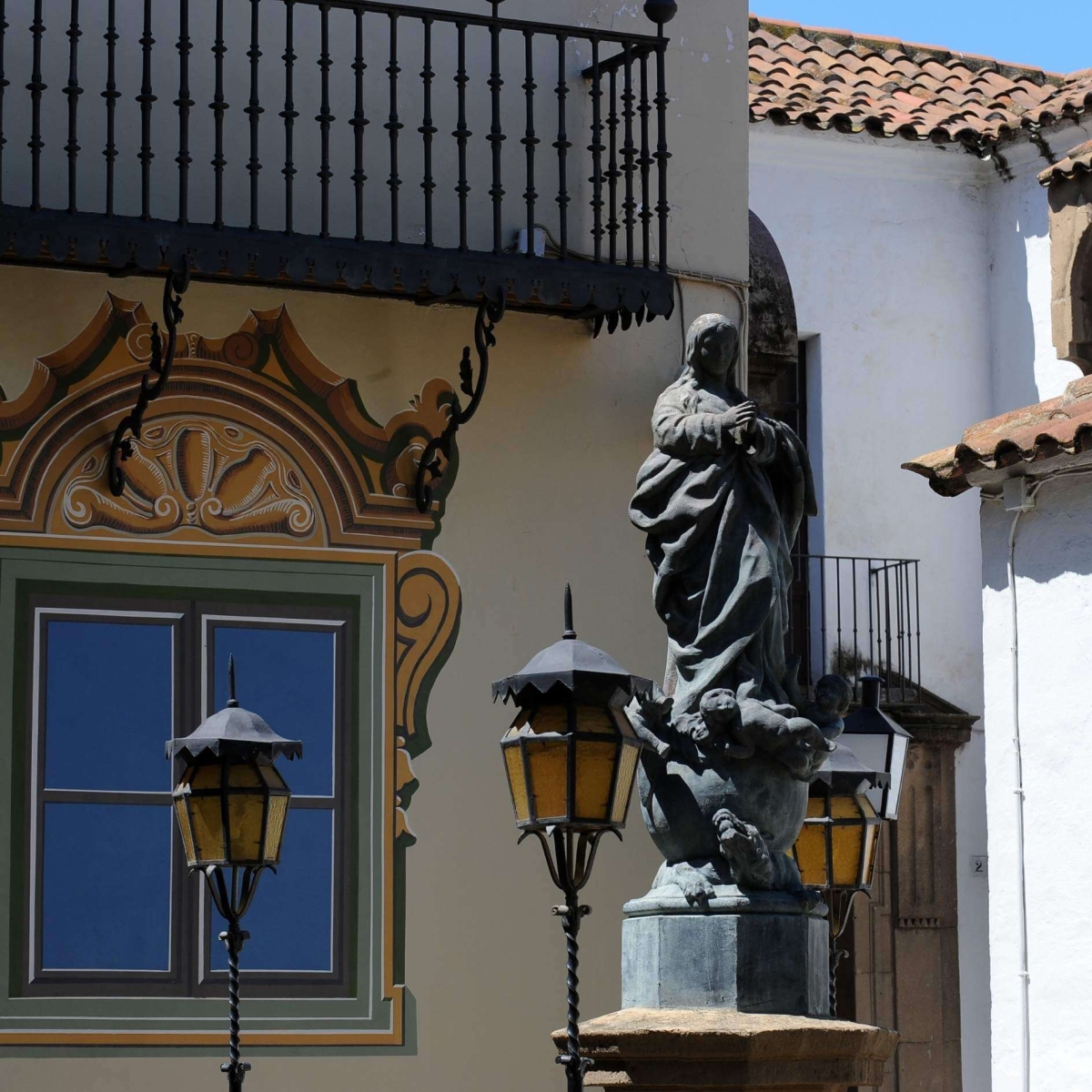
This is a mini Spanish village, built for the International Fair of 1929, and located on Montjuic ('the mount of the Jews') in Barcelona. It was supposed to be torn down after the fair, but sanity prevailed, and it was turned into a tourist attraction instead
Poble Espanyol is a captivating journey through the architectural and cultural diversity of Spain, all within the confines of a single village. Whether you’re an architecture aficionado, a culture enthusiast, or simply looking for a unique experience in Barcelona, Poble Espanyol offers a rich and immersive exploration of Spain’s regional identities. Plan your visit and discover the charm and beauty of this exceptional open-air museum.
Labyrinth Park of Horta
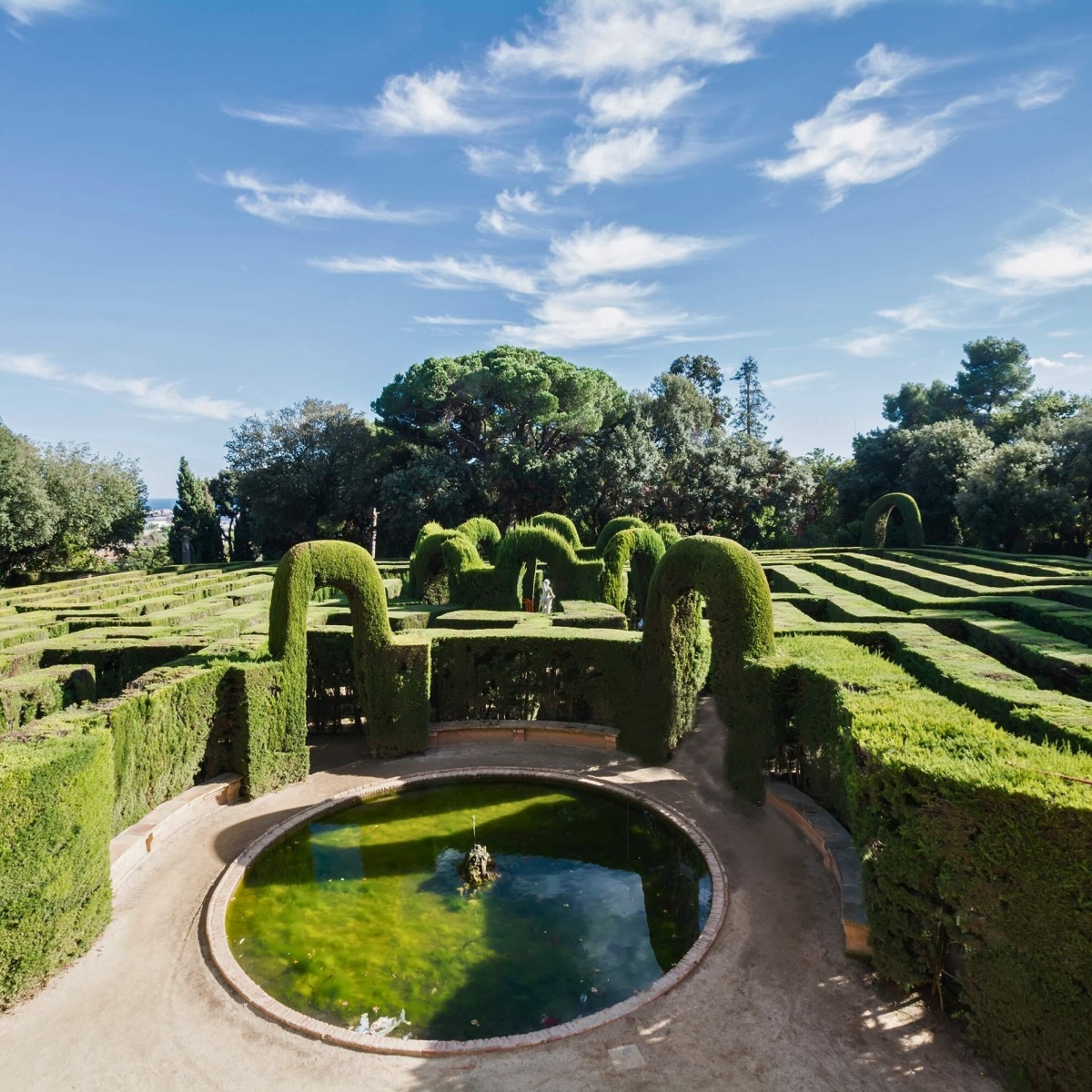
Labyrinth Park of Horta, sometimes named Laberint Horta Gardens is an historical garden in the Horta-Guinardó district in Barcelona, and the oldest of its kind in the city
The Labyrinth Park of Horta, or "Parc del Laberint d'Horta," is Barcelona's oldest garden and a hidden gem located in the Horta-Guinardó district. This historic park, which dates back to the late 18th century, spans over nine hectares and features a neoclassical garden, a romantic garden, and, most famously, a labyrinth. The park is an oasis of tranquility, offering visitors a peaceful escape from the hustle and bustle of the city. Its beautifully landscaped grounds, artistic sculptures, and intricate maze make it a perfect destination for nature lovers and those seeking a serene retreat.
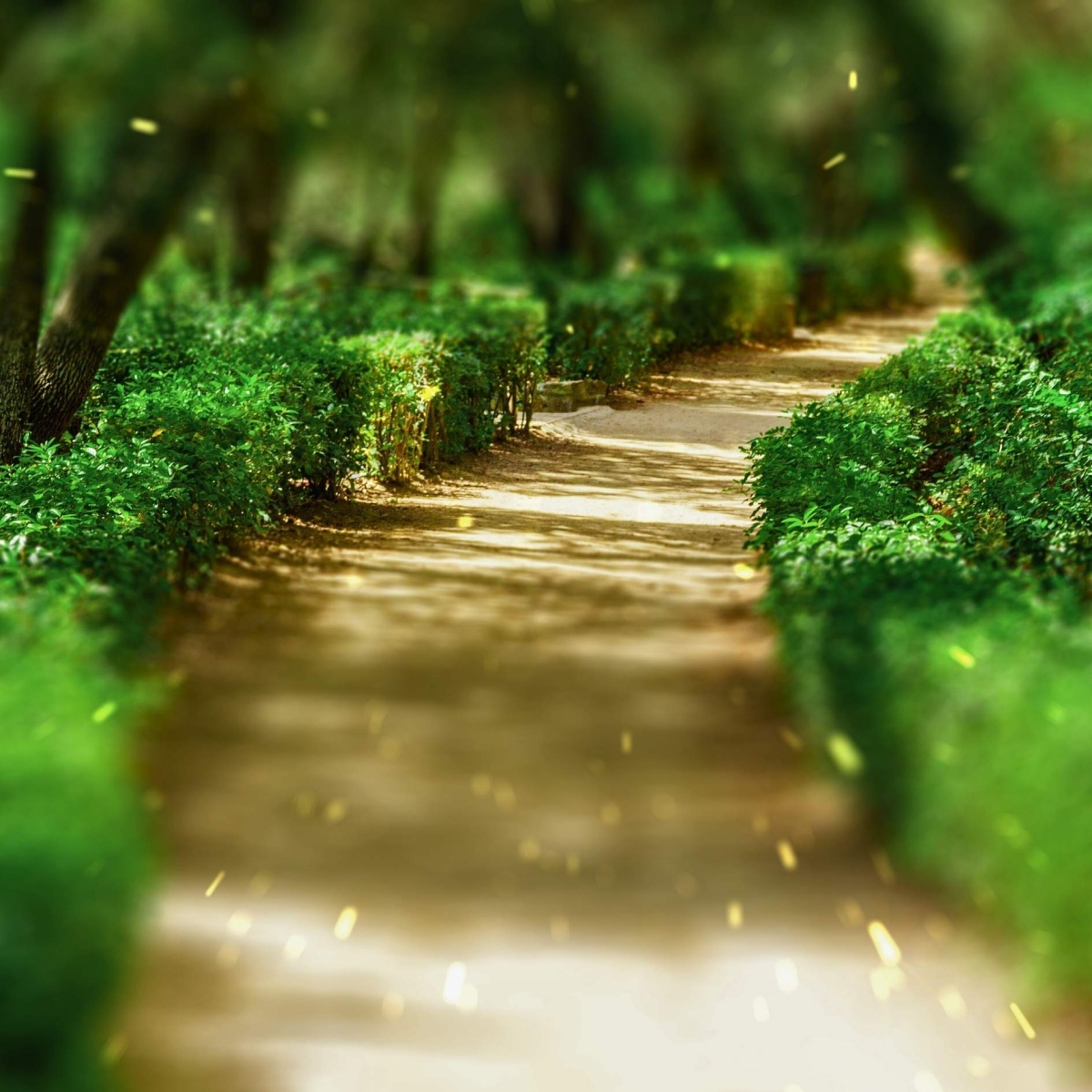
Labyrinth Park of Horta in Barcelona
Historical Significance
The Labyrinth Park of Horta was commissioned by Joan Antoni Desvalls, Marqués de Llupià, in 1791. The design was a collaborative effort between Italian architect Domenico Bagutti and French gardener Joseph Delvalet. Initially created as a neoclassical garden, it was later expanded in the 19th century with the addition of a romantic garden. The park remained in the Desvalls family until 1967, when it was acquired by the city of Barcelona and opened to the public.
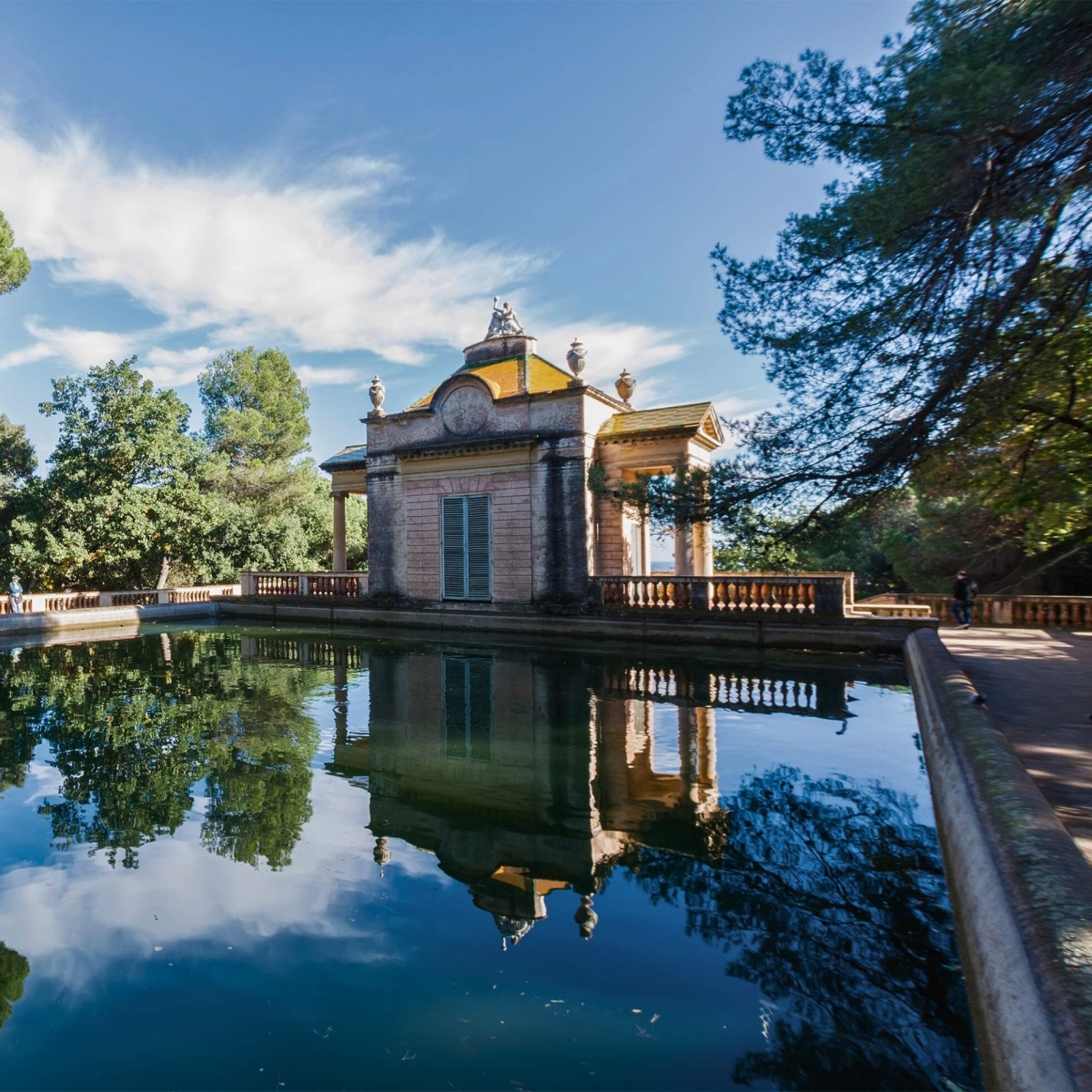
Labyrinth Park Gardens of Horta, Barcelona, Spain
Architectural and Botanical Highlights
The Labyrinth
The centerpiece of the park is the labyrinth, a cypress hedge maze that spans approximately 750 meters. The labyrinth symbolizes the classical myth of Theseus and the Minotaur. At the entrance of the maze, visitors encounter a relief depicting Ariadne giving Theseus the thread to find his way out. Navigating the maze is a delightful challenge, leading to the central pavilion, where a statue of Eros, the Greek god of love, stands.
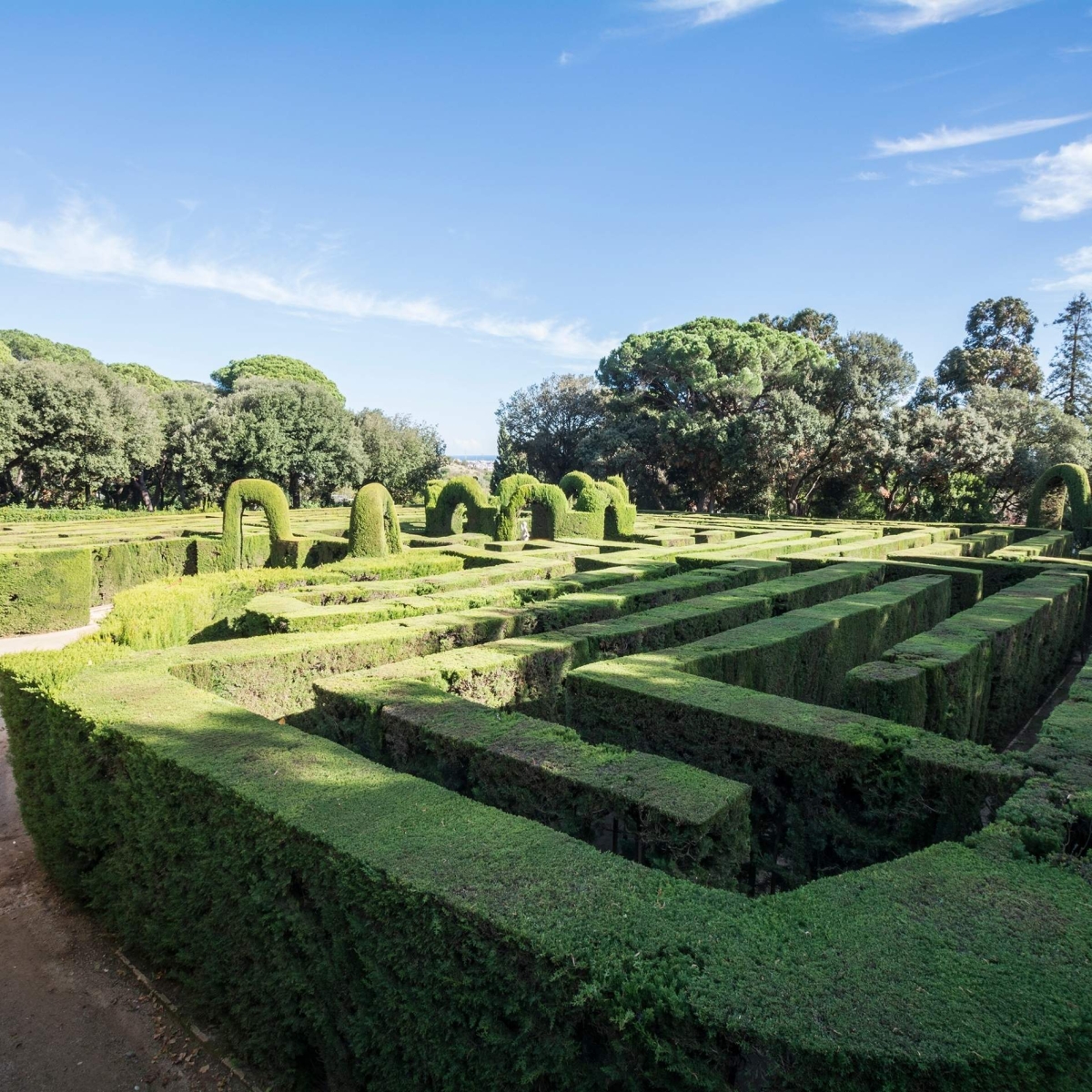
Labyrinth Park of Horta, Barcelona, Spain
Neoclassical Garden
The neoclassical garden is characterized by its symmetry, classical sculptures, and geometrically arranged flowerbeds. Highlights include:
- Pavilion of the Nine Muses: Situated at the park's entrance, this pavilion is adorned with statues representing the nine Muses of Greek mythology.
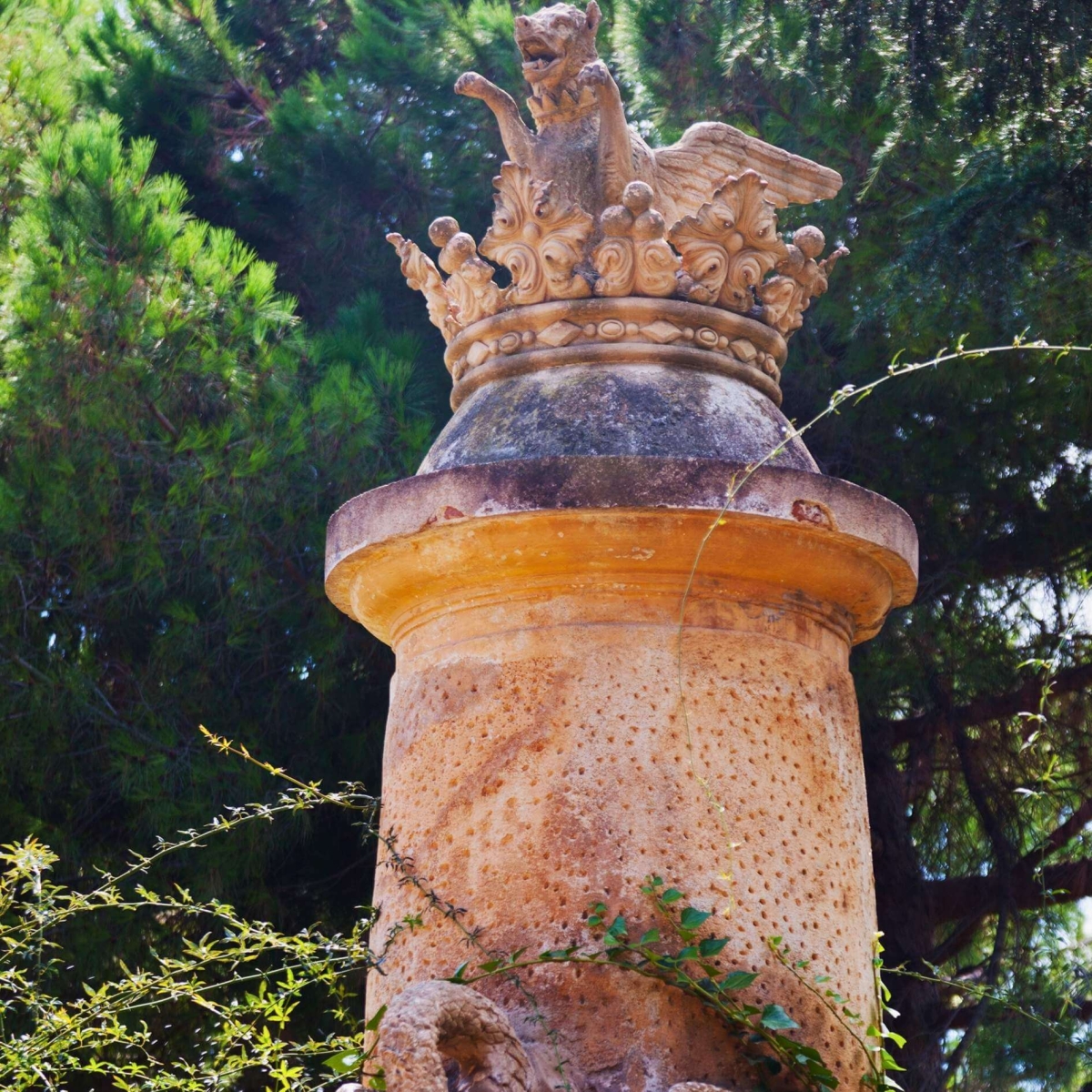
Sculpture at Labyrinth Park of Horta in Barcelona
- Temple of Danae: A small temple dedicated to the mythological figure Danae, offering a serene spot to rest and enjoy the surroundings.
- Pavilion of Echo and Narcissus: Located near the labyrinth, this pavilion features statues of Echo and Narcissus, adding to the mythological ambiance of the garden.
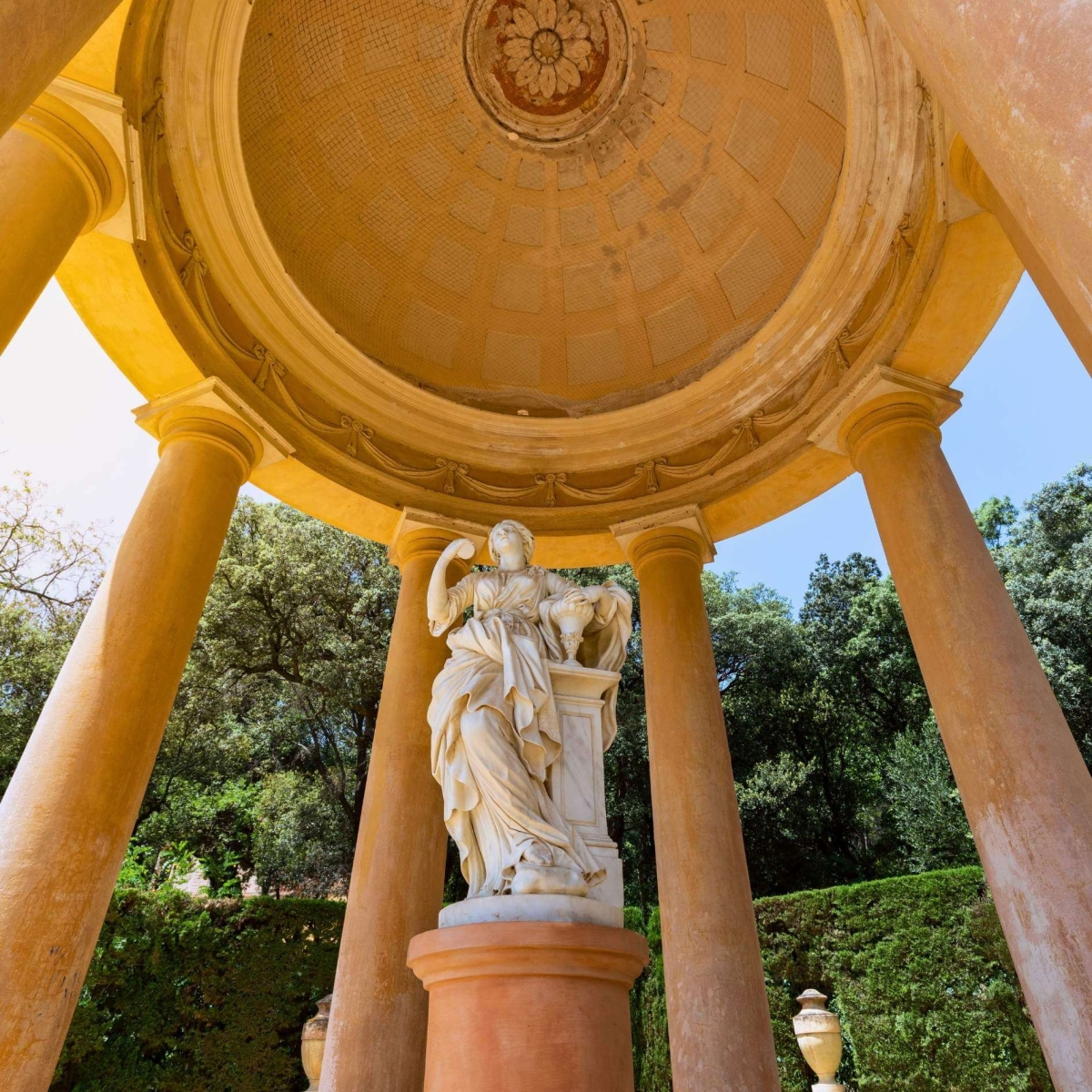
Pavilion with sculpture in Park of the Labyrinth of Horta (Parc del Laberint d'Horta) in Barcelona, Spain
Romantic Garden
The romantic garden, added in the 19th century, contrasts with the formal neoclassical design. It features winding paths, dense vegetation, and more secluded areas. Key elements include:
- Water Features: The romantic garden is dotted with small ponds, waterfalls, and fountains, creating a tranquil and enchanting atmosphere.
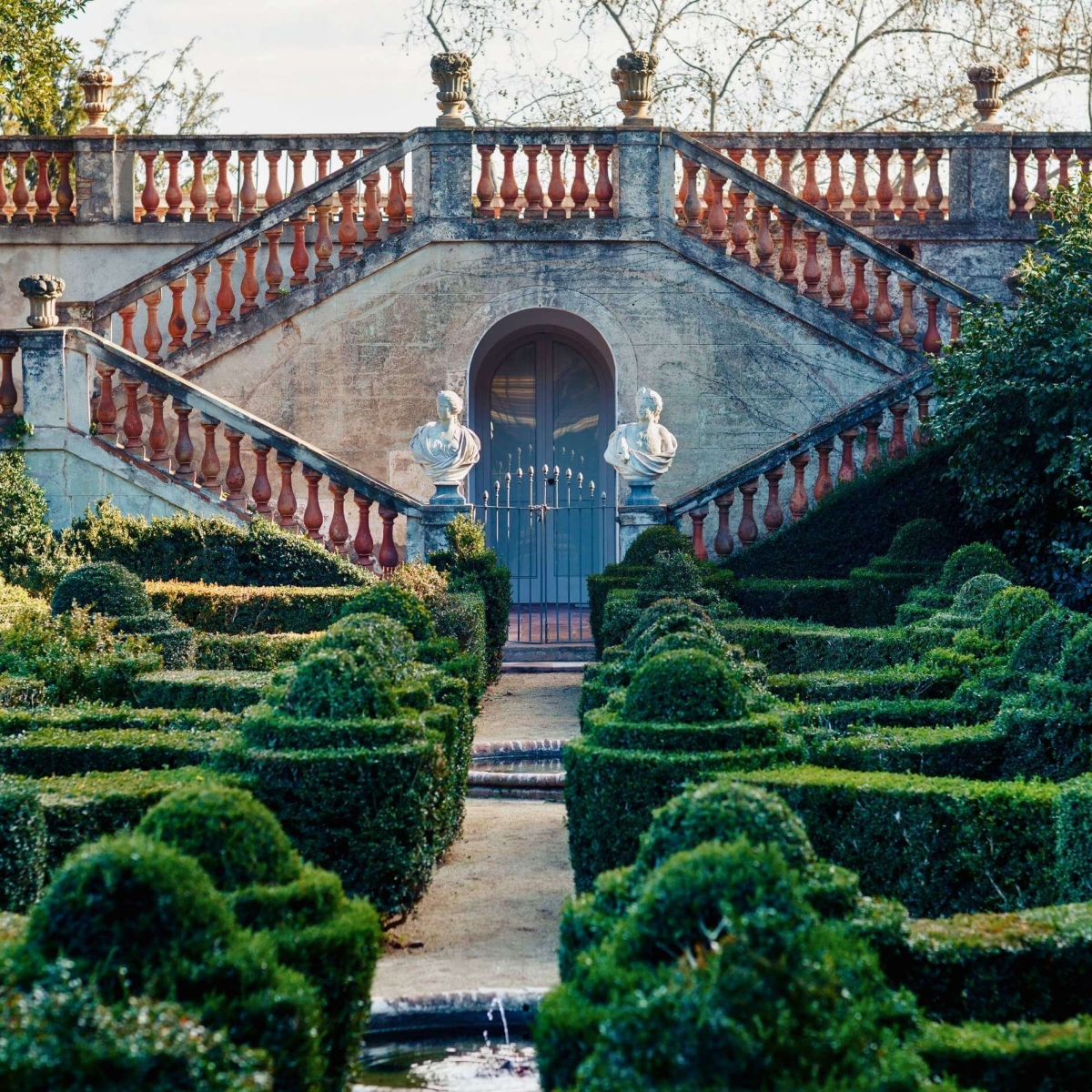
Desvalls Palace at Labyrinth Park
- Rustic Bridge and Grotto: These elements enhance the romantic feel, offering picturesque spots for quiet contemplation or photography.
The Desvalls Palace
Adjacent to the gardens is the Desvalls Palace, a historic mansion that reflects various architectural styles, including Gothic and Moorish influences. Although the palace is not always open to the public, its exterior adds to the historical charm of the park.
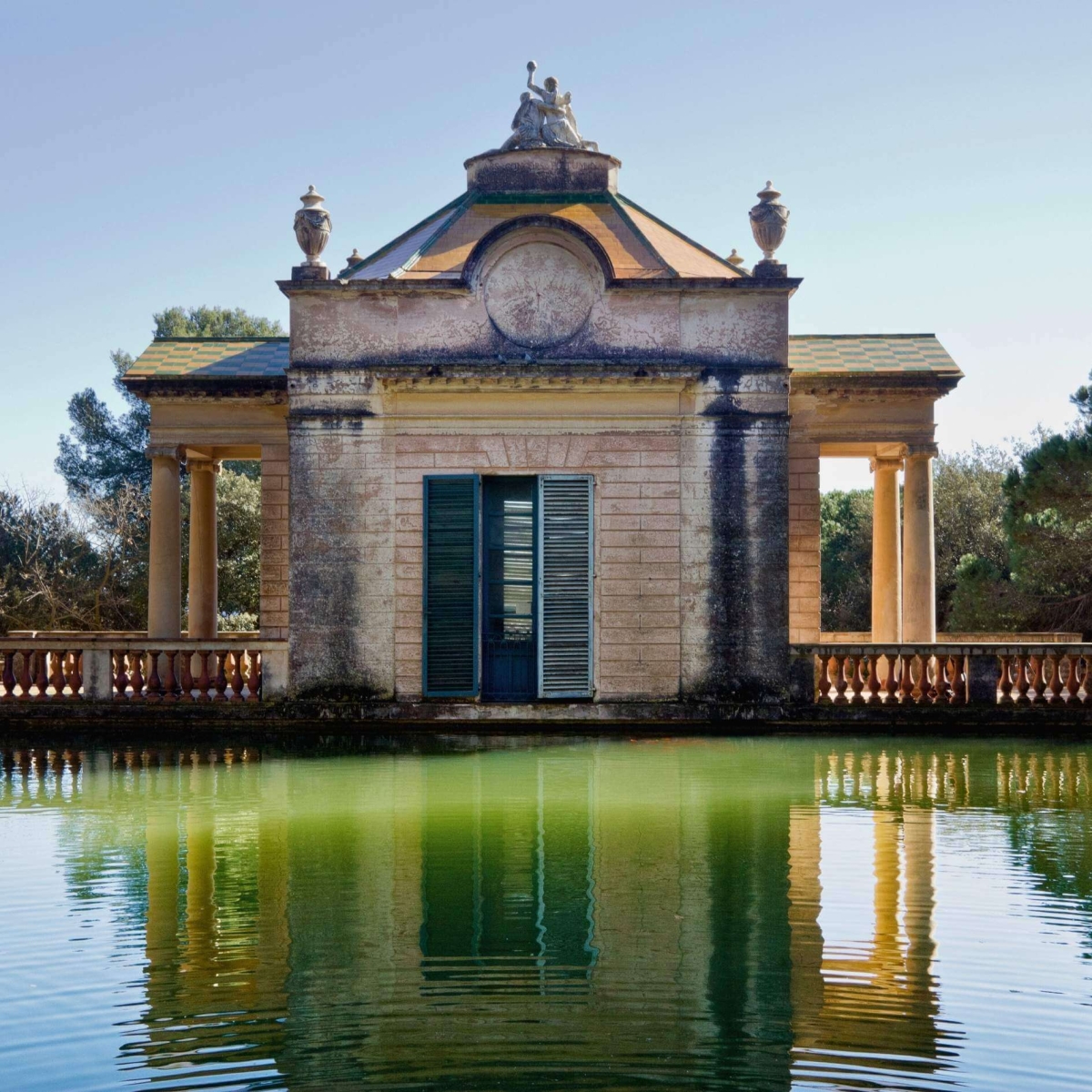
Old pavilion with pond water in Horta Labyrinth, Barcelona City, Catalonia, Spain
Labyrinth Park of Horta Exploration Tips
- Opening Hours: The park's opening hours vary depending on the season, so it's best to check the official website before your visit.
- Tickets: Entrance to the park is very affordable, and on certain days, admission is free. It’s advisable to check for any changes or special events.
- Accessibility: The park is partially accessible to visitors with reduced mobility. However, the terrain may make some areas, notably the labyrinth, challenging.
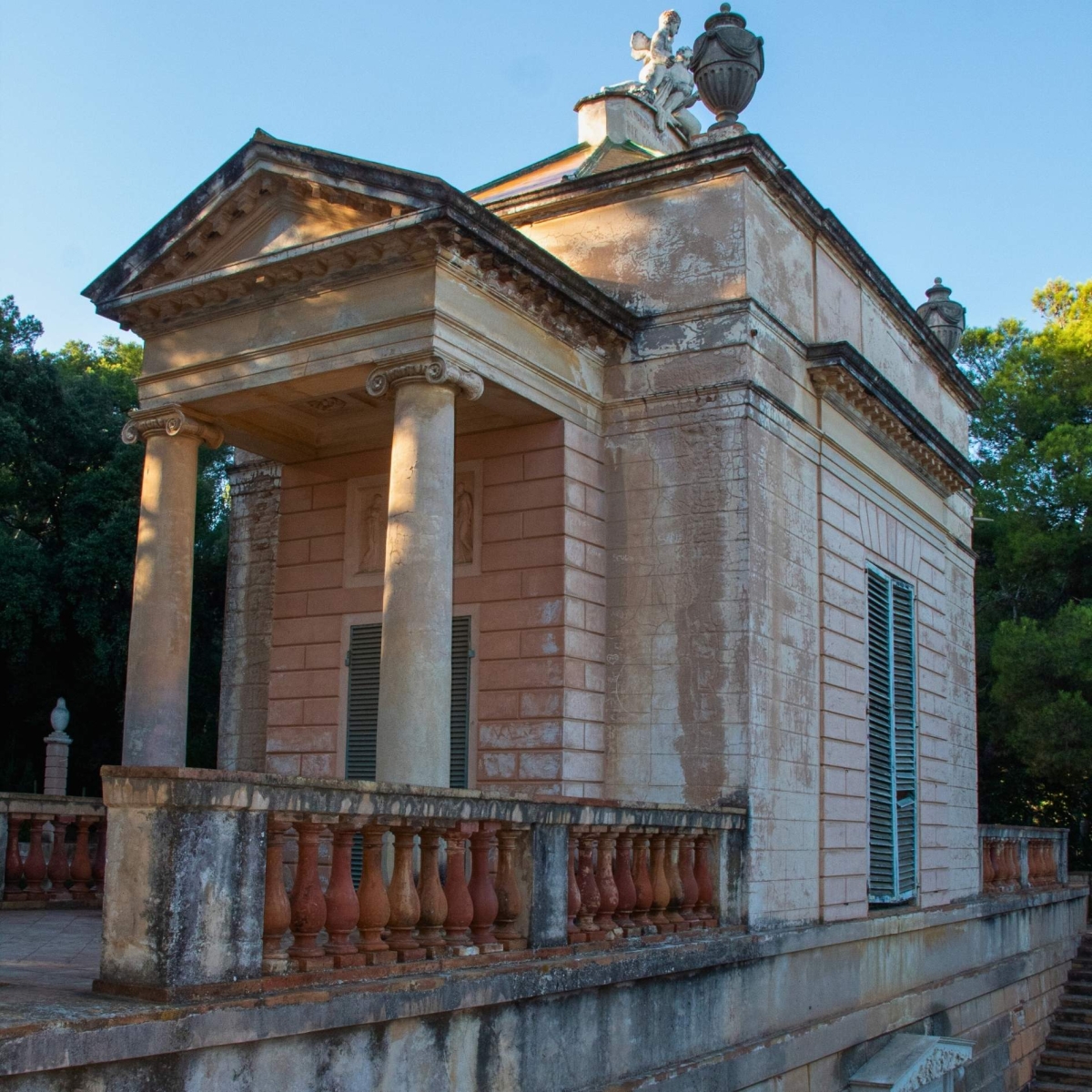
Neoclassical pavilion of Carlos IV and a square pond in the Horta Labyrinth Park
Amenities and Facilities
The park features basic amenities, including restrooms and benches. There are no cafes or restaurants within the park, so bringing water and snacks is recommended, especially if you plan to spend an extended period exploring.
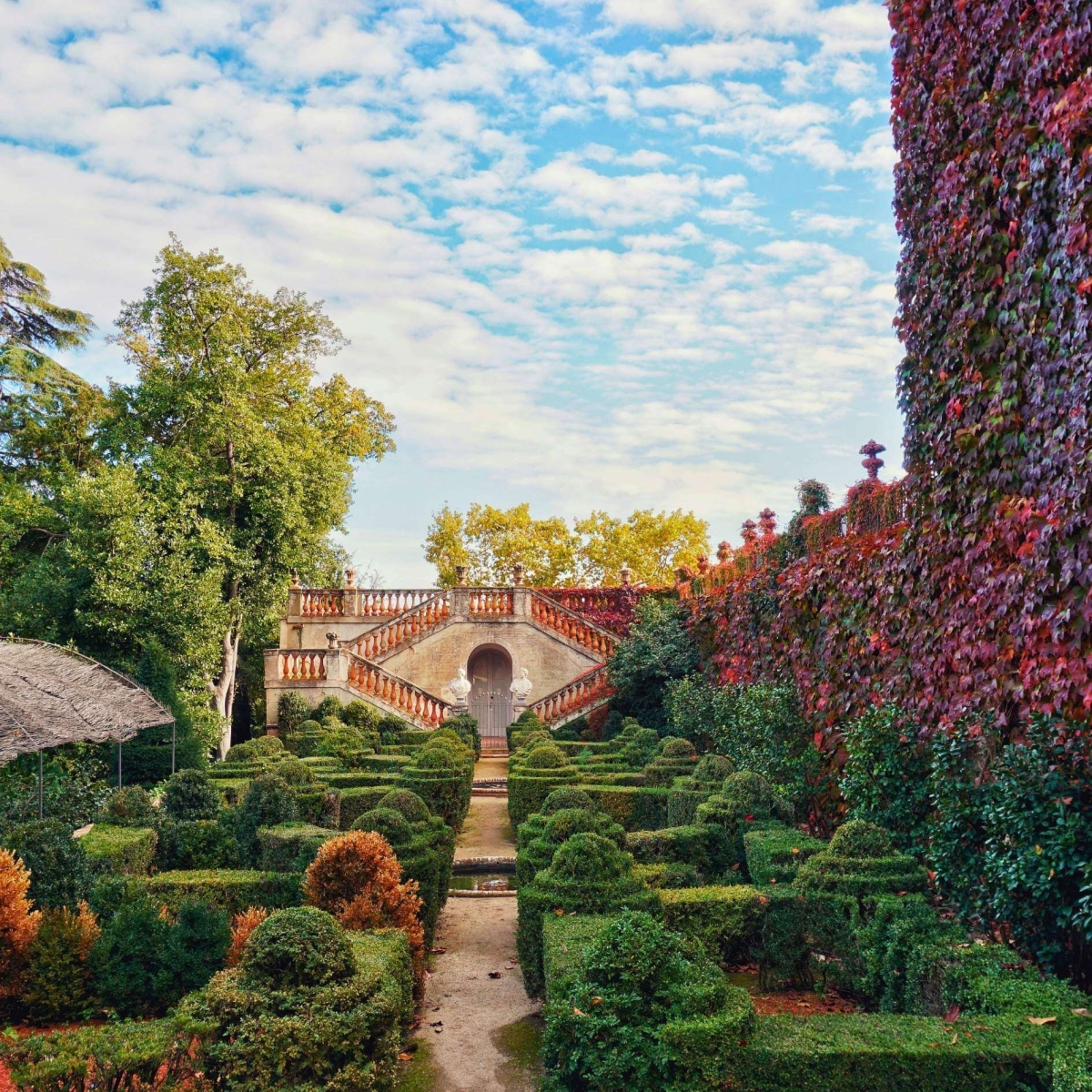
Beautiful photo of Labyrinth maze in Horta in Barcelona on a sunny day with some white clouds
Connecting with Local Guides
To deepen your understanding and appreciation of the park’s history and design, consider hiring a local tour guide from PRIVATE GUIDE WORLD. A guide can provide detailed insights into the myths, architecture, and botanical features of the park, enriching your visit with fascinating stories and historical context.
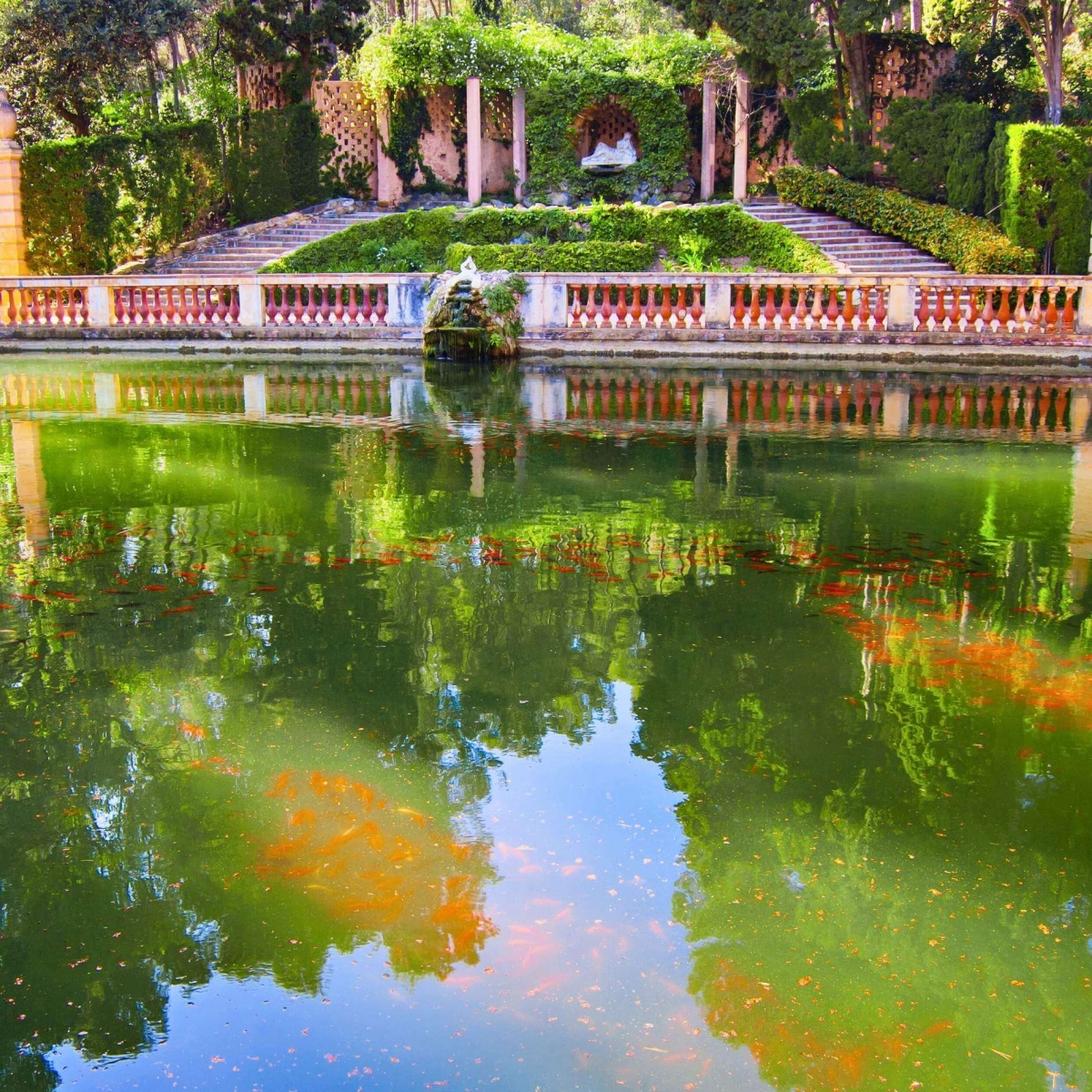
The Labyrinth Park, Barcelona
Labyrinth Park of Horta is a serene and historically rich destination that offers a unique blend of nature, art, and mythology. Whether you're navigating the intricate maze, exploring the neoclassical and romantic gardens, or simply enjoying the peaceful atmosphere, the park provides a refreshing escape from the city's hustle and bustle. Plan your visit to this enchanting green oasis and discover one of Barcelona's most charming hidden treasures.
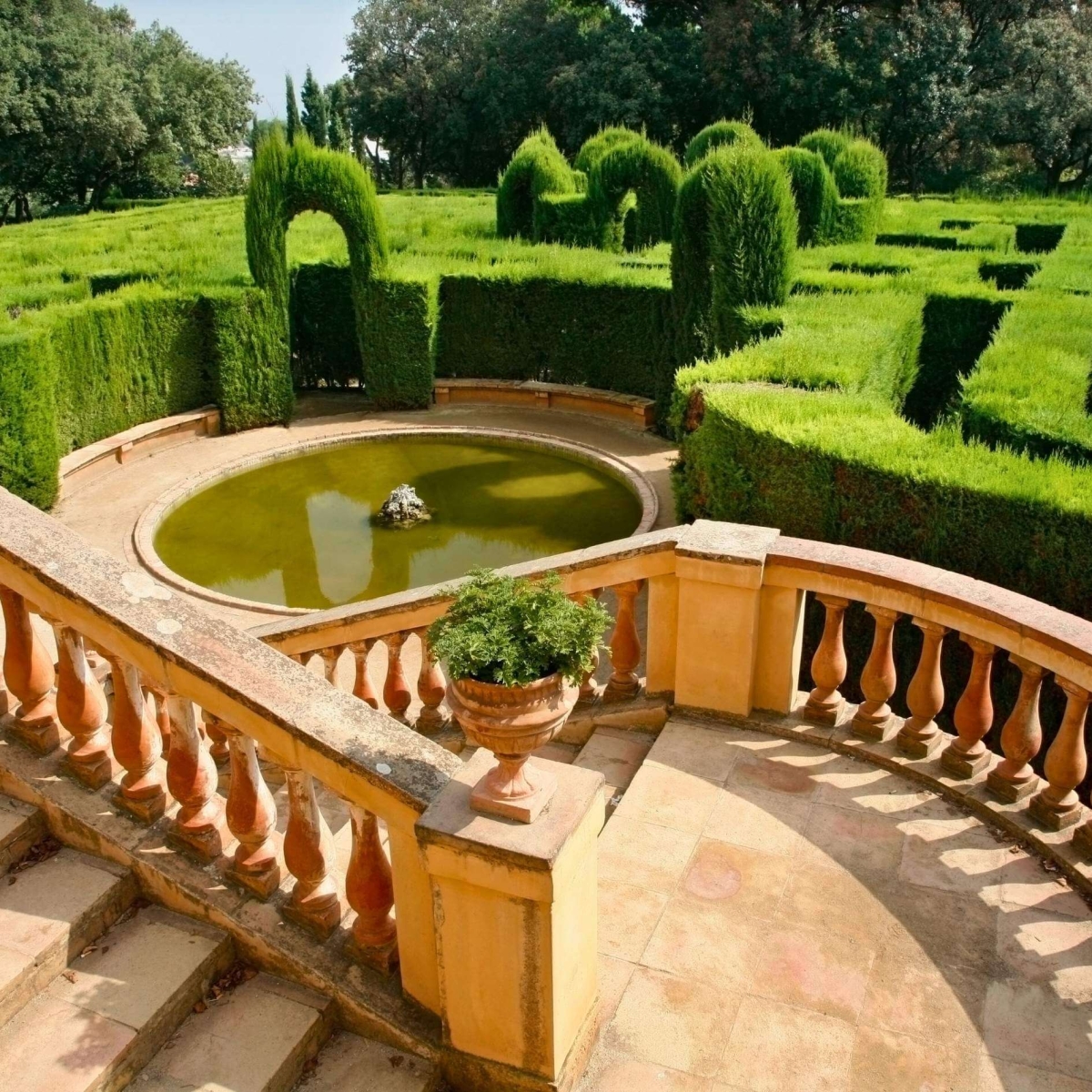
Barcelona baroque labyrinth
El Raval
El Raval is one of Barcelona’s most vibrant and eclectic neighborhoods, located in the Ciutat Vella district, just west of La Rambla. Historically known as a working-class area, El Raval has undergone significant transformation and gentrification over the past few decades, becoming a cultural melting pot that attracts artists, students, and visitors from around the world. The neighborhood is renowned for its lively atmosphere, rich history, diverse population, and a plethora of cultural institutions, making it an essential stop for anyone wanting to experience the authentic spirit of Barcelona.
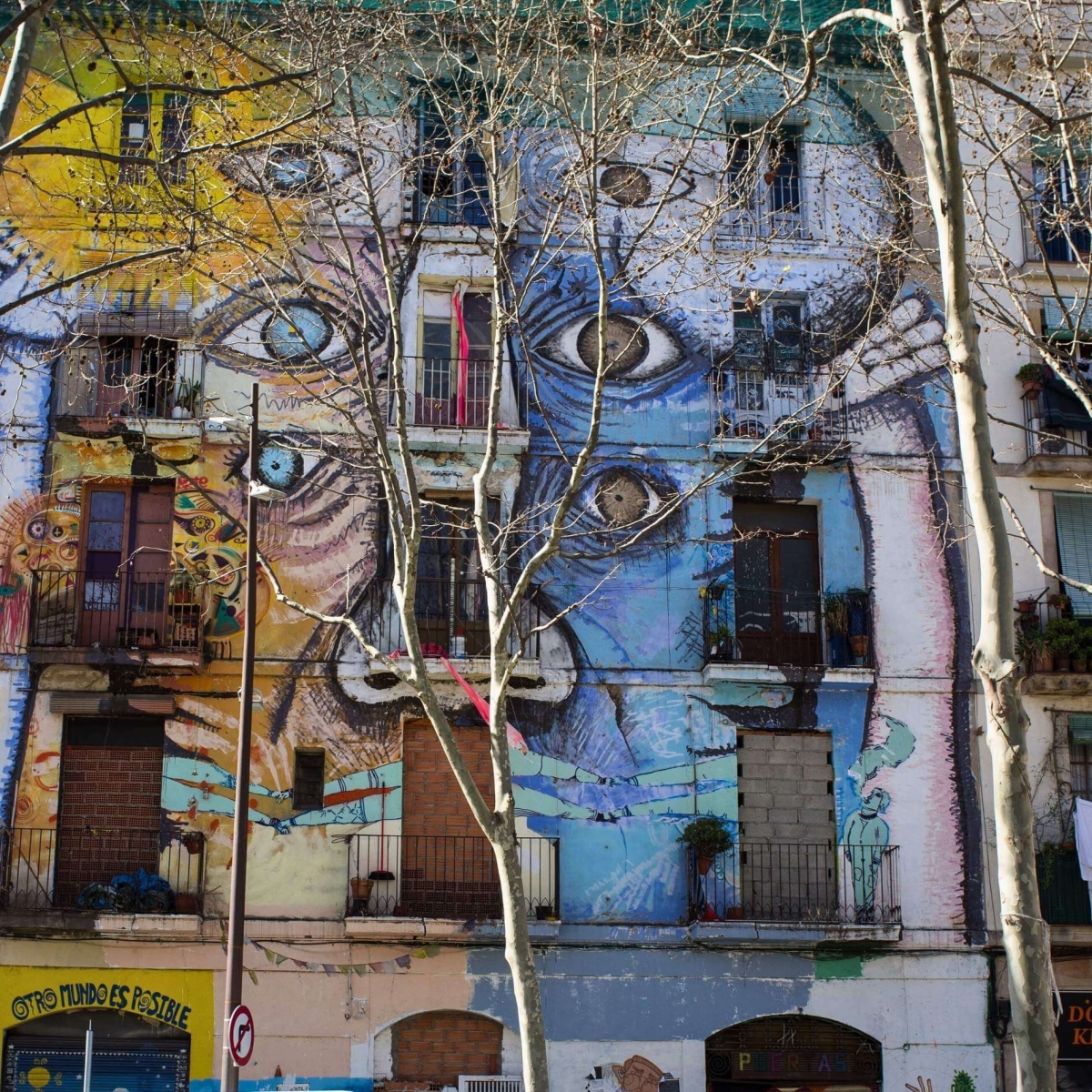
Street art in the El Raval district in Barcelona, Spain
The Giant Cat Statue in Raval, Barcelona, also known as "El Gato de Botero" or "Botero's Cat," is a beloved and iconic sculpture located in the Raval neighborhood of Barcelona. Created by renowned Colombian artist Fernando Botero, the statue is a testament to the neighborhood's vibrant cultural scene and artistic spirit.
Artist: Fernando Botero
Fernando Botero is a celebrated Colombian artist known for his distinctive style characterized by exaggerated proportions and voluminous forms. His sculptures, paintings, and drawings often depict subjects such as animals, people, and everyday objects rendered in a playful and whimsical manner.
Location:
The Giant Cat Statue is situated in the Rambla del Raval, a lively promenade in the heart of the Raval neighborhood. The statue serves as a focal point of the plaza, attracting locals and visitors alike with its imposing presence and charming appeal.
Design:
The sculpture depicts a large cat in Botero's signature style, featuring exaggerated curves and proportions. The cat is depicted in a seated position, with its round form and playful expression adding to its endearing character. The sculpture is made of bronze, giving it a timeless and enduring quality.
Symbolism:
The Giant Cat Statue is more than just a piece of public art; it has become a symbol of the Raval neighborhood's transformation and cultural identity. The cat's presence adds to the vibrancy and charm of the area, serving as a beloved landmark and meeting point for residents and visitors alike.
Cultural Impact:
Since its installation, the Giant Cat Statue has become an iconic symbol of Barcelona's artistic landscape. It has been embraced by locals and has garnered attention from art enthusiasts worldwide. The statue serves as a reminder of the city's commitment to public art and its embrace of cultural diversity.
Tourist Attraction:
The Giant Cat Statue is a popular tourist attraction, drawing visitors who come to admire its unique design and snap photos with the playful feline. The statue's prime location in the Rambla del Raval makes it easily accessible to anyone exploring the neighborhood.
Local Community:
In addition to its appeal to tourists, the Giant Cat Statue holds special significance for the local community. It has become a cherished symbol of neighborhood pride, representing the creativity and vitality of Raval's residents.
Legacy:
The Giant Cat Statue stands as a testament to the power of public art to enrich urban environments and foster a sense of community. Its enduring popularity serves as a reminder of the importance of investing in cultural initiatives that contribute to the social and economic well-being of neighborhoods like Raval.
The Giant Cat Statue in Raval, Barcelona, is a beloved symbol of the neighborhood's artistic spirit and cultural heritage. Designed by renowned artist Fernando Botero, the statue's whimsical charm and enduring appeal make it a must-see attraction for visitors exploring the vibrant streets of Barcelona's Raval district.
Historical Significance
El Raval's history dates back to the medieval period when it was situated outside the original city walls of Barcelona. Over the centuries, it evolved into a densely populated area with a mix of residential buildings, factories, and convents. By the late 19th and early 20th centuries, El Raval had become a notorious neighborhood known for its nightlife, brothels, and the famous cabaret El Molino. The area’s historical evolution is reflected in its architecture and street layout, which tell stories of its diverse and sometimes tumultuous past.
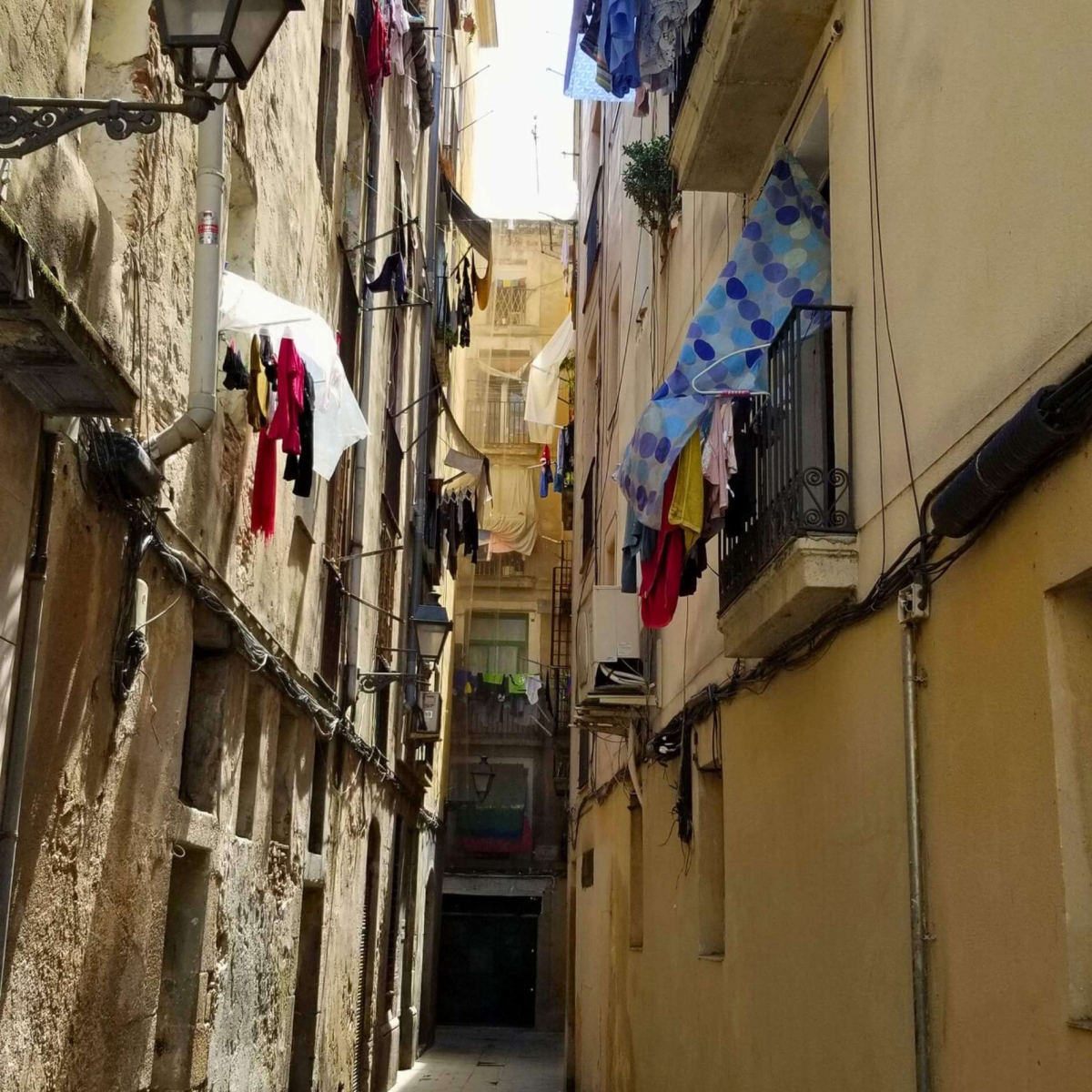
A narrow street in Barcelona, porches with laundry drying
Cultural Highlights
Landmarks and Attractions
- MACBA (Museu d'Art Contemporani de Barcelona): This striking white building, designed by American architect Richard Meier, is the focal point for contemporary art in Barcelona. MACBA hosts an impressive collection of works from the mid-20th century to the present and is known for its rotating exhibitions and cultural events.
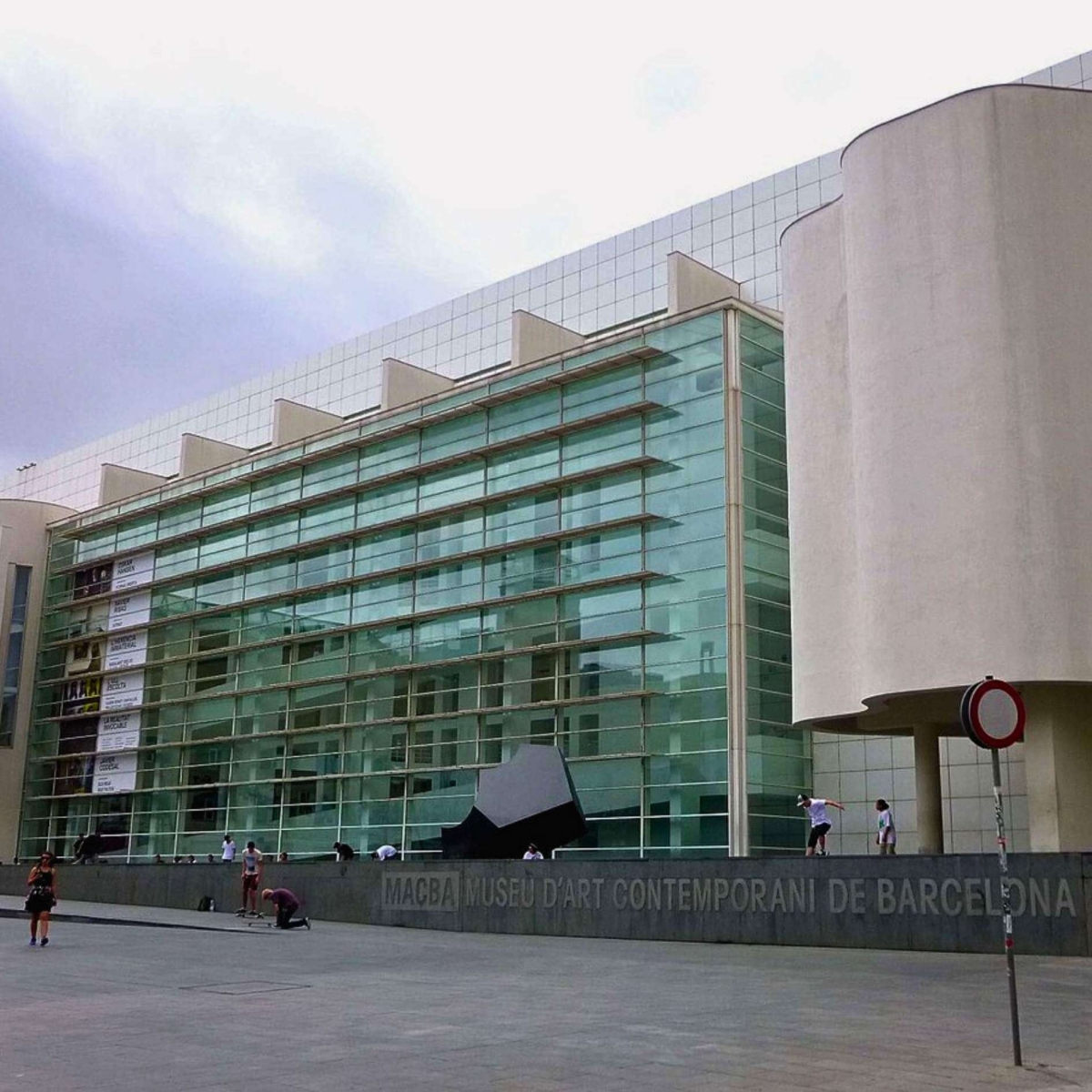
Museu d'Art Contemporani de Barcelona
- CCCB (Centre de Cultura Contemporània de Barcelona): Located near MACBA, CCCB is a cultural and exhibition center that focuses on urban culture and contemporary arts. The center hosts exhibitions, debates, festivals, and film screenings, making it a hub for intellectual and cultural discourse.
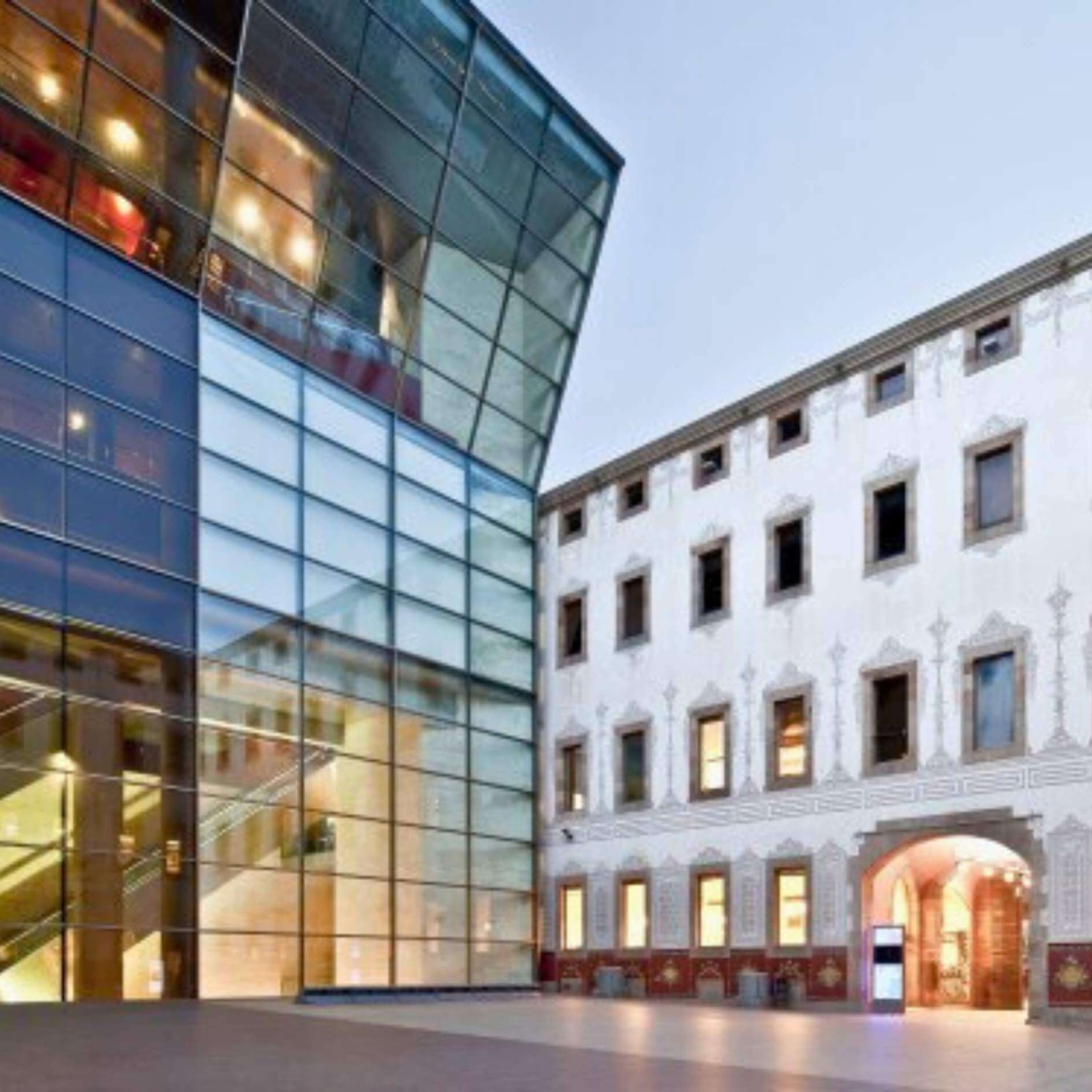
Centre de Cultura Contemporània de Barcelona - CCCB
- Palau Güell: Designed by Antoni Gaudí, this opulent mansion showcases the famous architect's early work. The building features Gaudí’s distinctive style, with ornate ironwork, intricate wood carvings, and a stunning rooftop terrace.
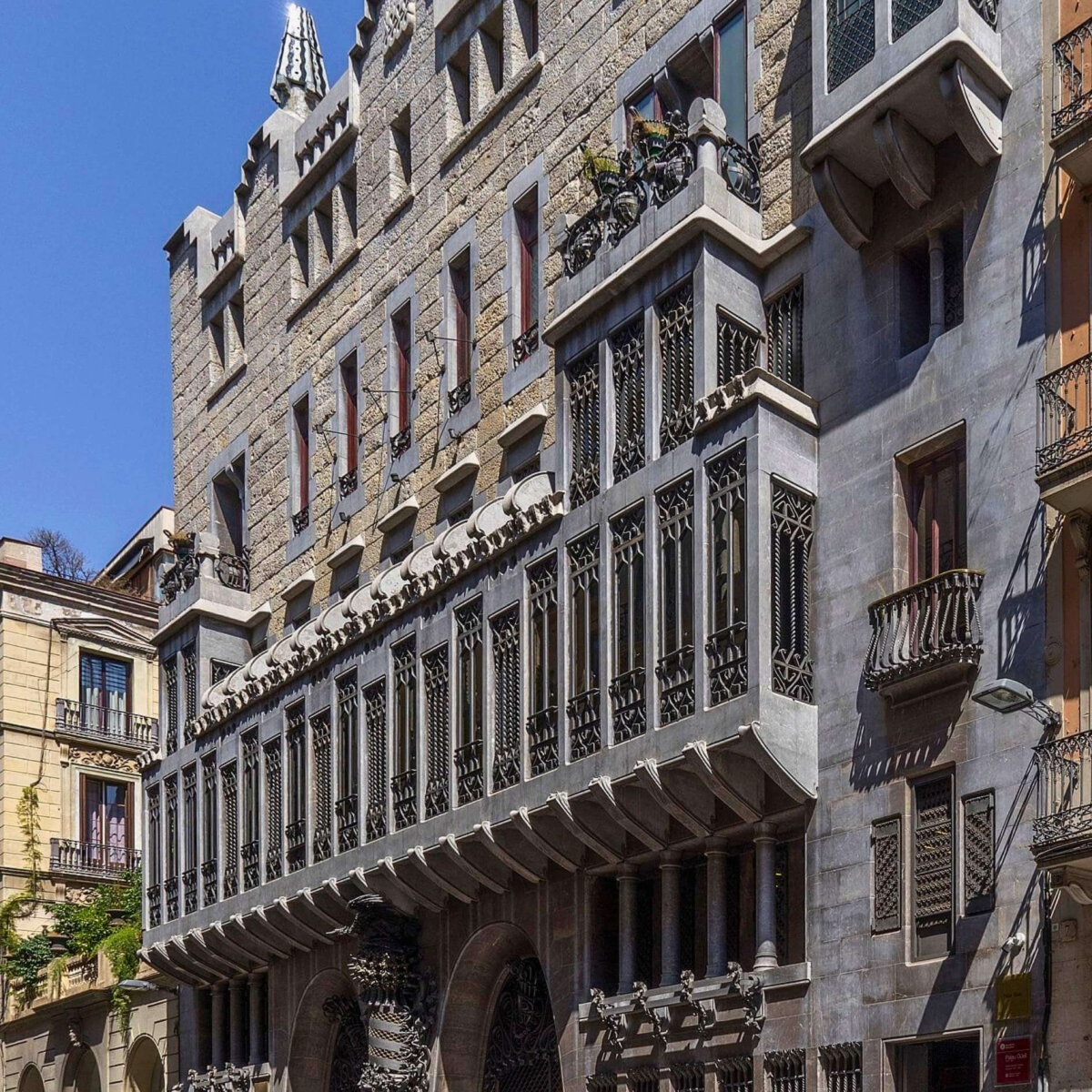
Palau Güell
- La Boqueria Market: While technically bordering El Raval, this iconic market is a must-visit for its vibrant atmosphere and wide array of fresh produce, meats, seafood, and Catalan delicacies. It’s a great place to sample local foods and immerse yourself in the lively market culture.
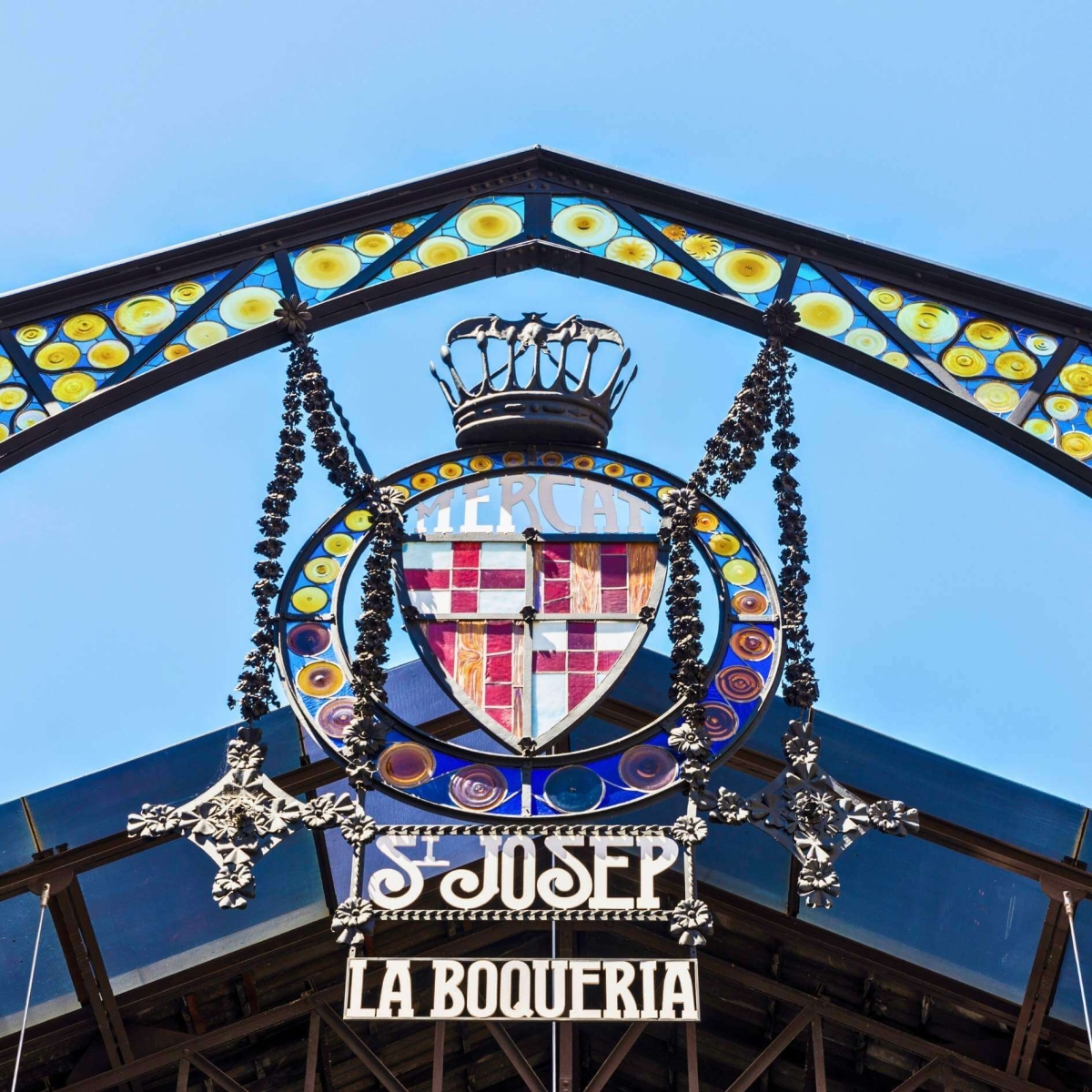
La Boqueria Market
- El Molino: Known as Barcelona’s Moulin Rouge, El Molino is a historic cabaret venue that has been entertaining visitors since the late 19th century. It offers a range of performances, from burlesque shows to modern music acts.
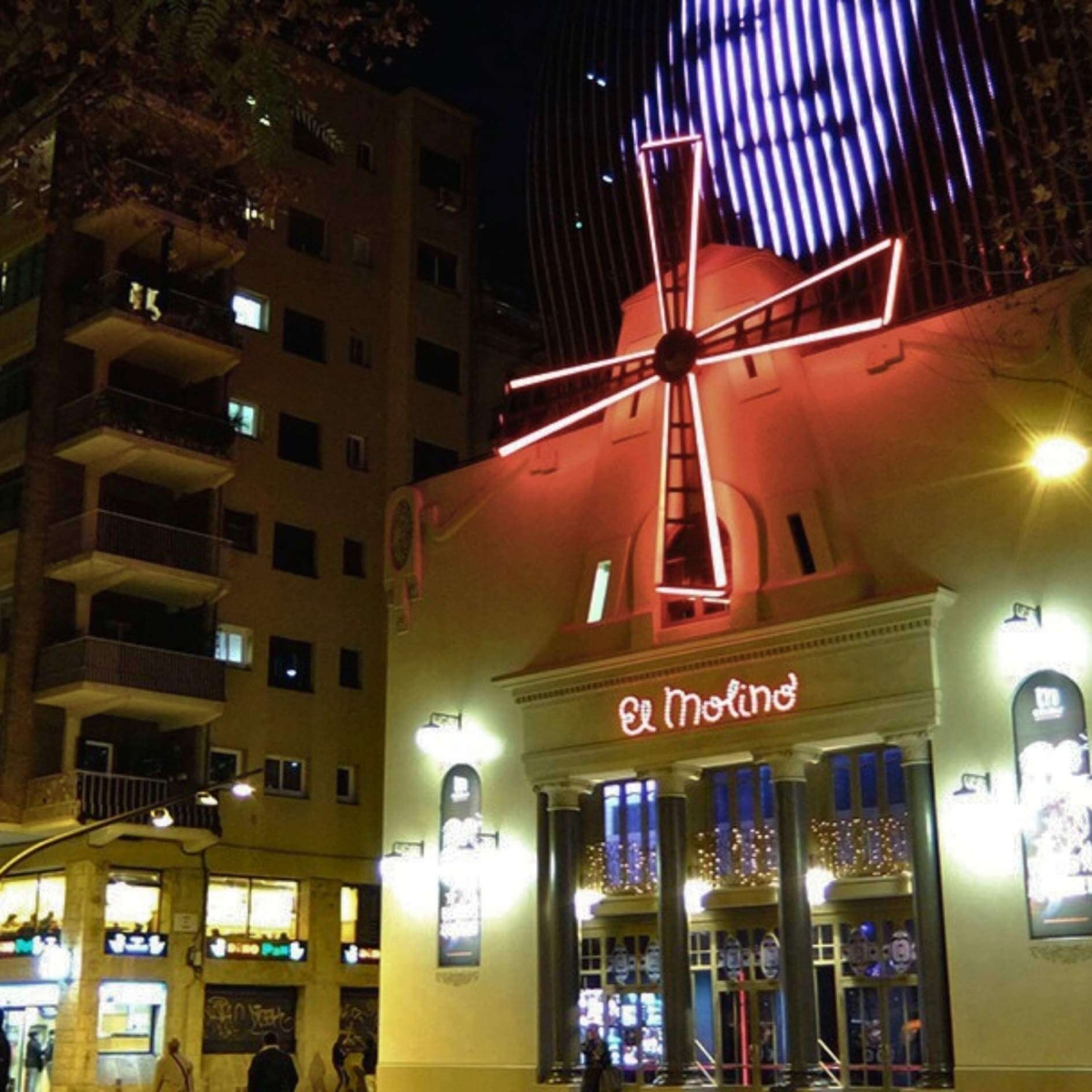
El Molino cabaret in Barcelona
Street Art and Culture
El Raval is a canvas for street artists, with murals, graffiti, and urban art installations adorning many of its buildings. Walking through the neighborhood, you'll encounter works by both local and international artists, adding to the area’s dynamic and ever-changing character.
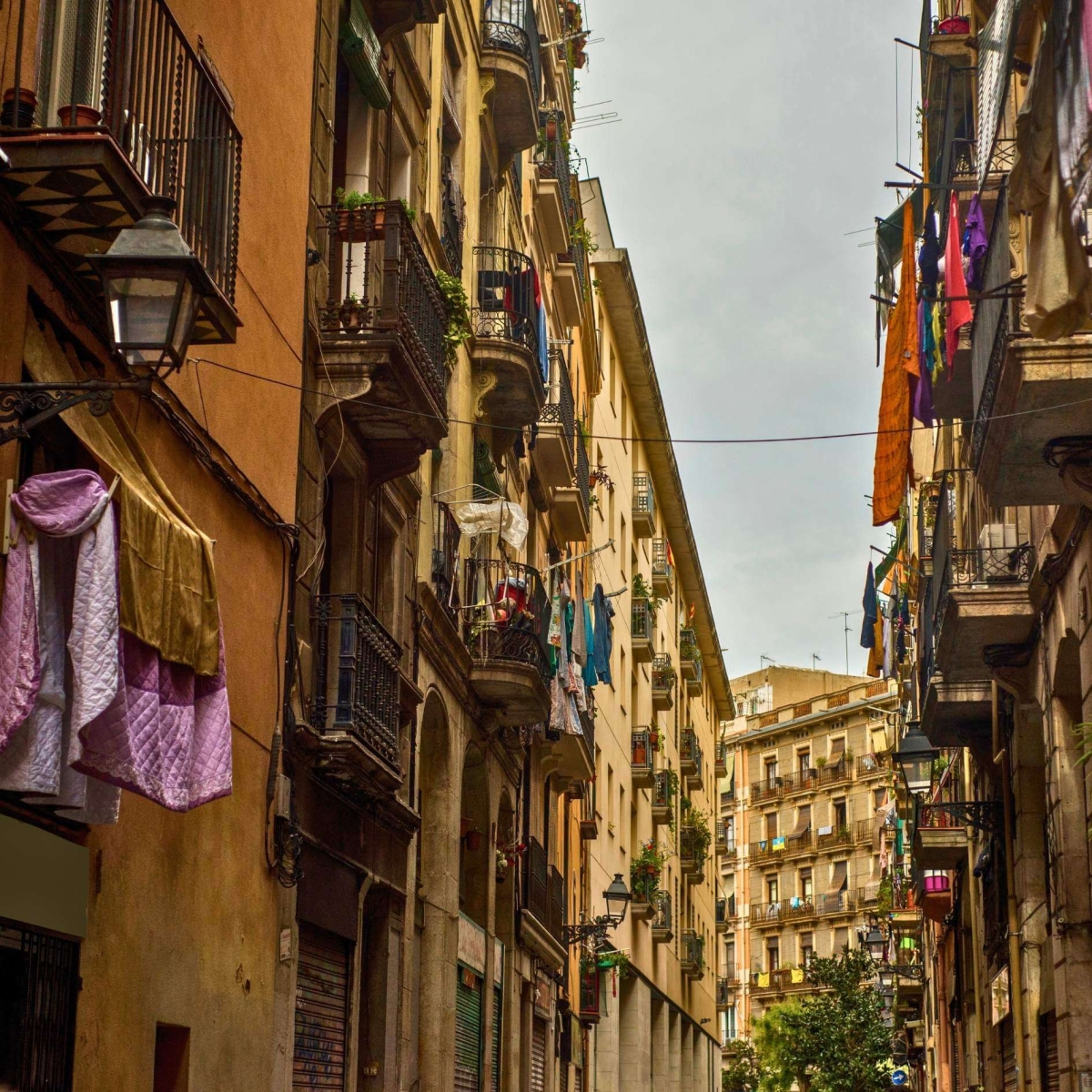
El Raval District, Barcelona
Diverse Dining Scene
El Raval’s diverse population is reflected in its eclectic culinary offerings. The neighborhood is home to a multitude of eateries serving cuisines from around the world, including Indian, Middle Eastern, Pakistani, and Latin American. Highlights include:
- Bar Marsella: One of Barcelona’s oldest bars, Bar Marsella is famous for its absinthe and bohemian atmosphere. It has been a favorite haunt of artists and writers since it opened in 1820.
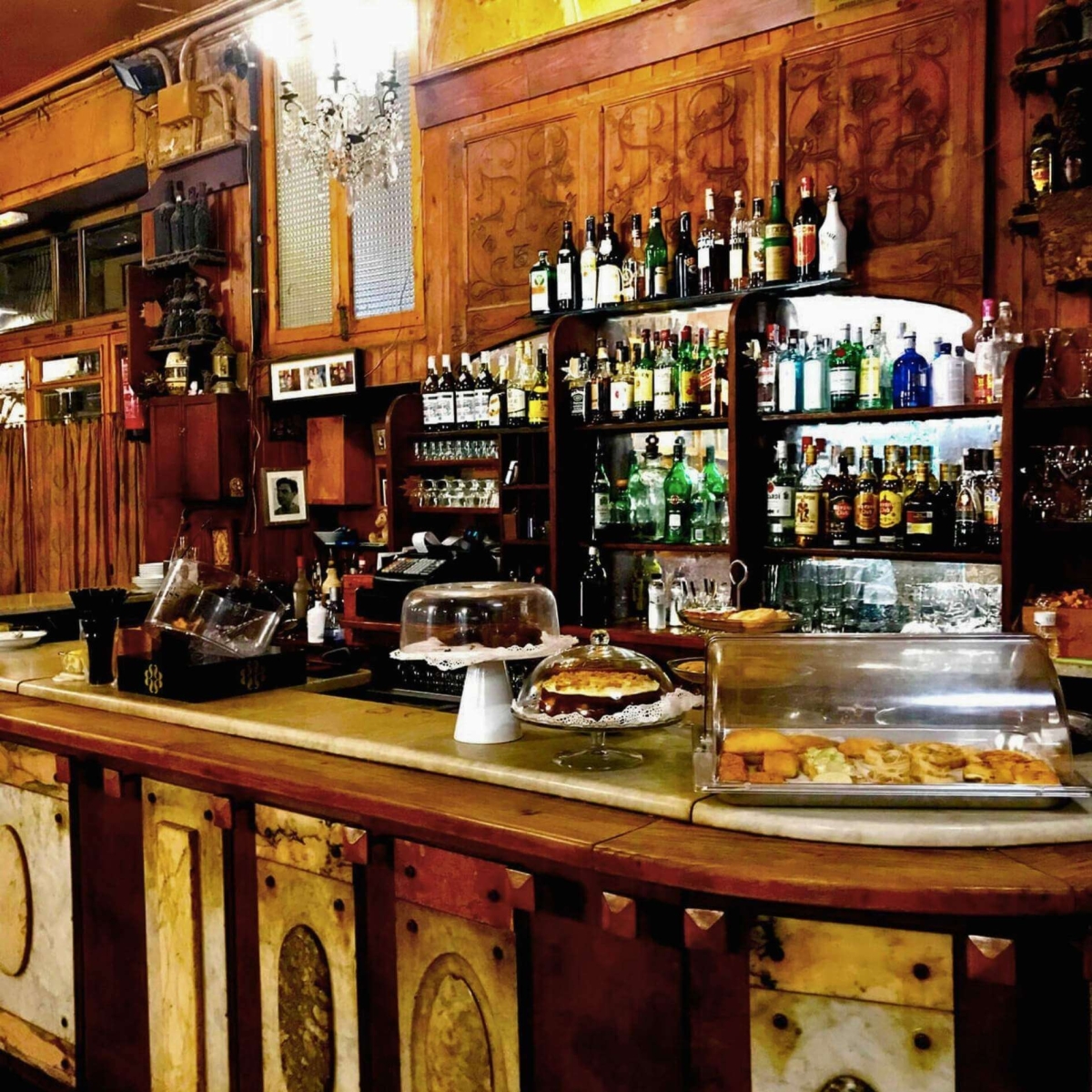
Bar Marsella in Barcelona
- Restaurant Dos Palillos: A Michelin-starred restaurant offering a unique fusion of Spanish and Asian flavors.
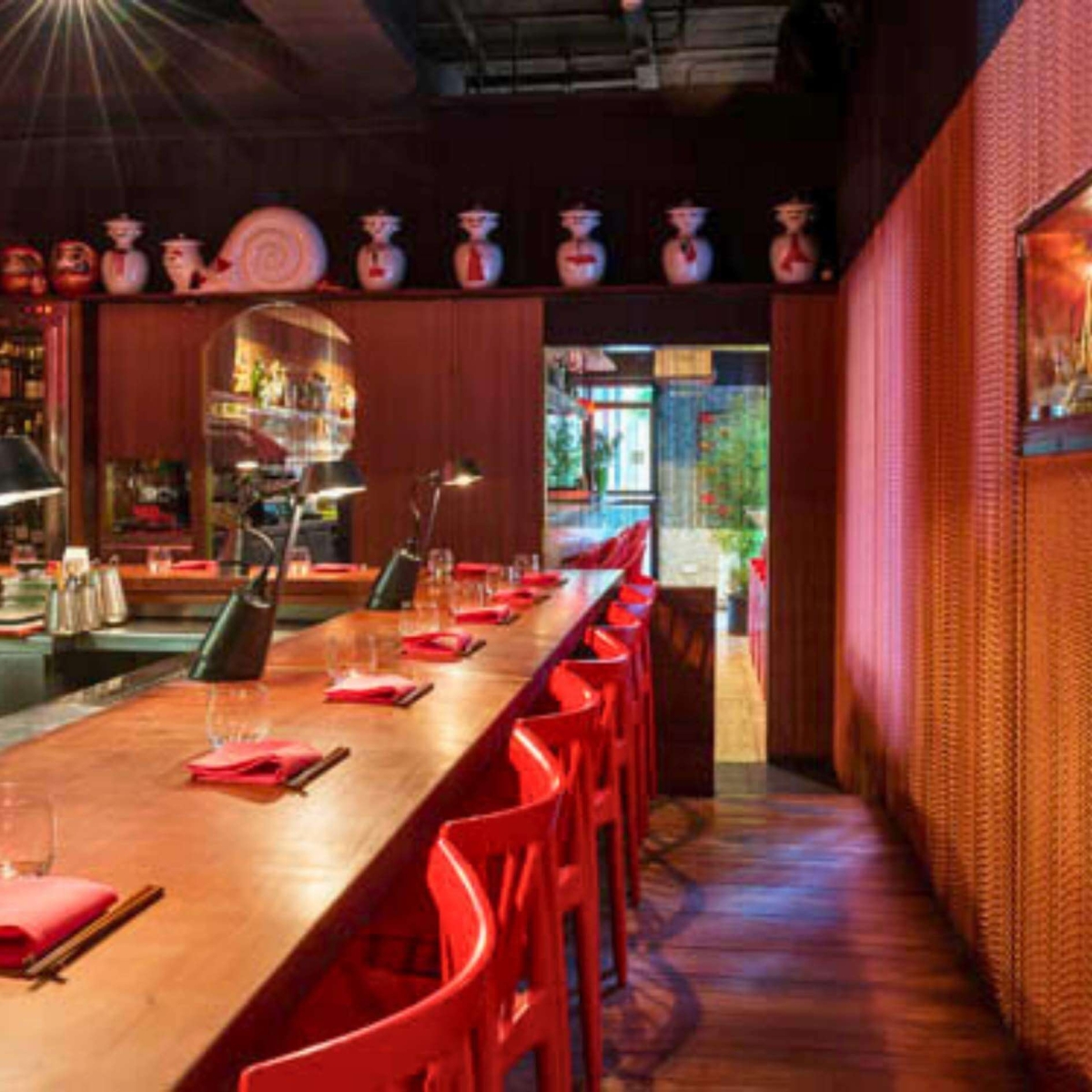
Restaurant Dos Palillos
- La Monroe: Located within the Filmoteca de Catalunya, this trendy spot offers delicious tapas and a great ambiance.
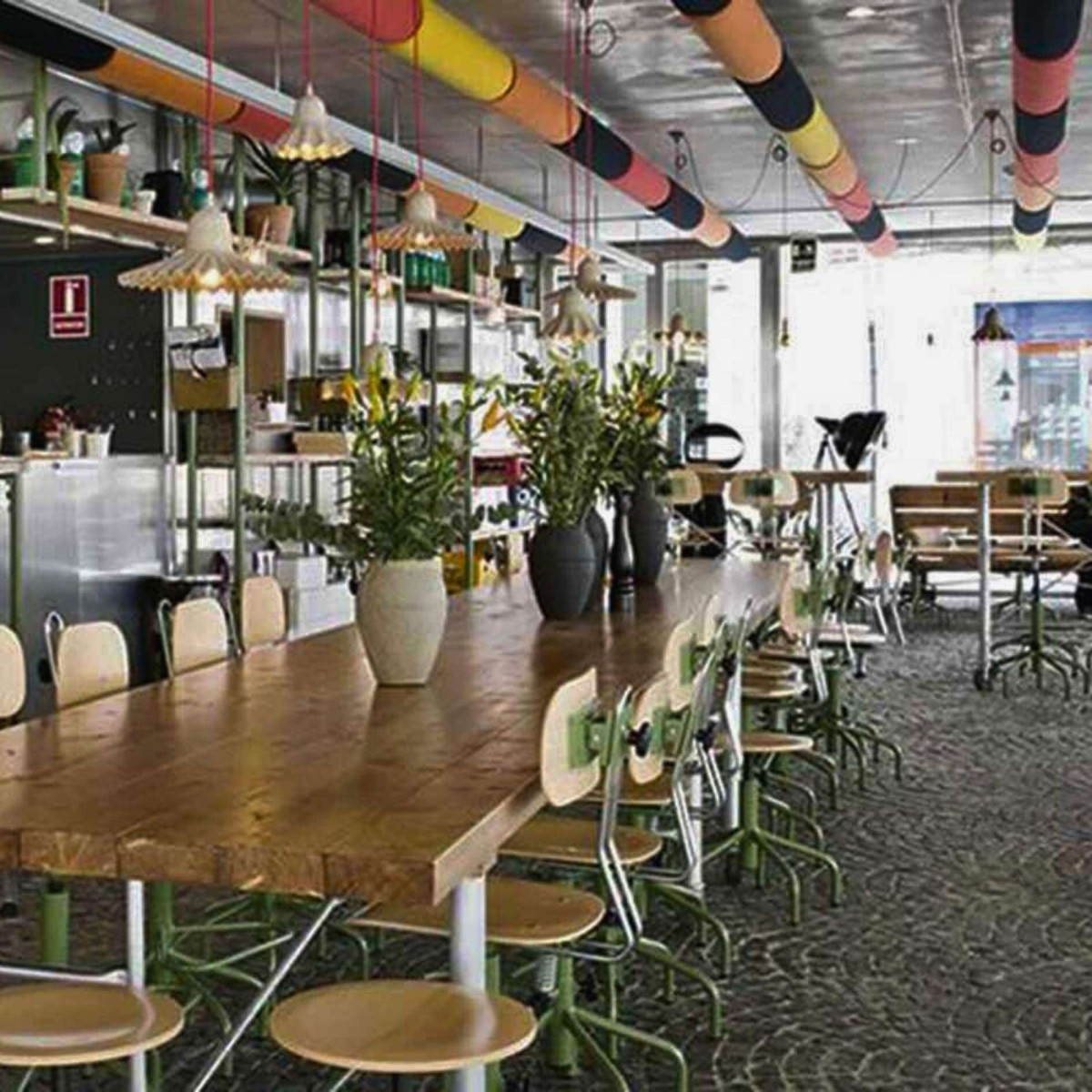
La Monroe
Nightlife
El Raval comes alive at night with its numerous bars, clubs, and music venues. From cozy, dimly lit bars to lively dance clubs, there’s something for everyone. Popular nightlife spots include:
- Apolo: A legendary nightclub that hosts a variety of music events, from electronic to indie rock.
- Ocaña: A vibrant bar and club located at Plaça Reial, known for its cocktails and lively atmosphere.
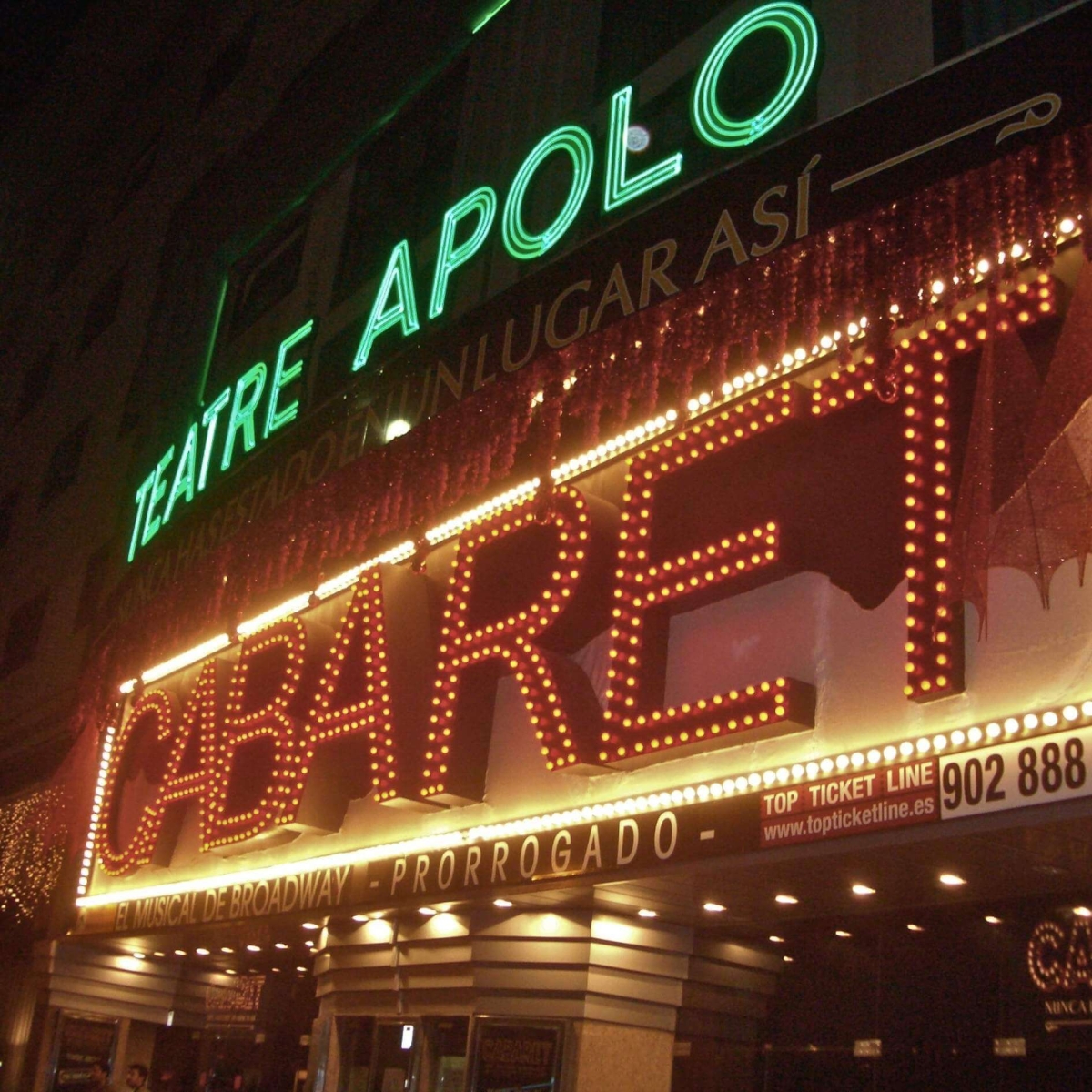
Apolo Theatre
El Raval Exploration Tips
- Walking Tours: Consider joining a walking tour to gain deeper insights into El Raval's history, culture, and hidden gems. Local guides can provide valuable context and interesting anecdotes about the neighborhood.
- Safety: Like any urban area, it’s wise to stay aware of your surroundings, especially at night. While El Raval is generally safe, it’s best to stay in well-lit areas and be mindful of your belongings.
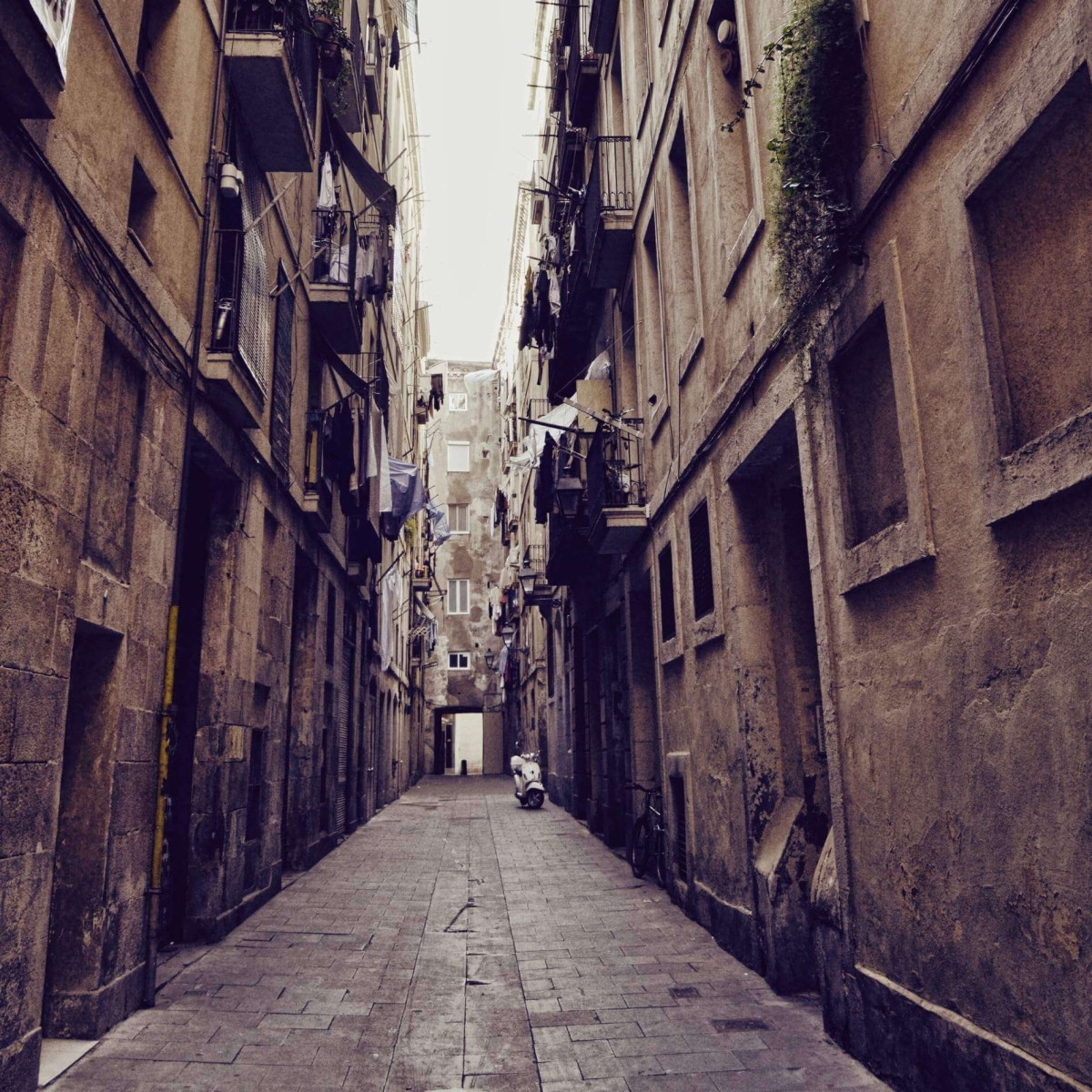
Along the narrow, tiny streets of Raval
El Raval is a neighborhood that captures the essence of Barcelona’s diversity and creativity. With its rich history, vibrant cultural scene, and eclectic mix of residents, it offers an authentic and immersive experience for visitors. Whether you’re exploring contemporary art at MACBA, savoring global cuisines, or enjoying the lively nightlife, El Raval promises an unforgettable adventure in one of Barcelona’s most dynamic areas.
Barcelona is a city that effortlessly combines the best of both worlds: beautiful beaches for relaxation and a vibrant cityscape for exploration. Whether you’re soaking up the sun at Barceloneta Beach, marveling at Gaudí’s masterpieces, or uncovering the hidden gems of the city with a local tour guide, Barcelona promises a memorable experience for every traveler. Plan your next adventure with PRIVATE GUIDE WORLD and discover the magic of Barcelona for yourself.
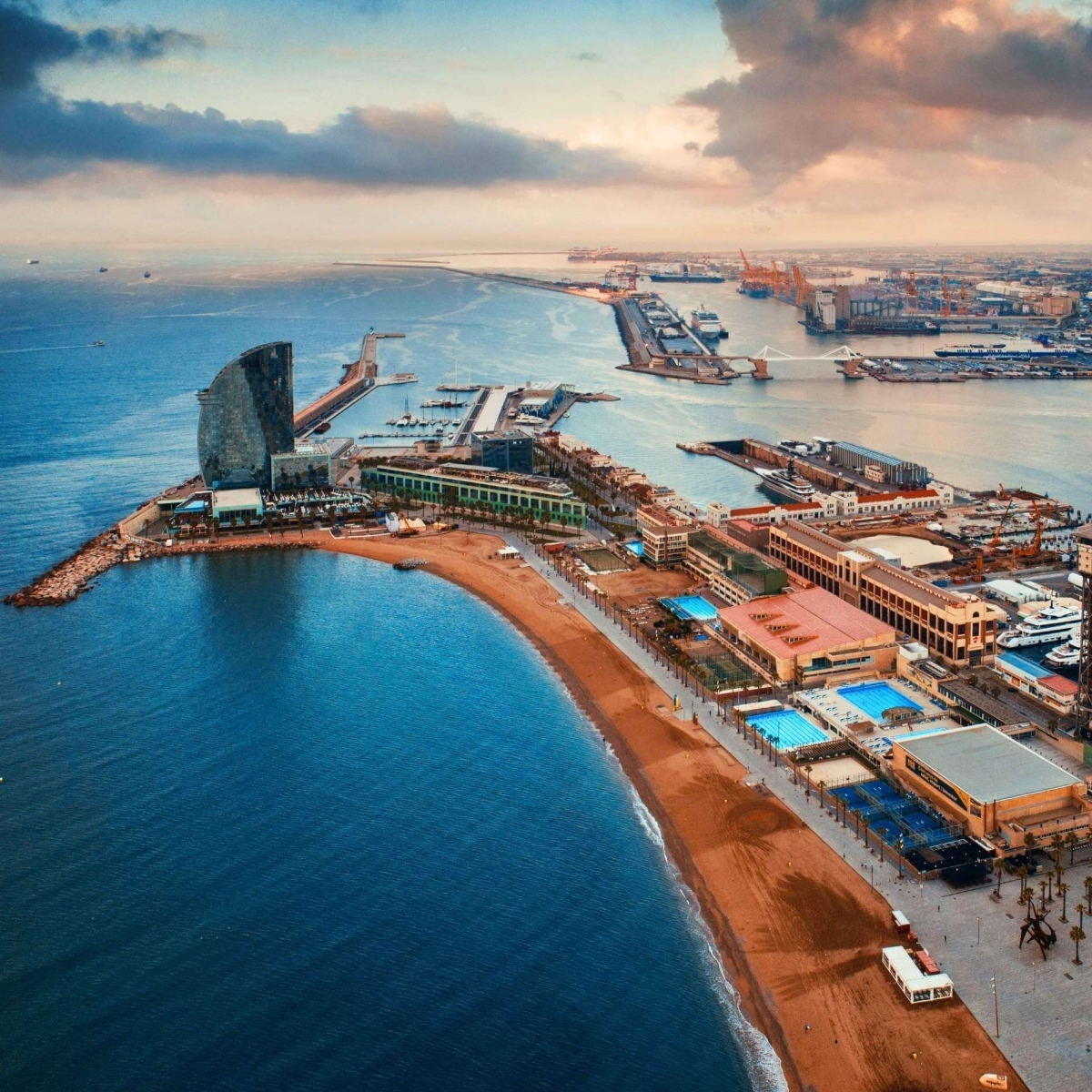
Port, beach, and Barcelona
Read our previous article - Navigating the Waters: A Guide to Fishing Adventures with Private Tour Guides
Read our next article - For whom will the work of a local tour guide be an occupation for the soul?









